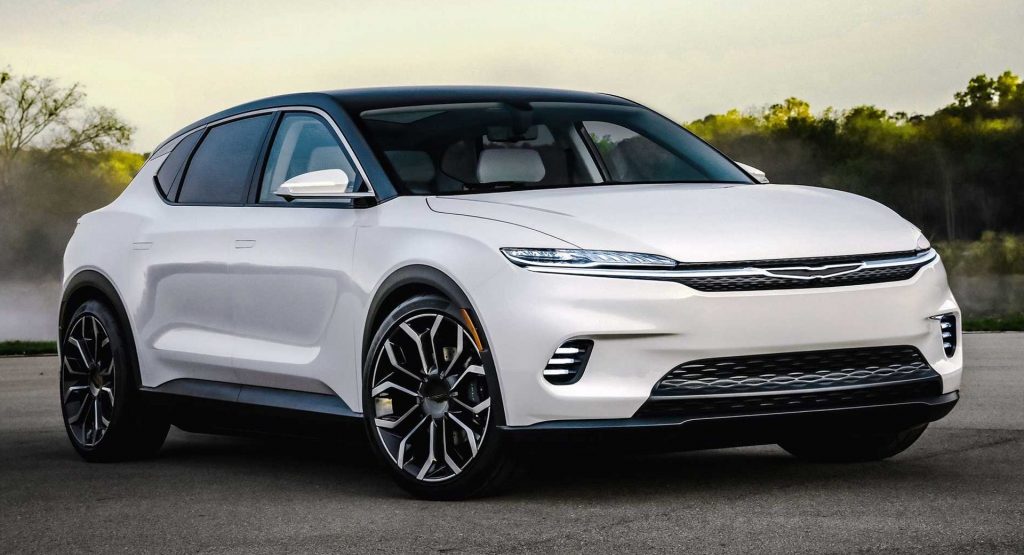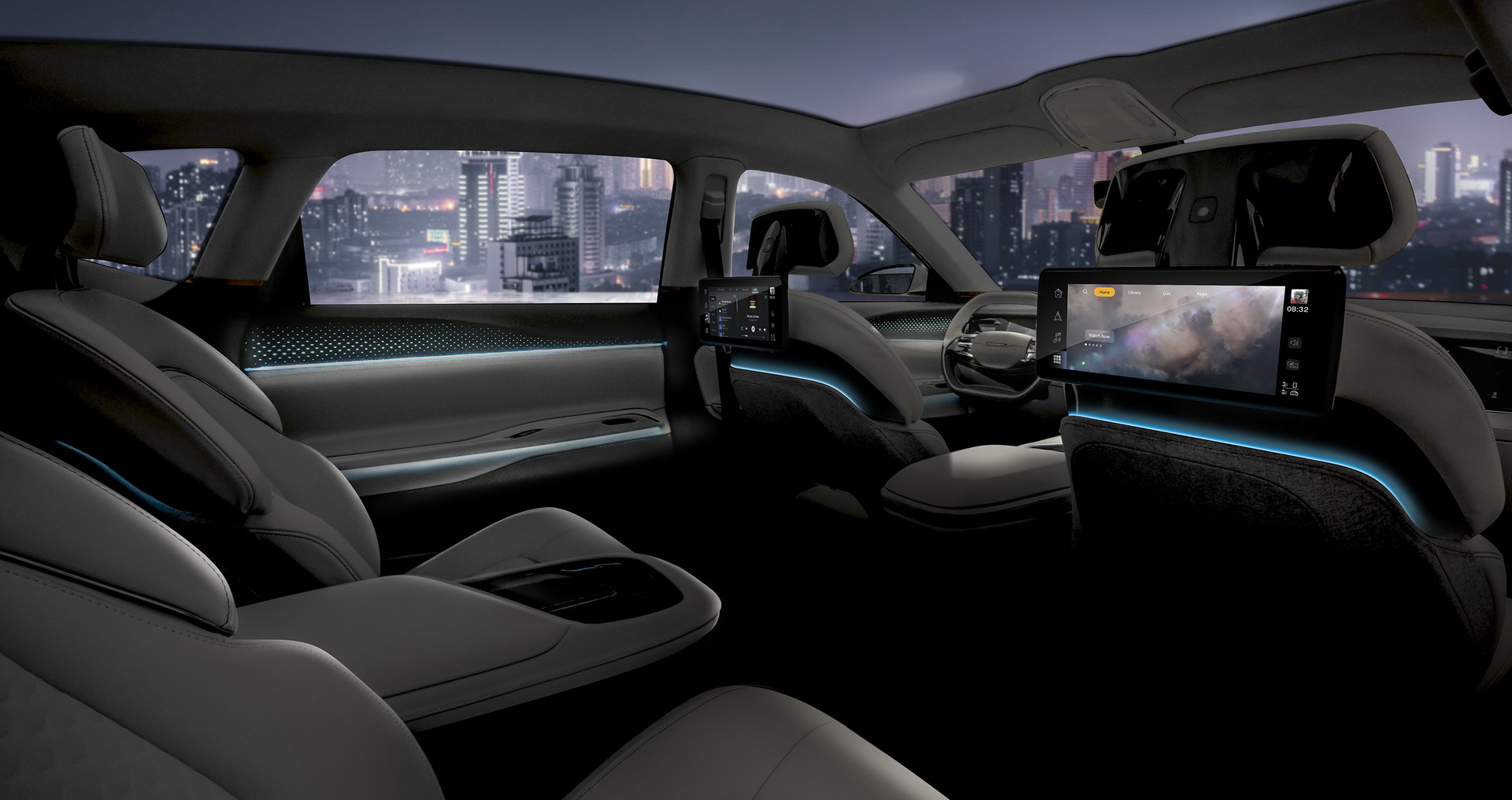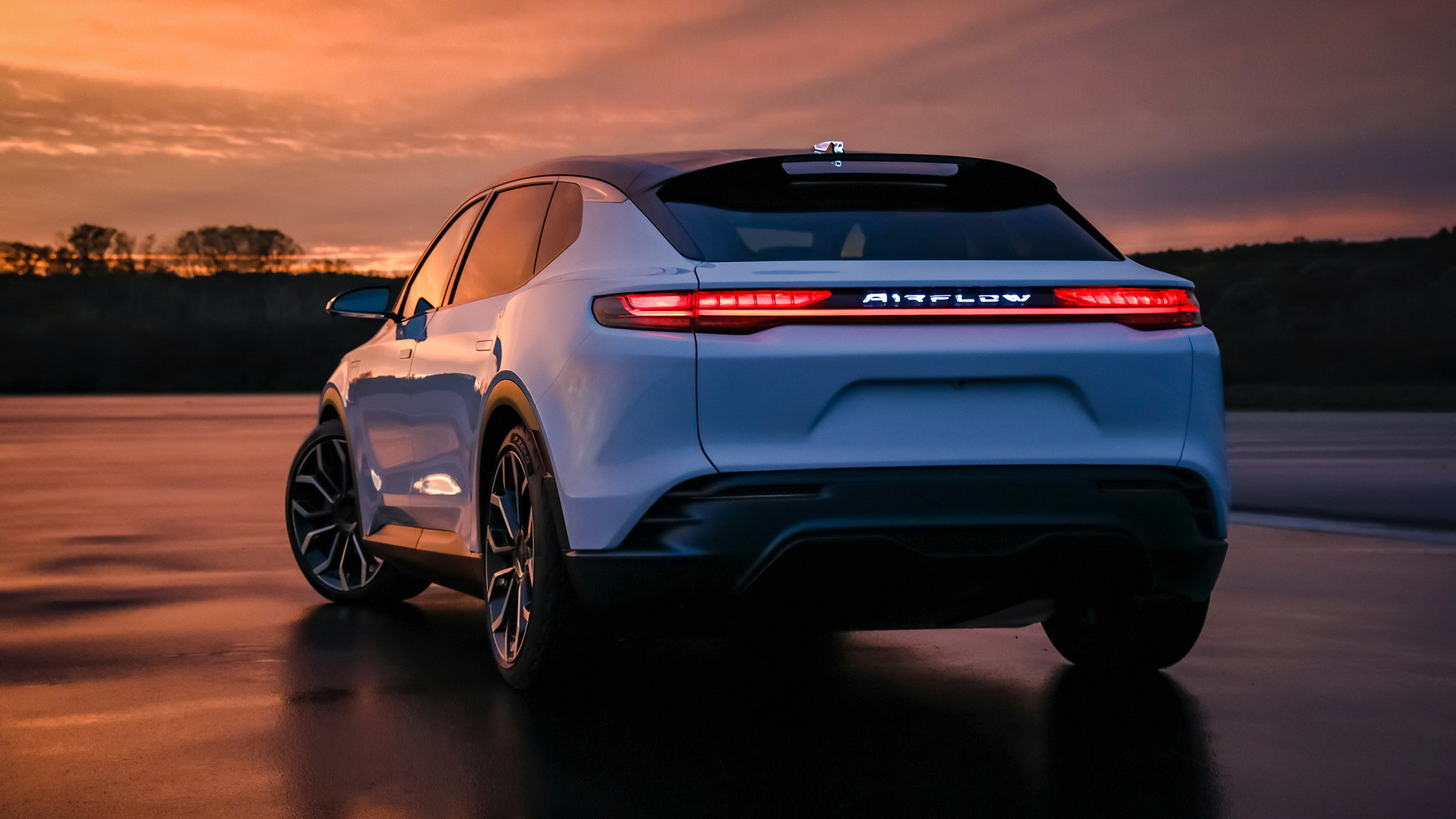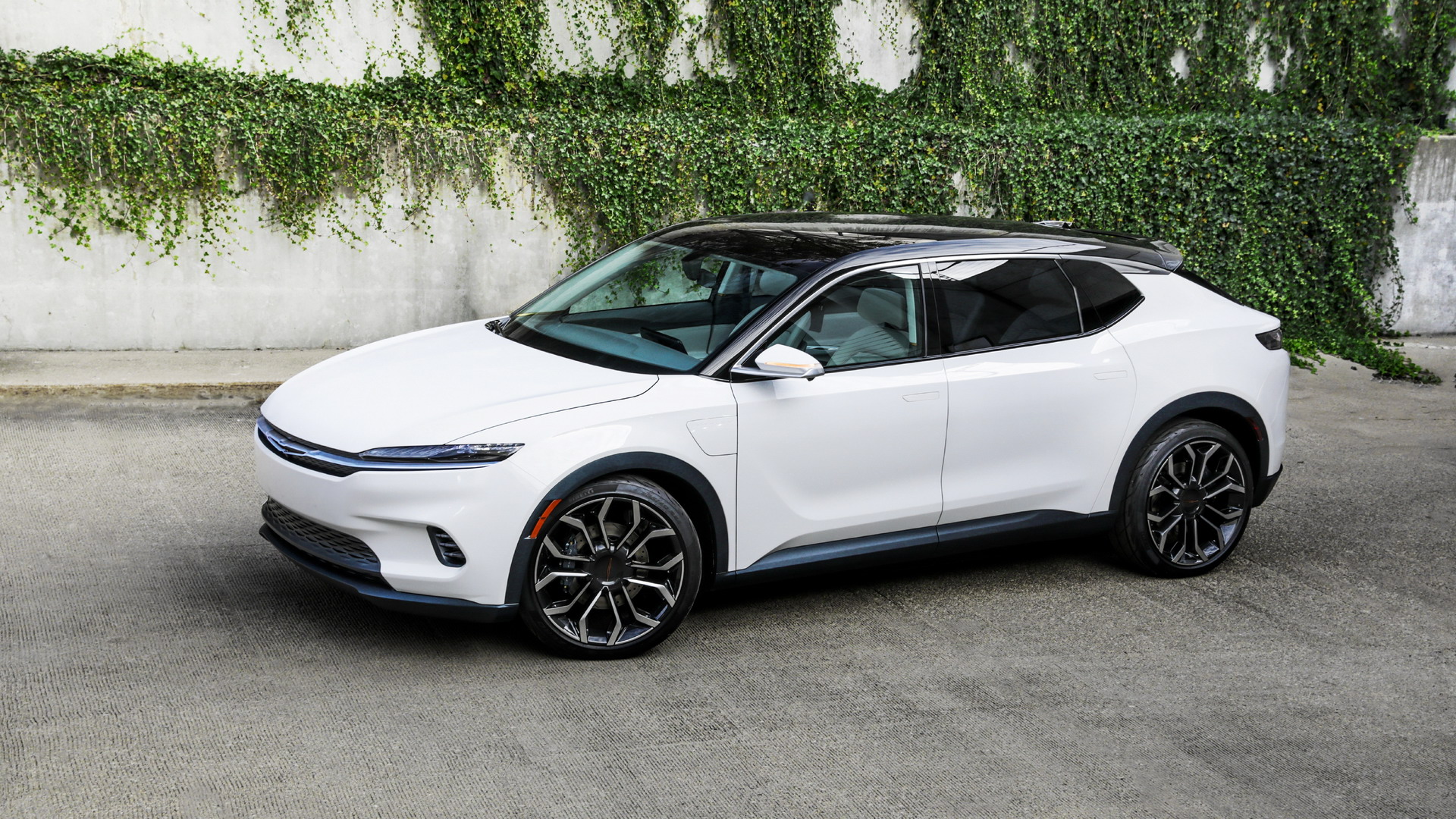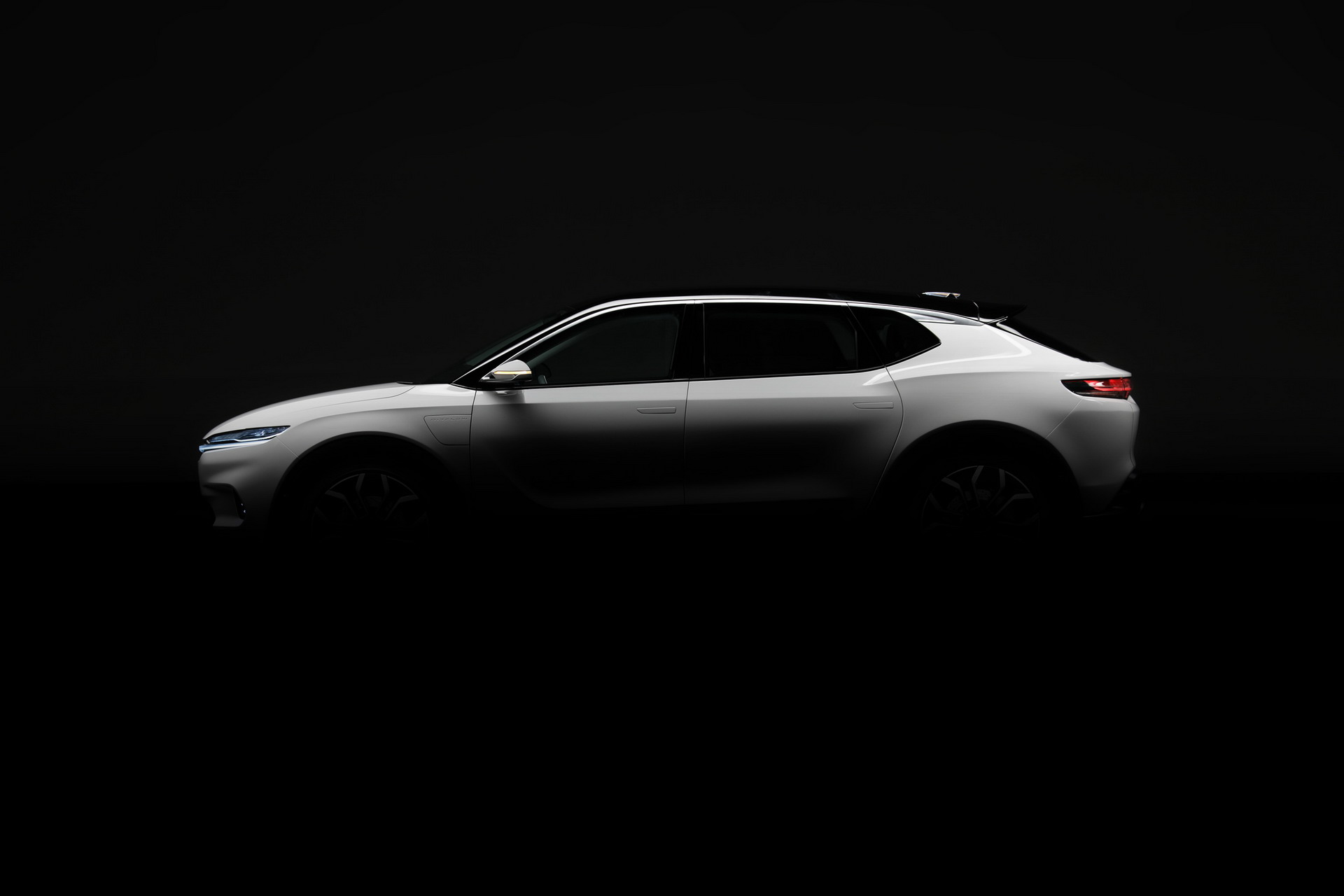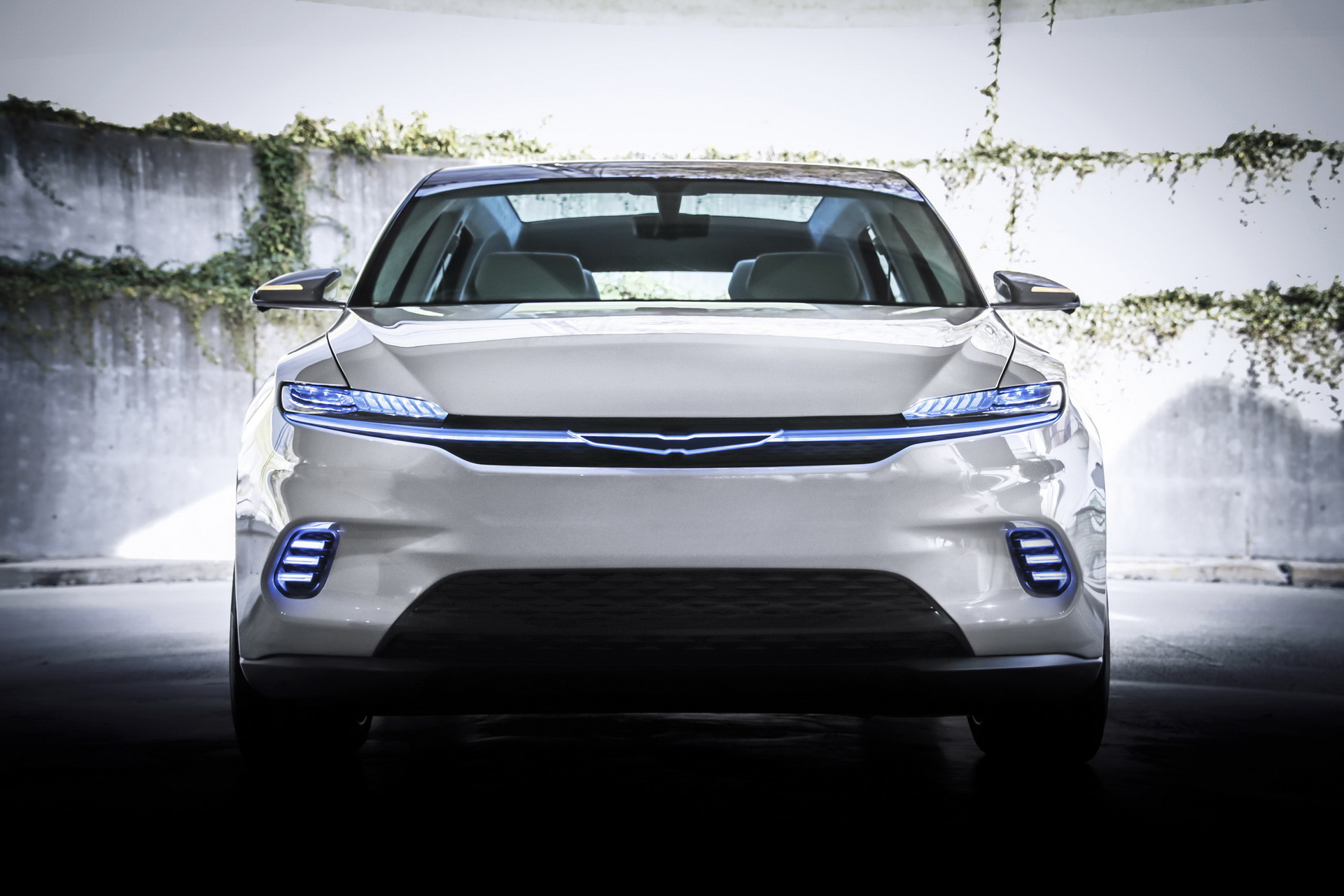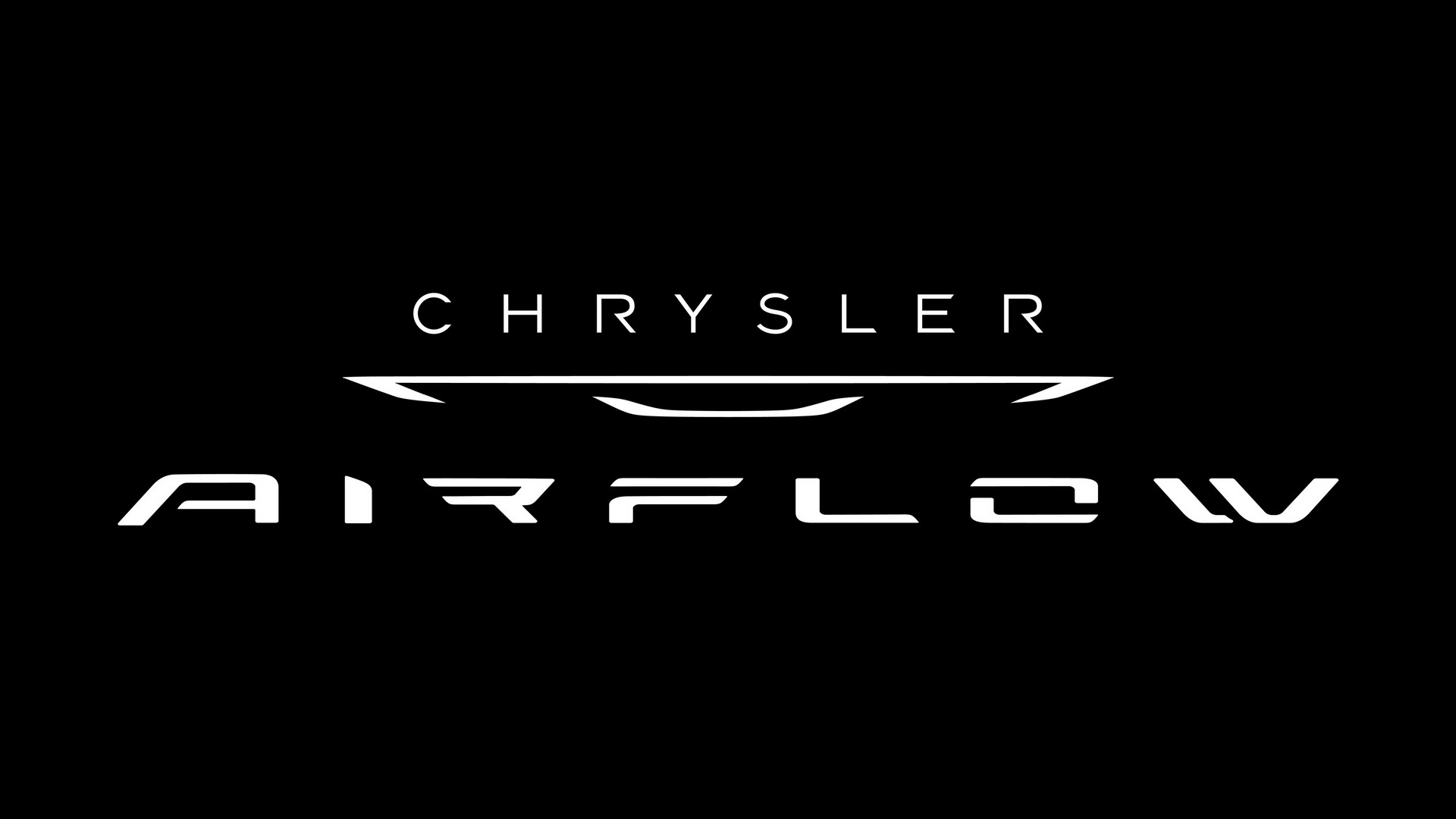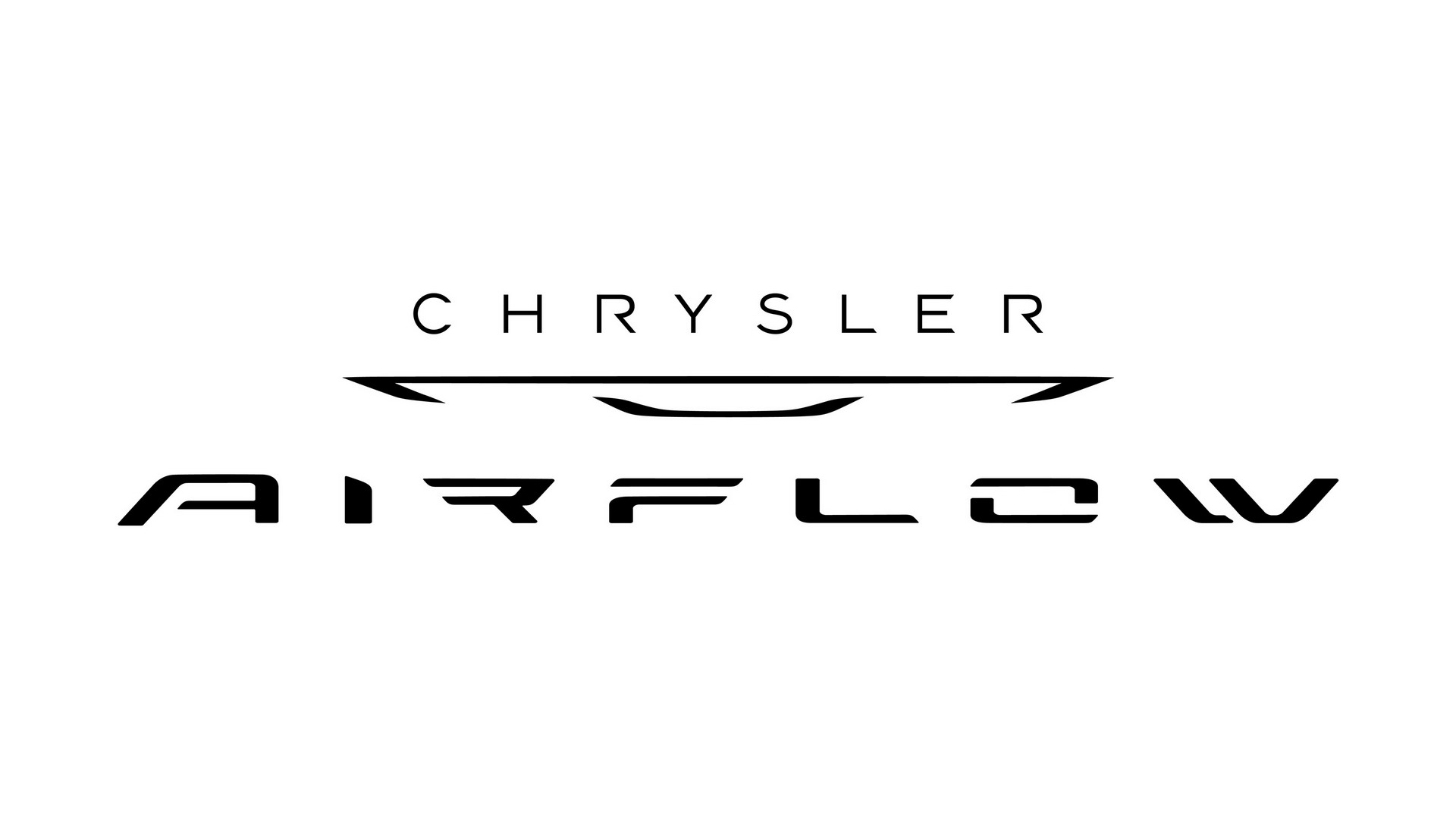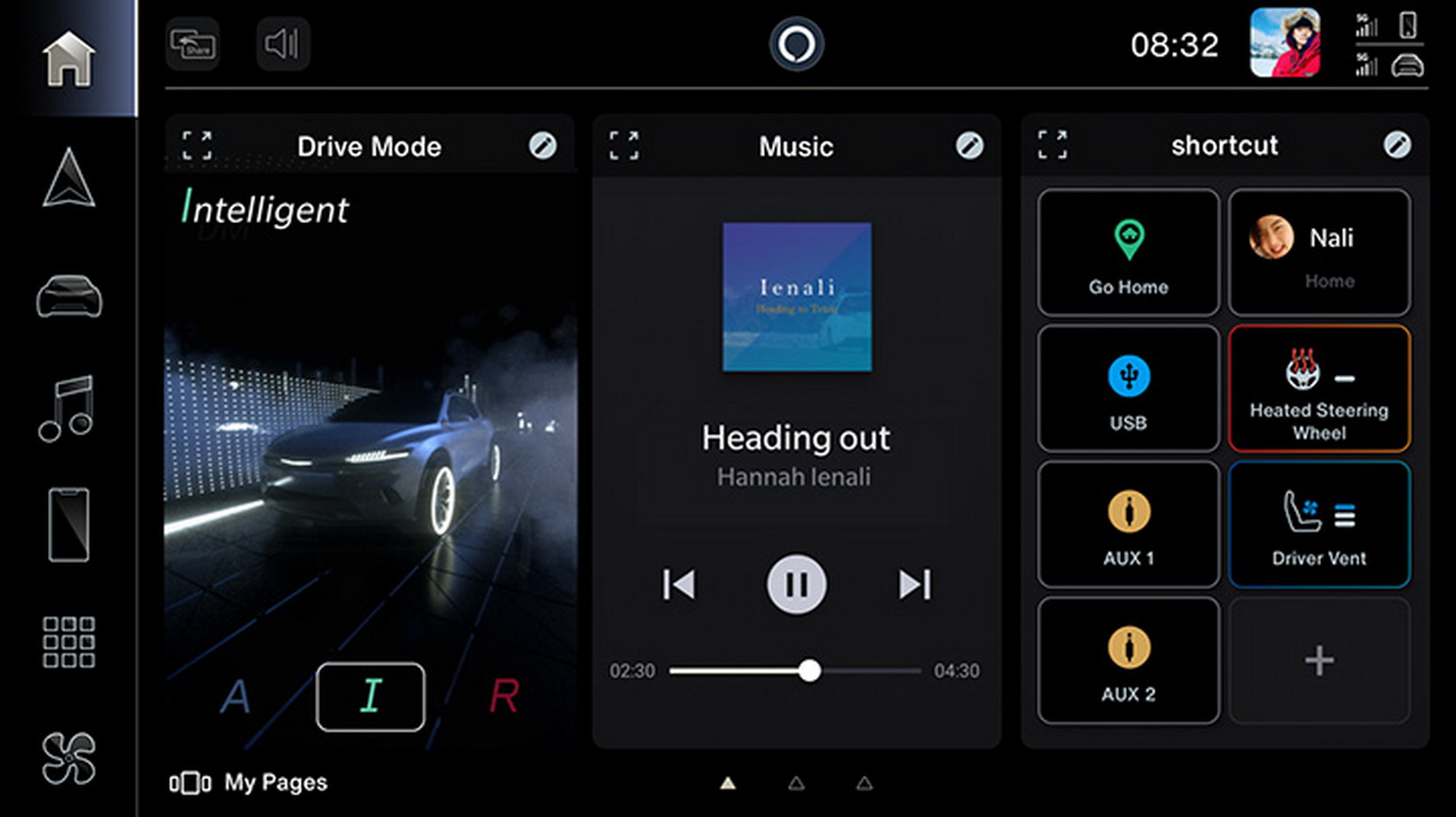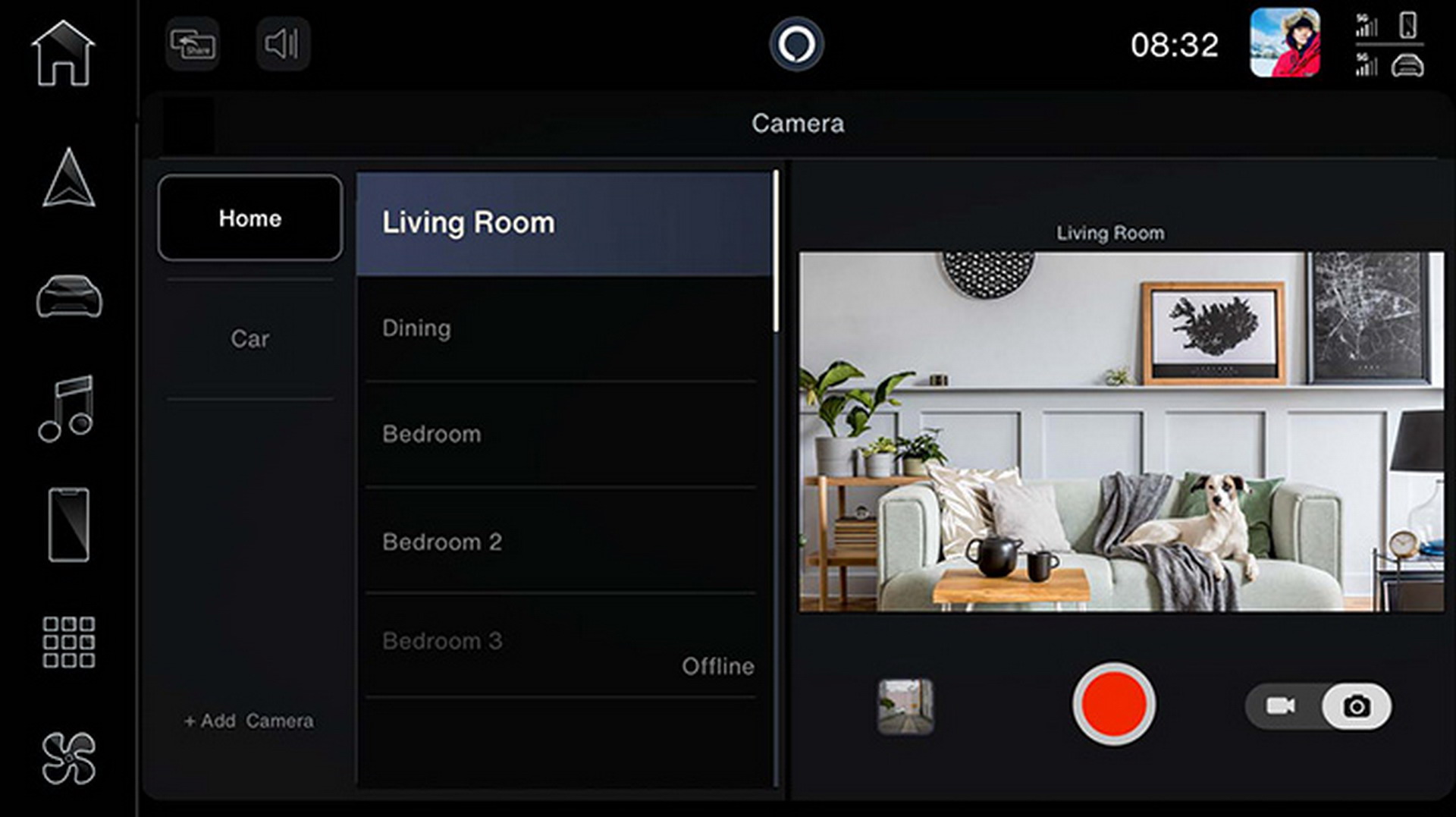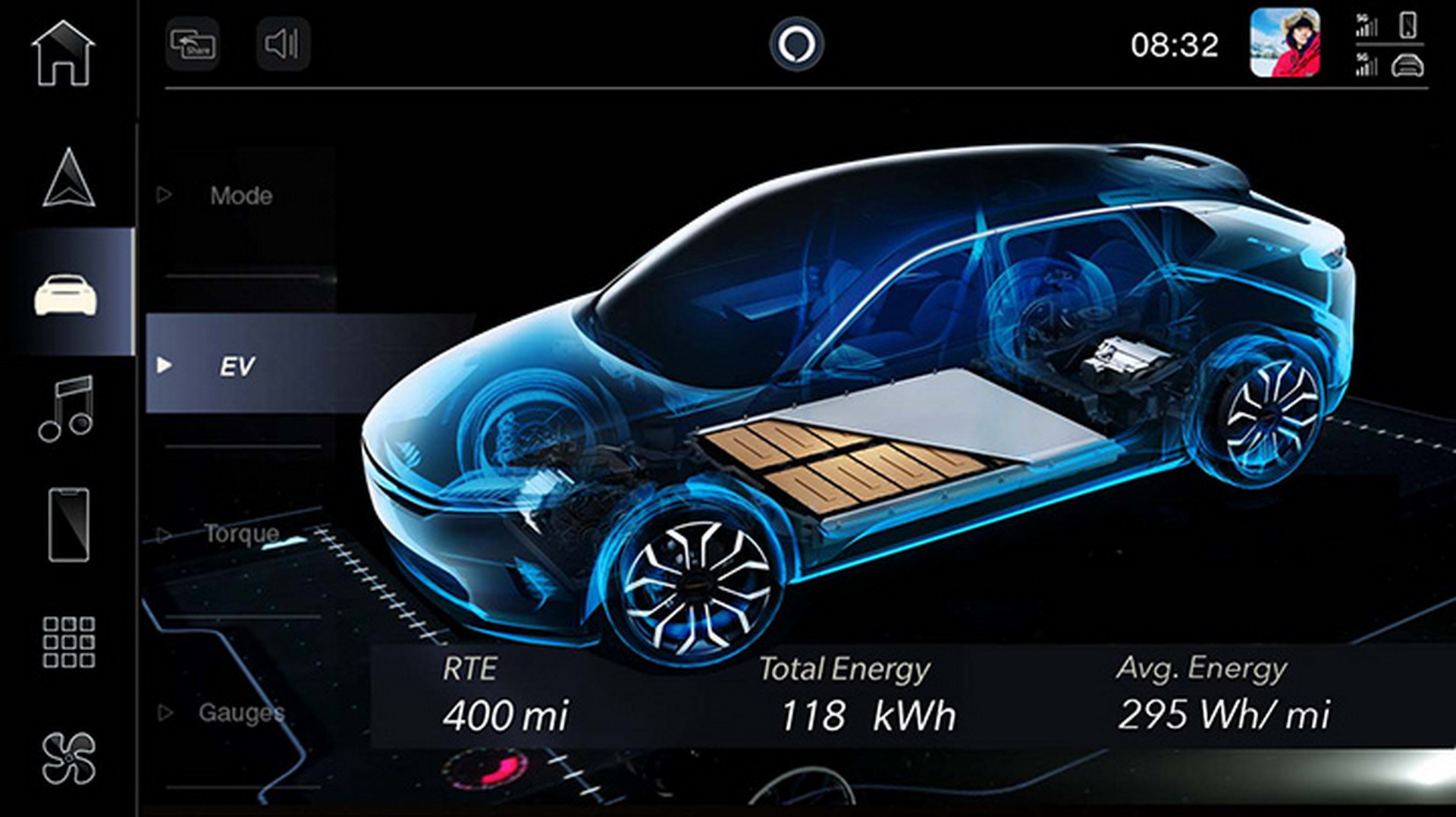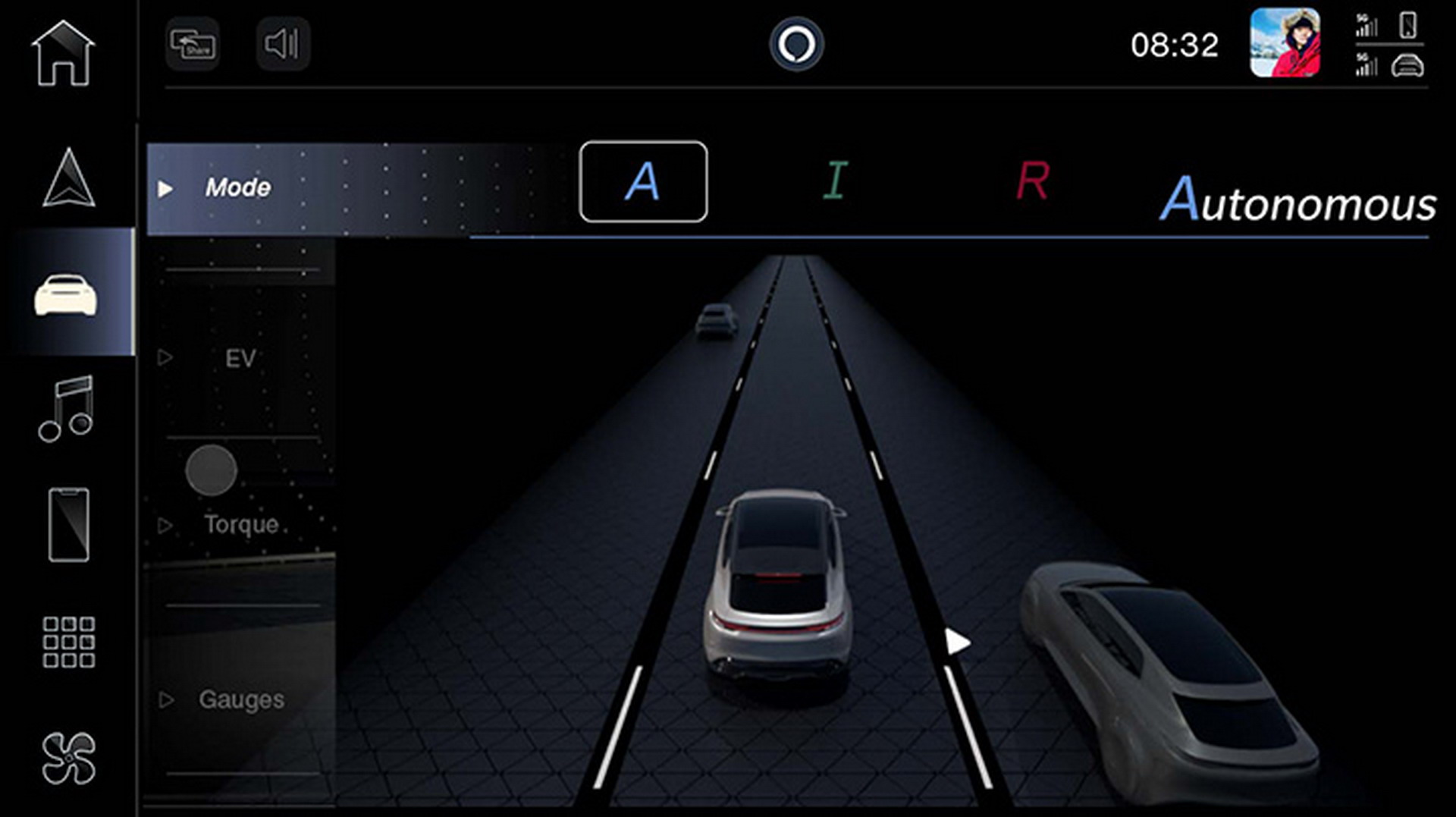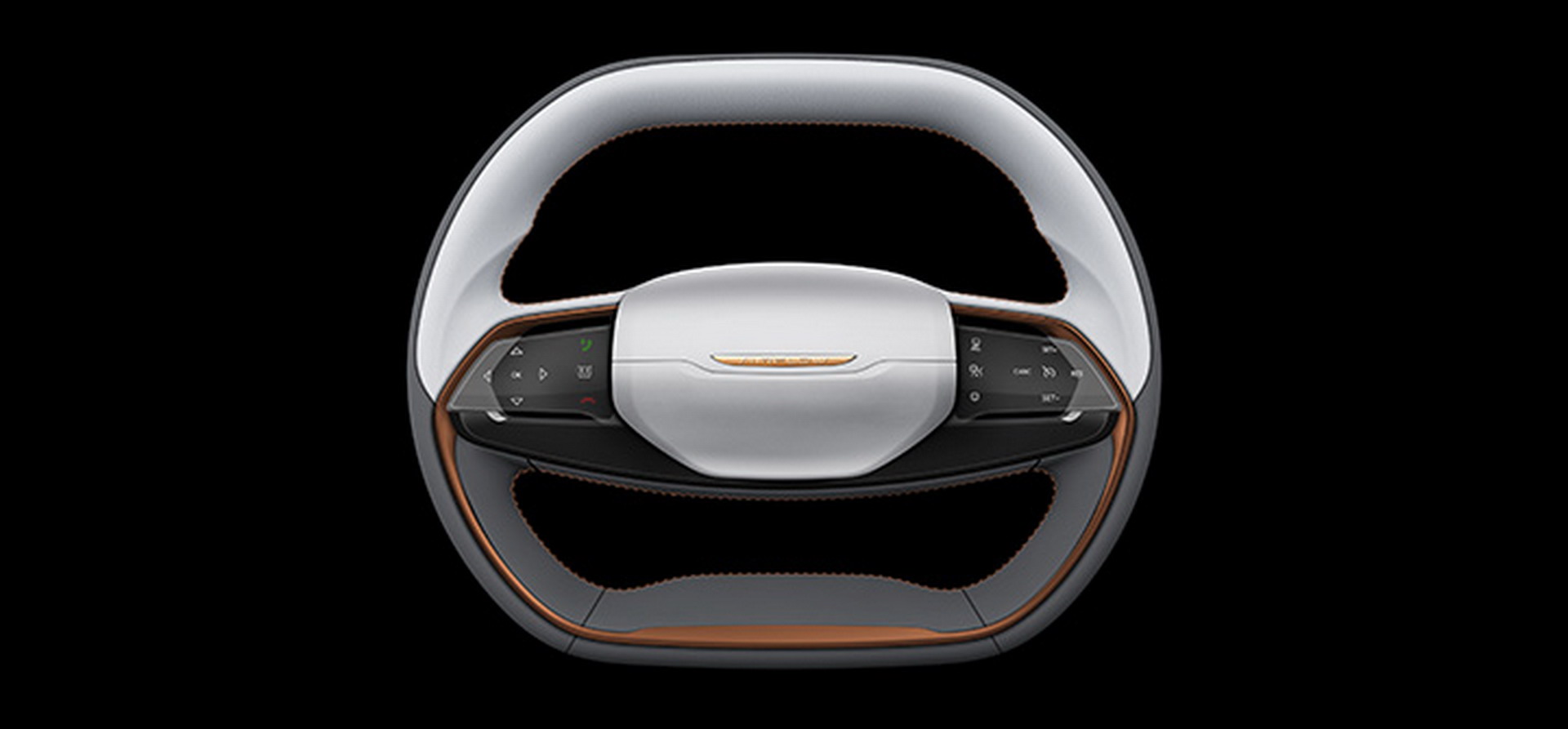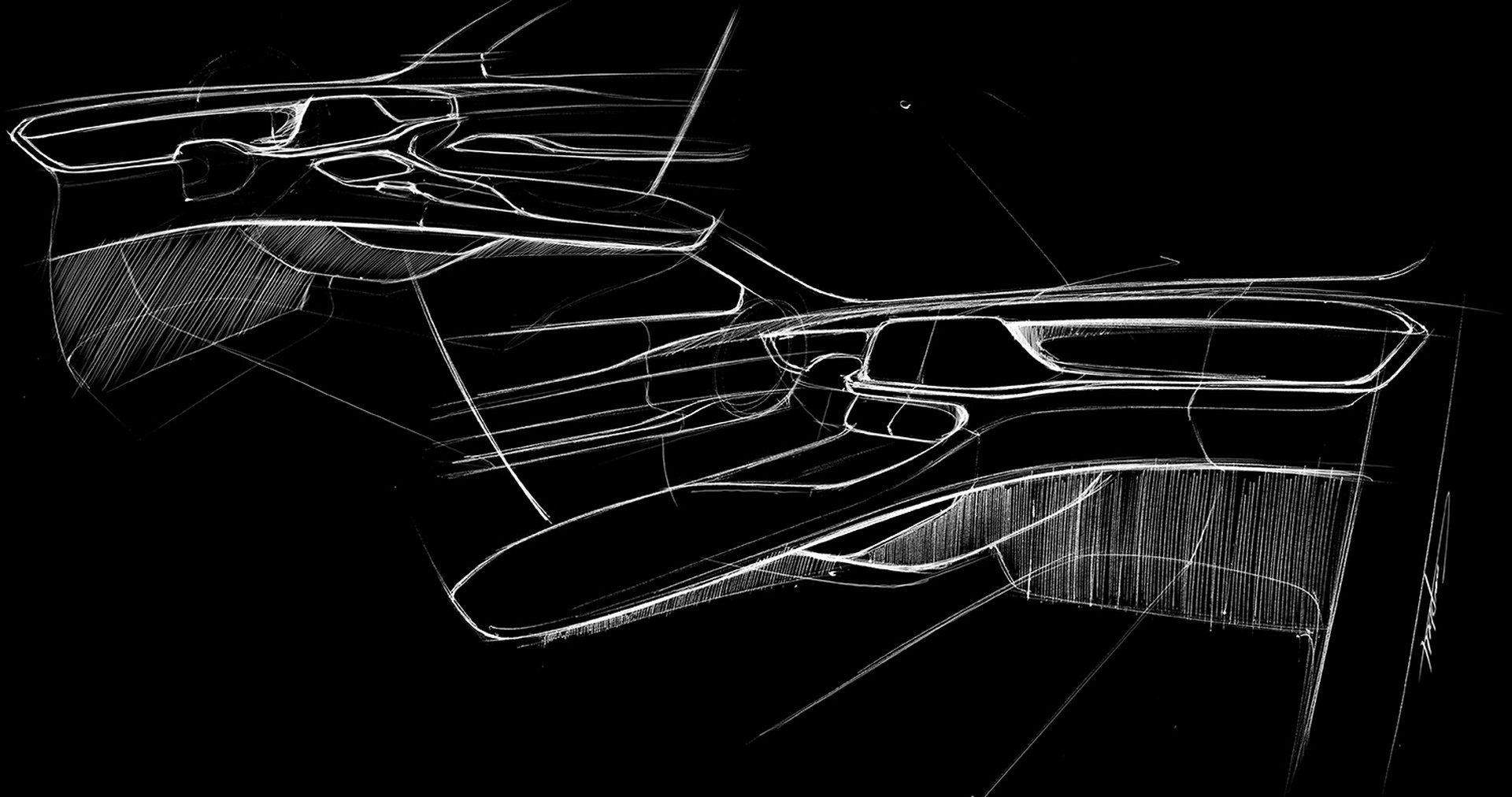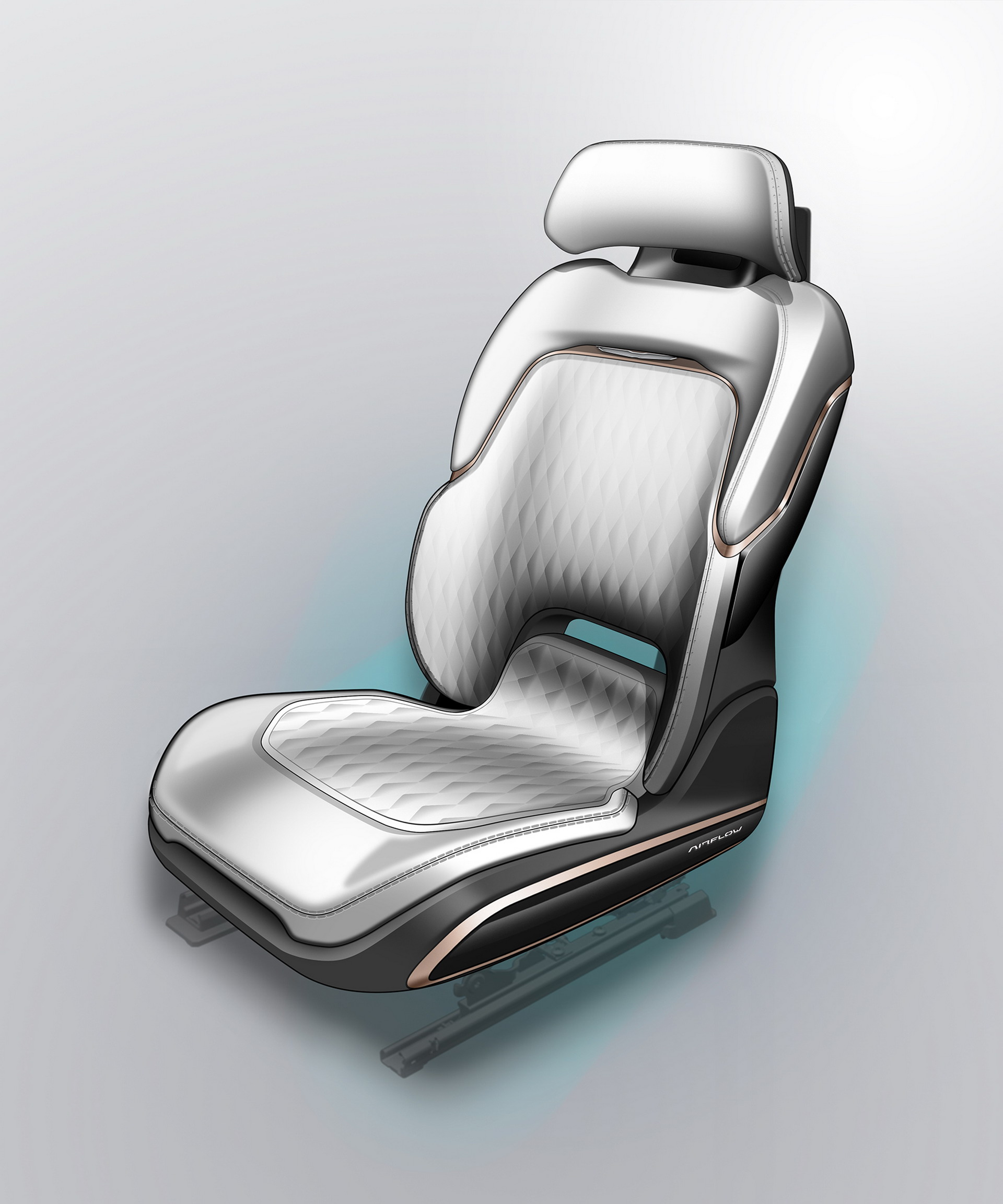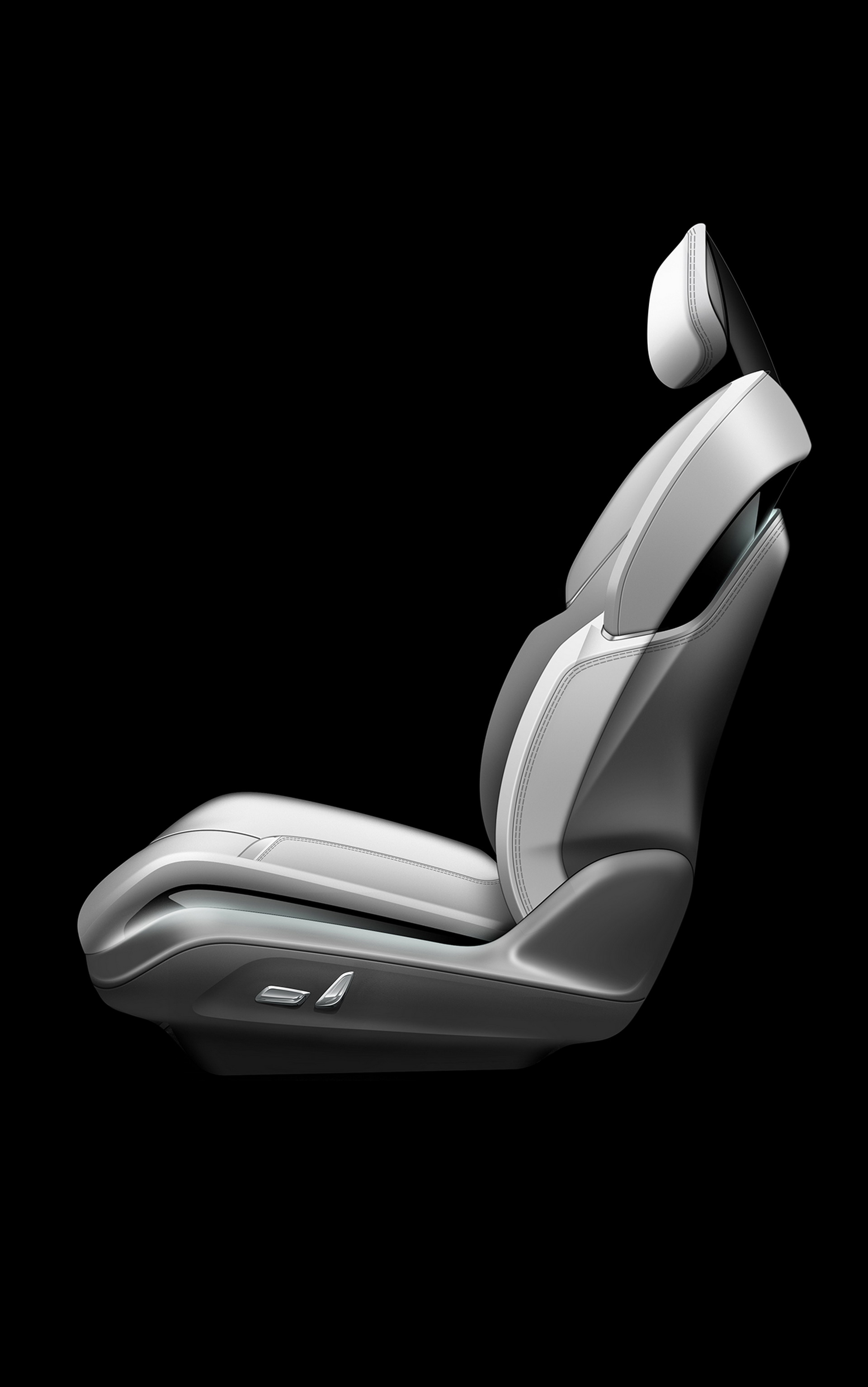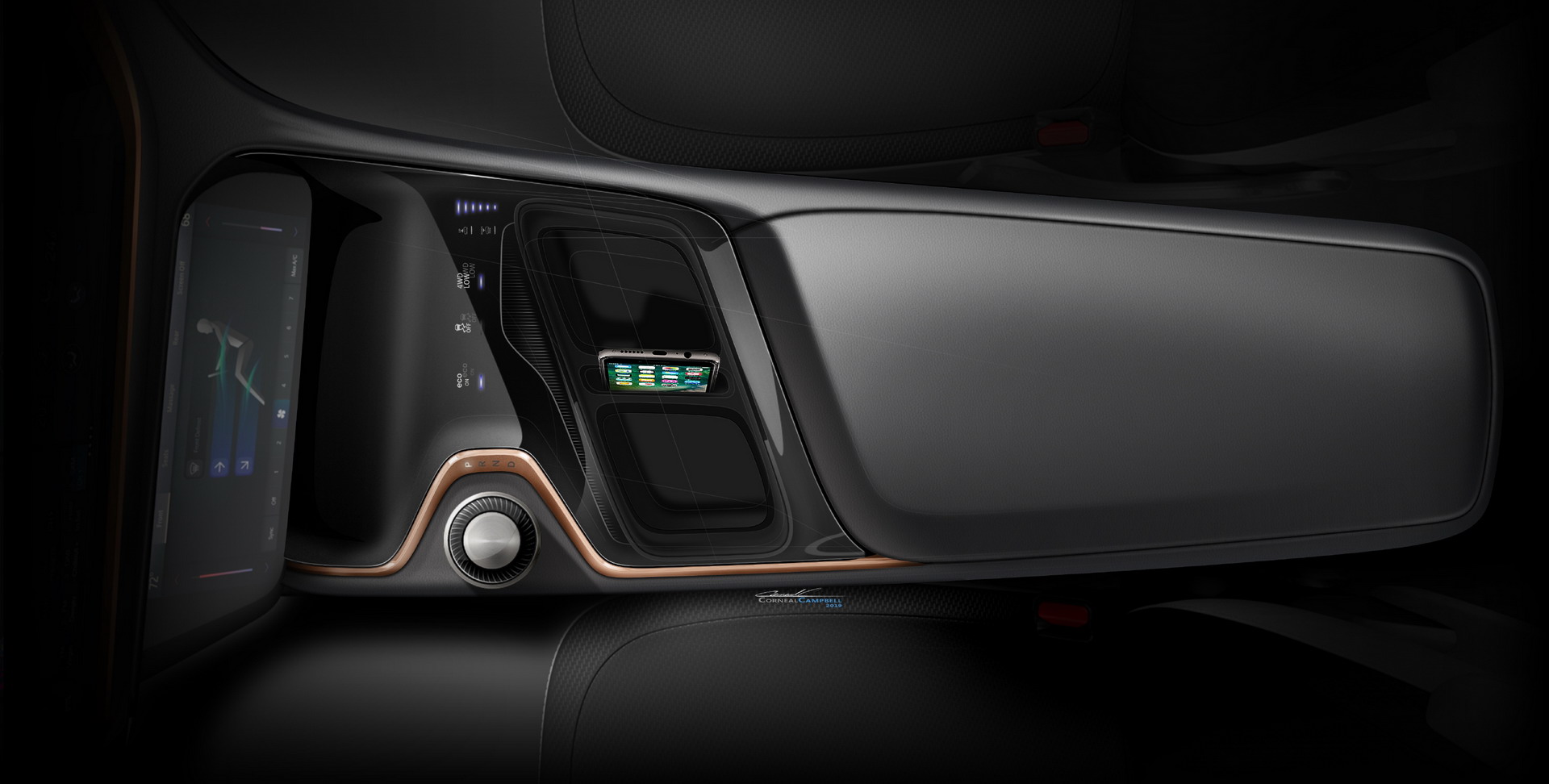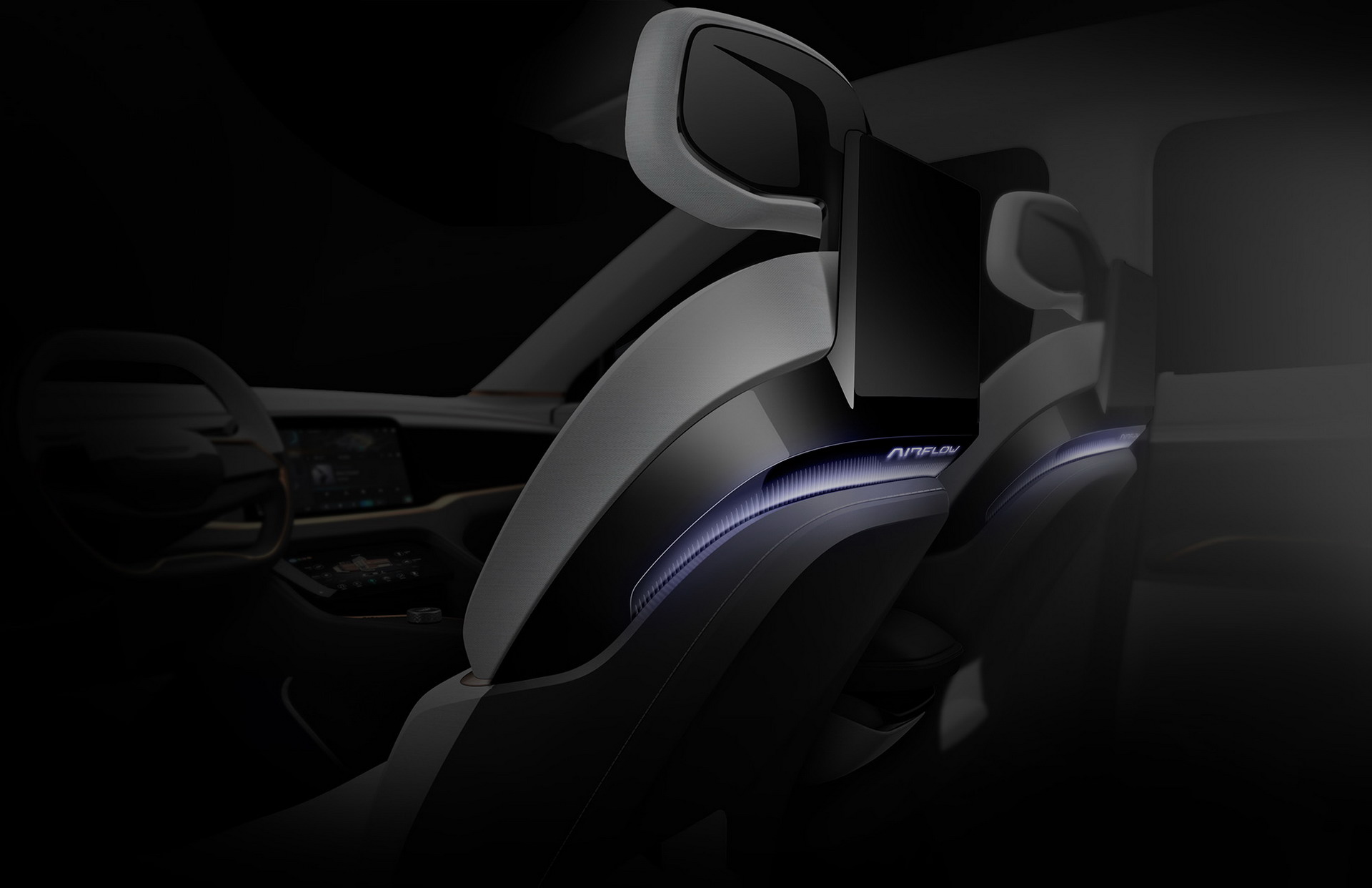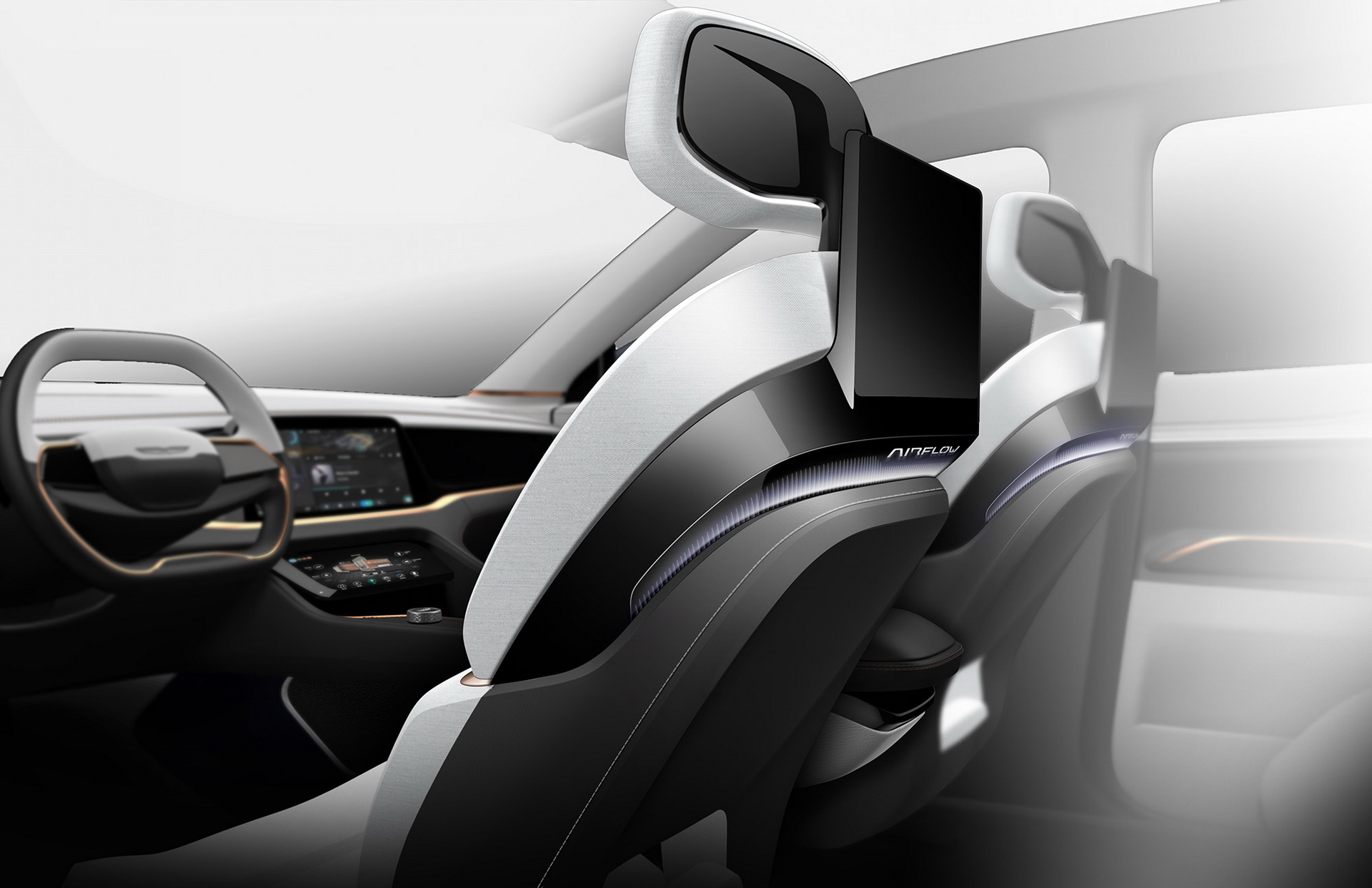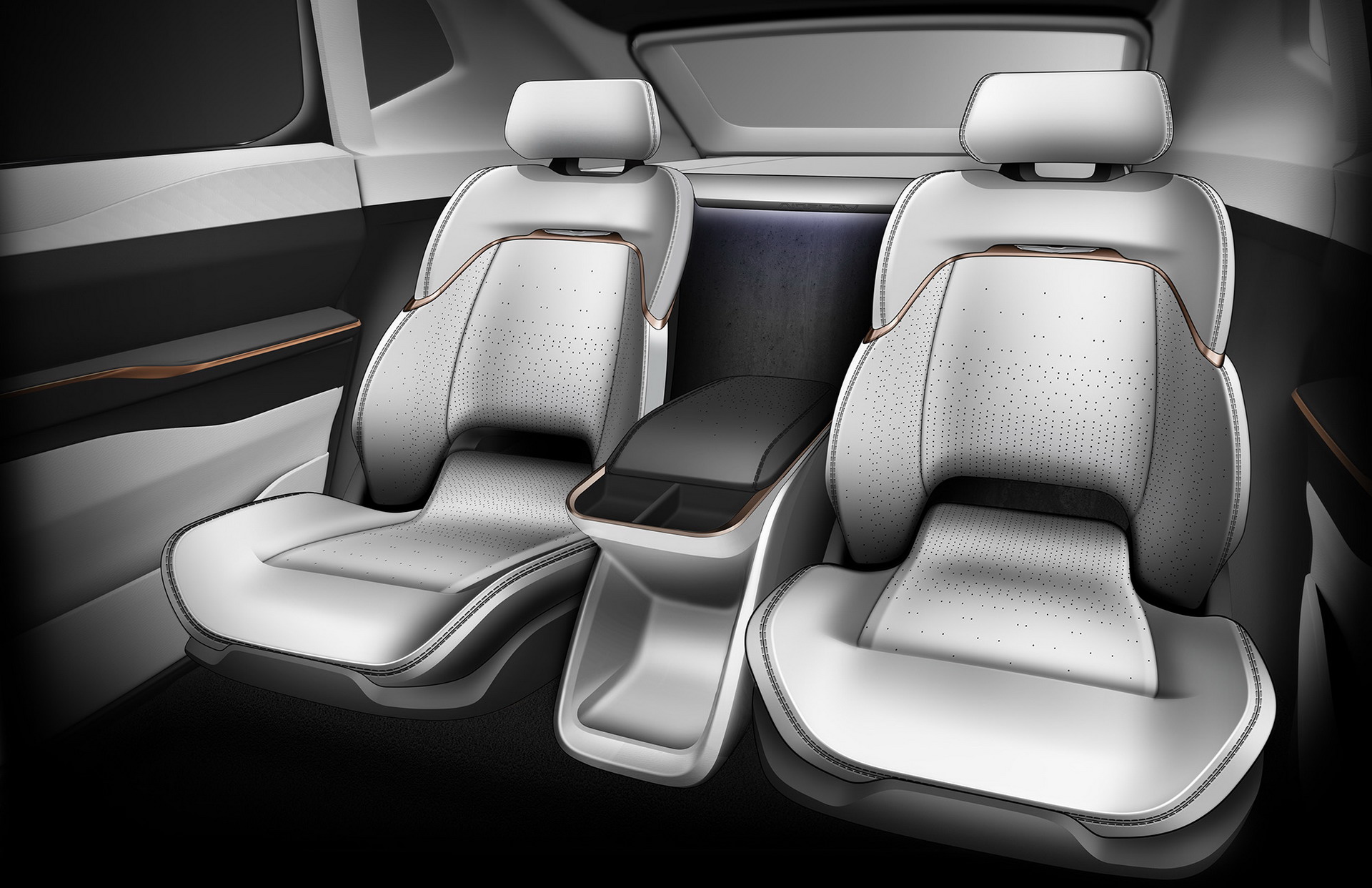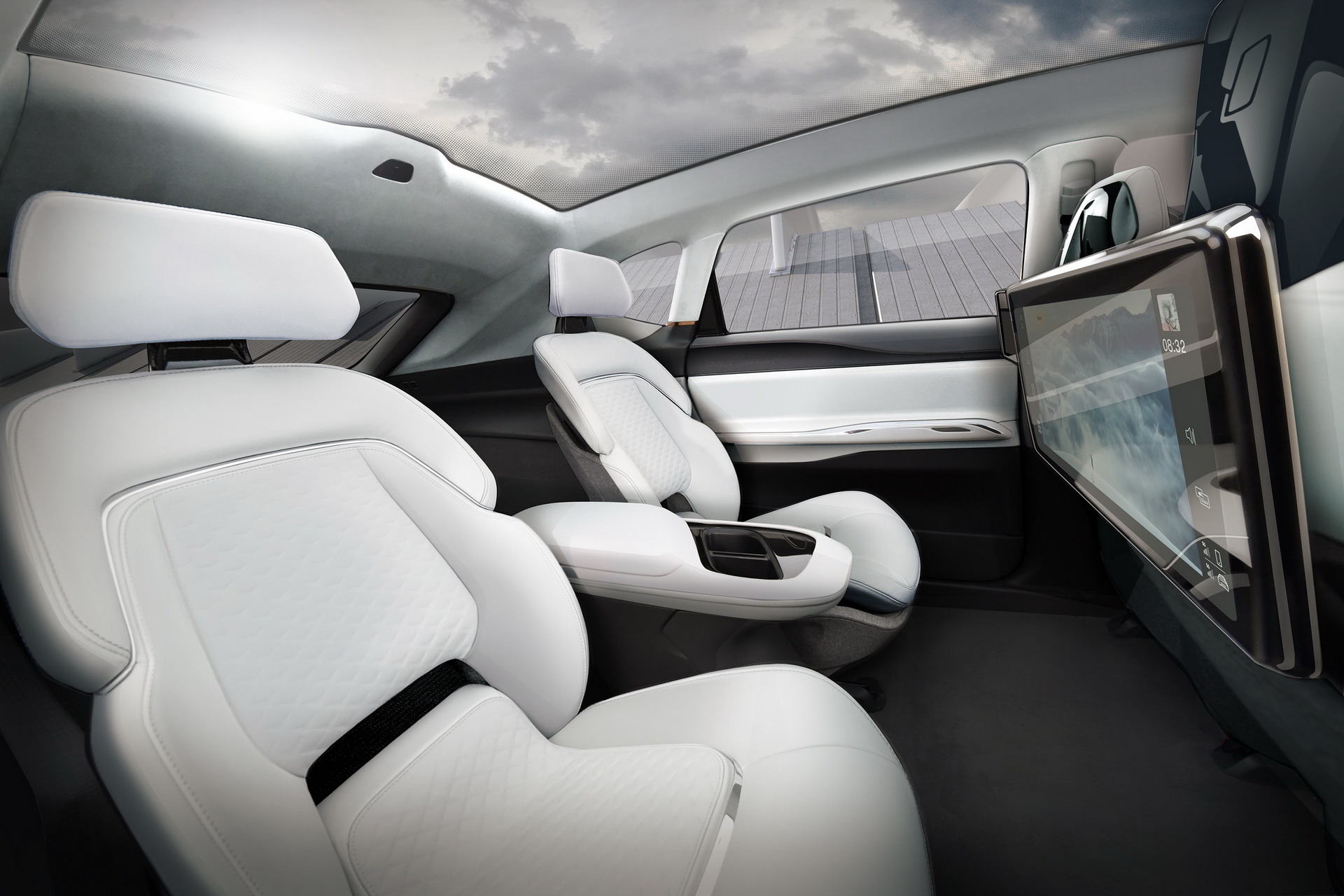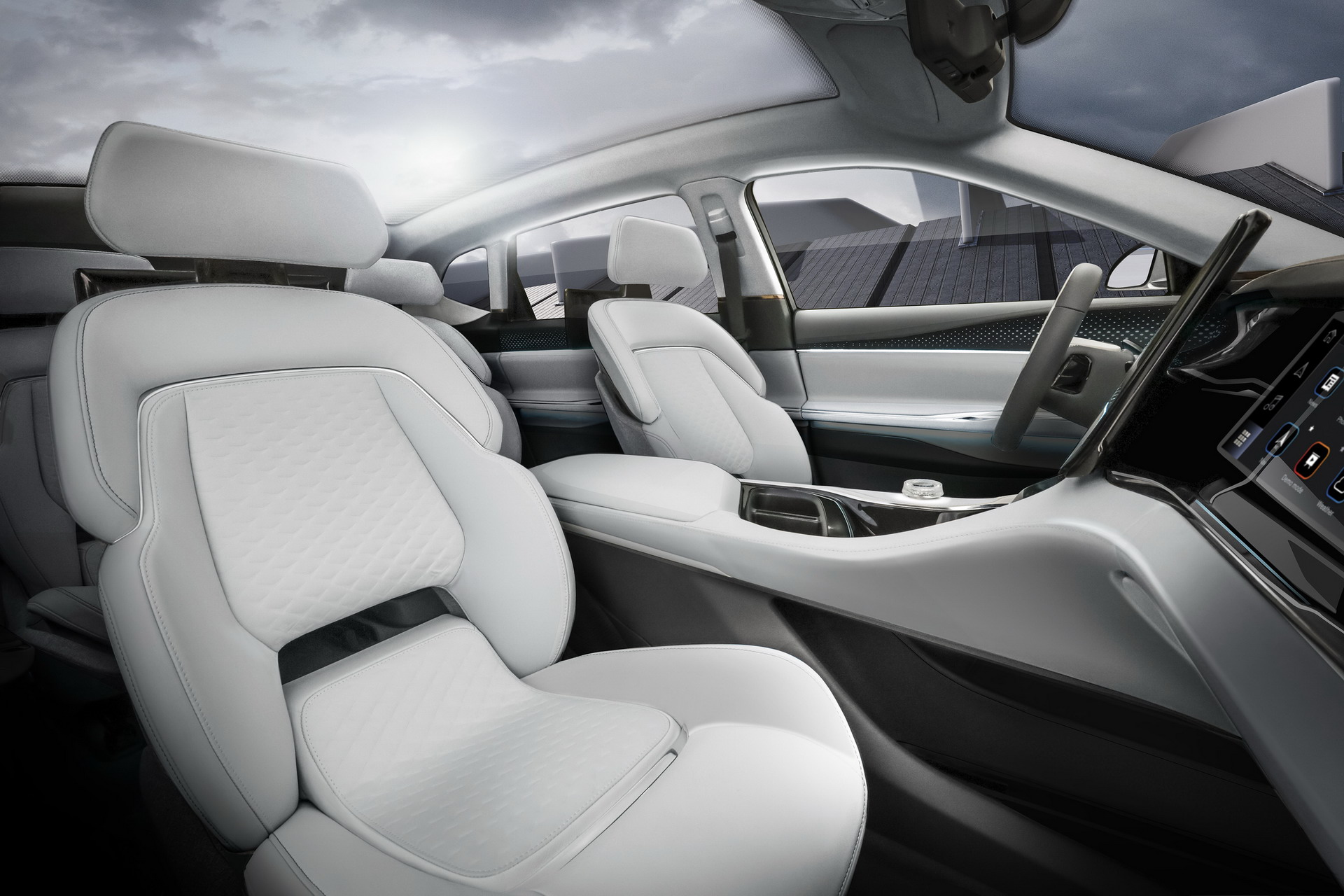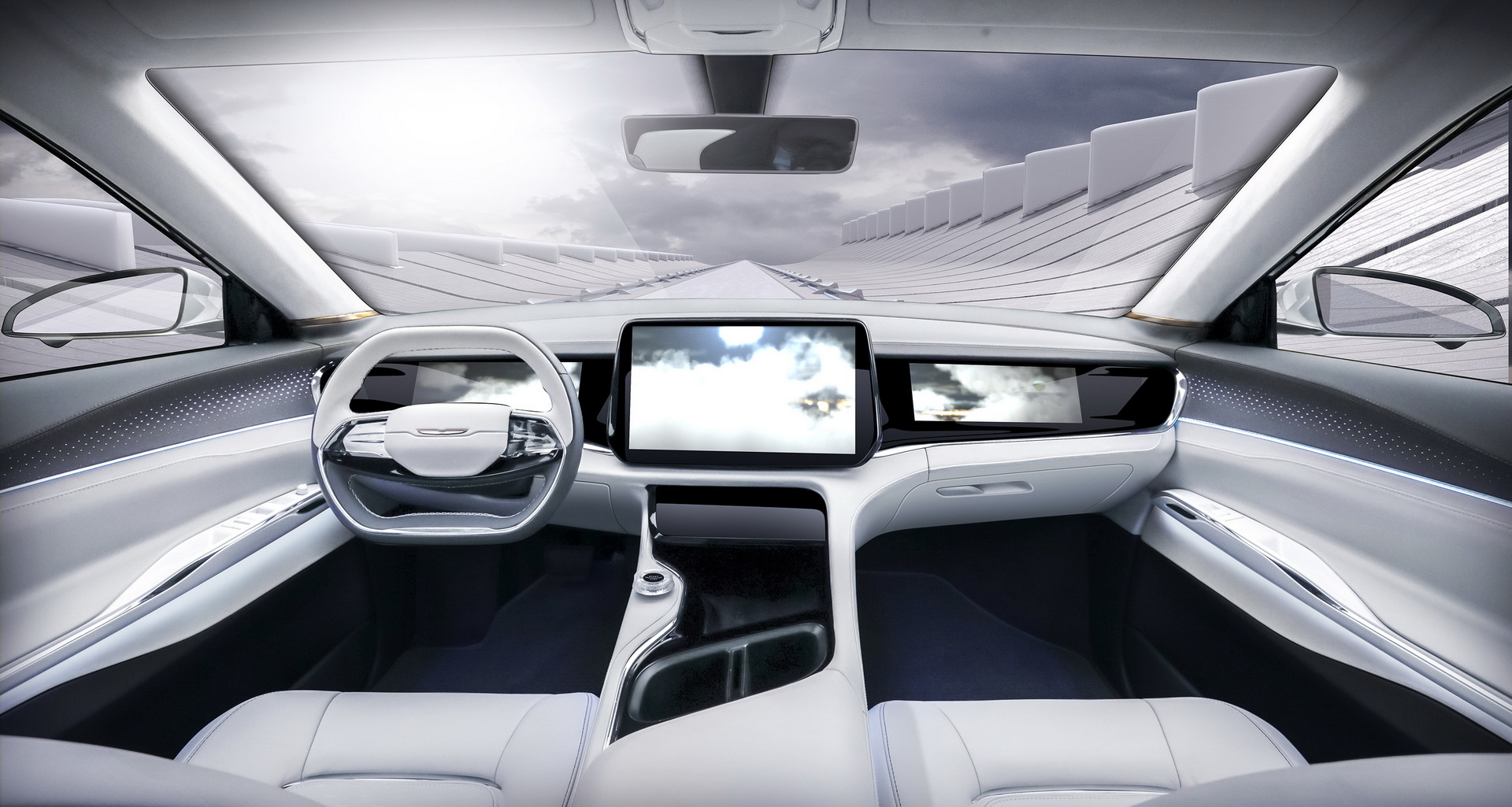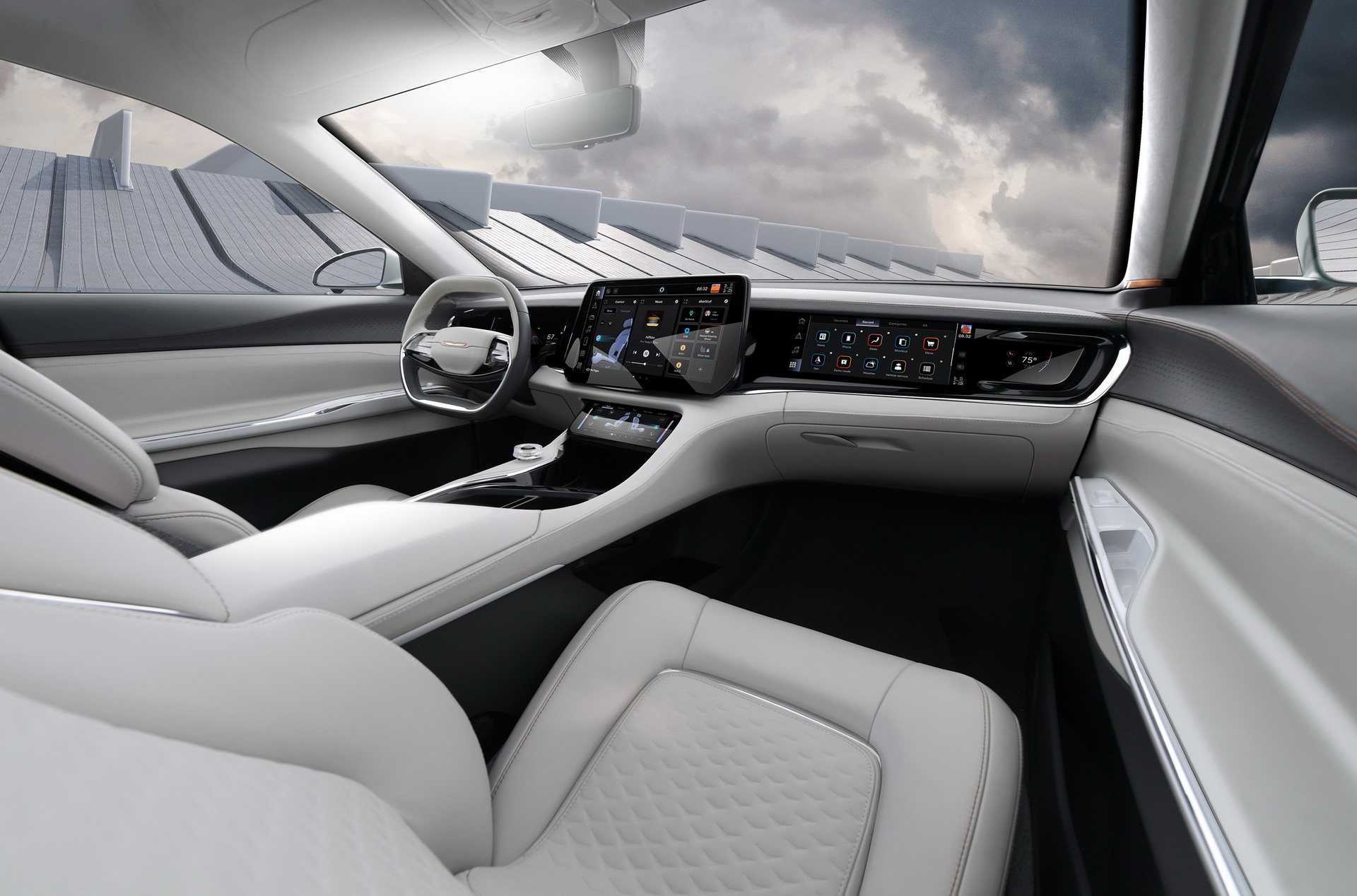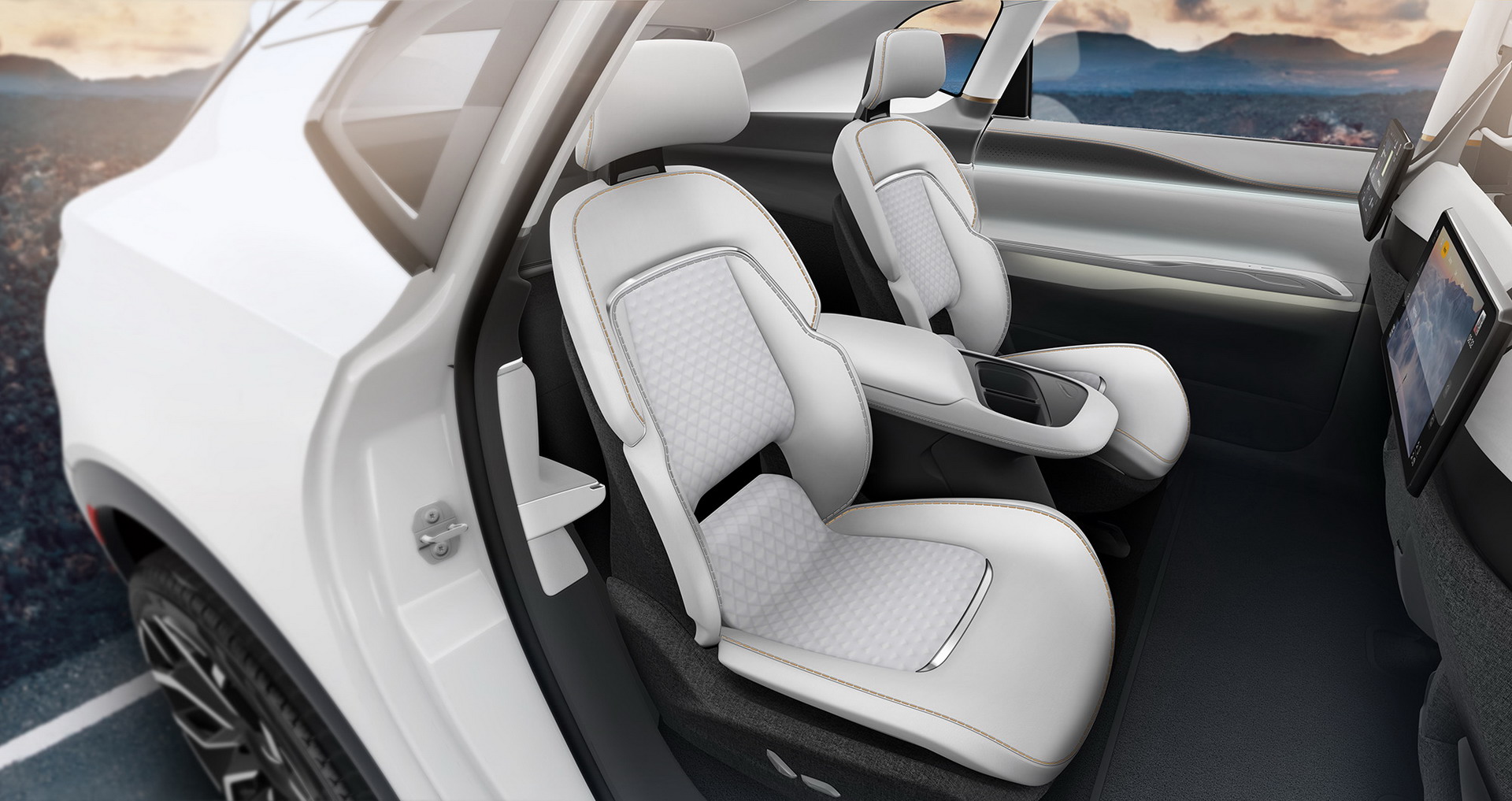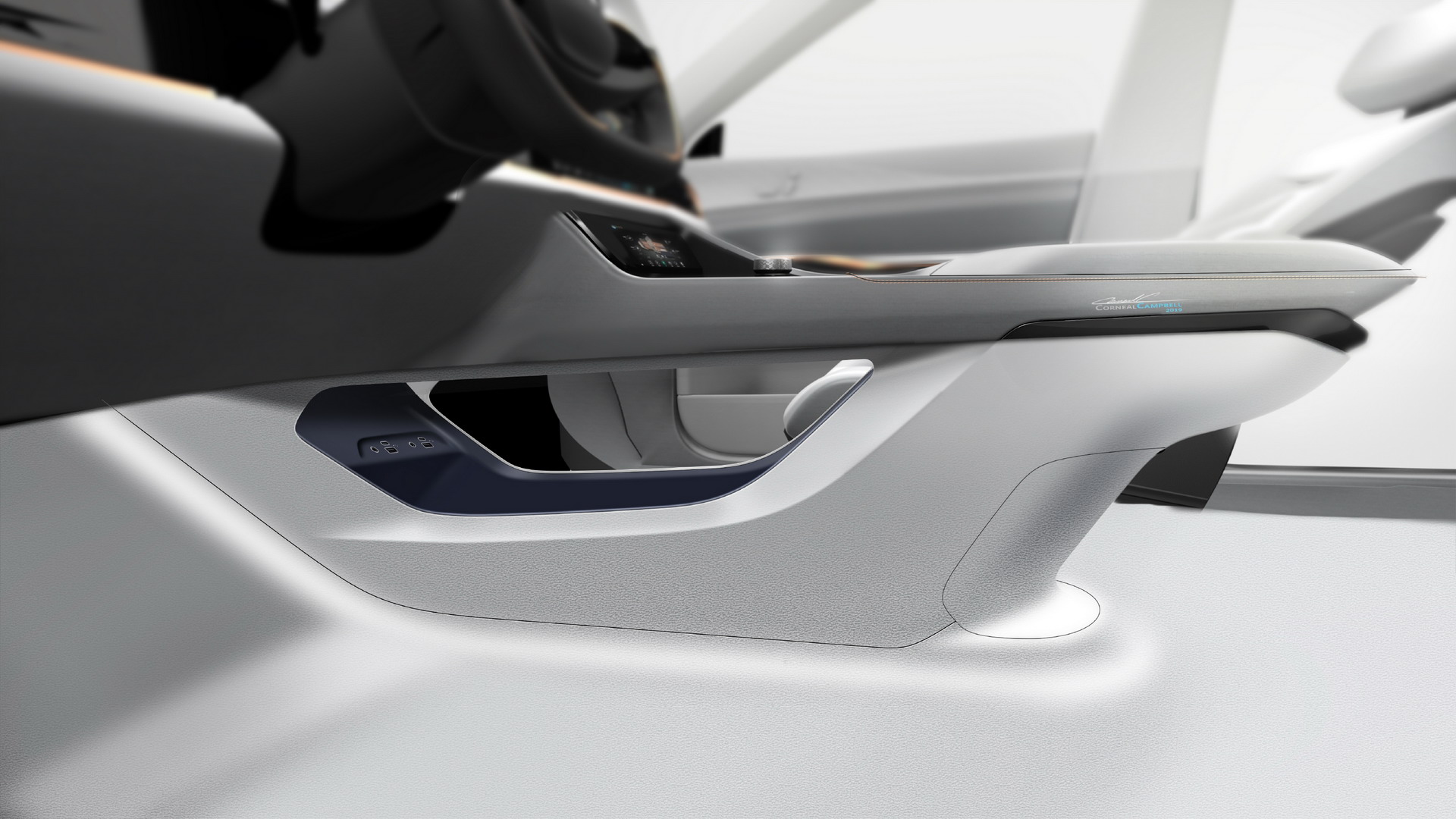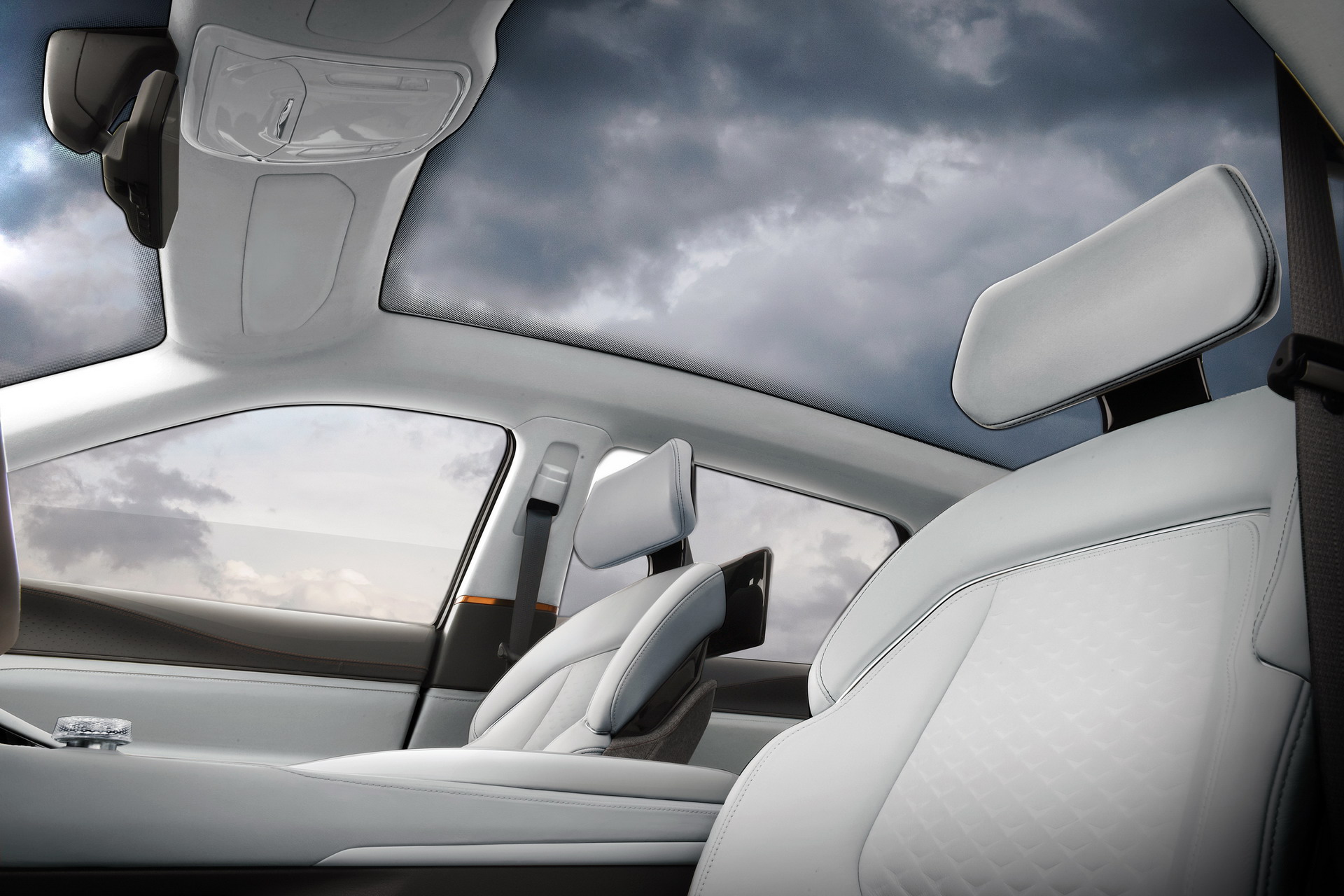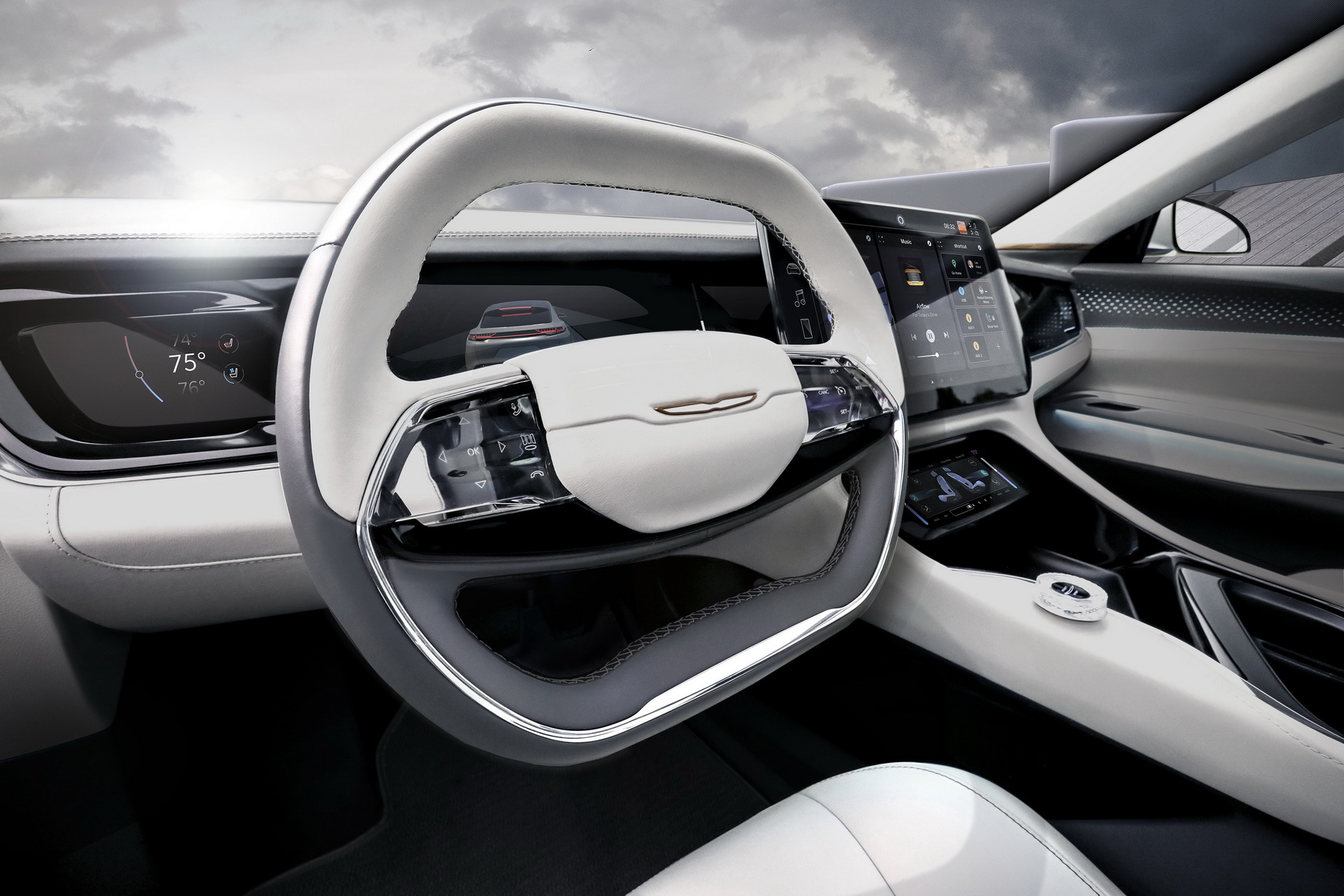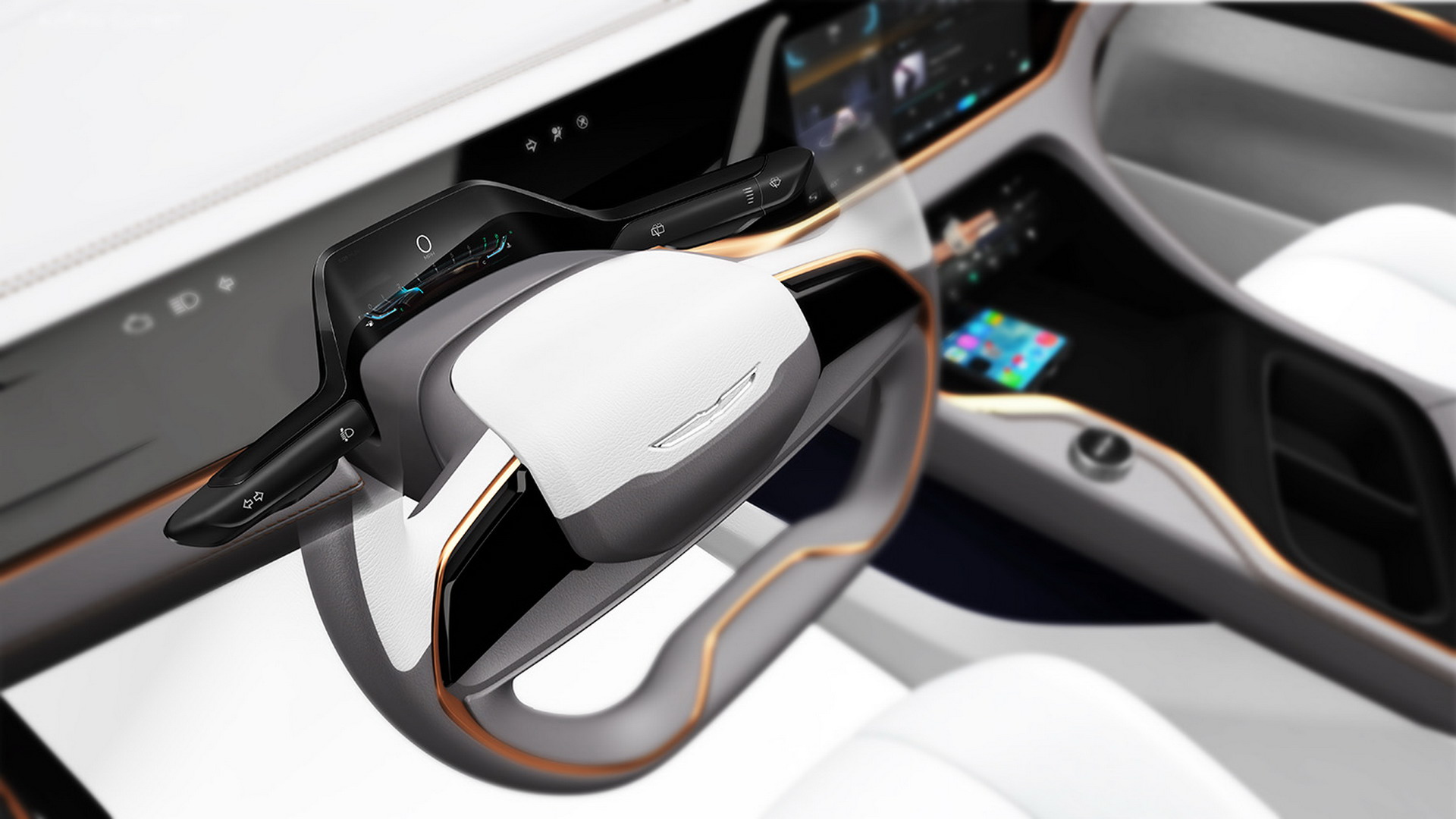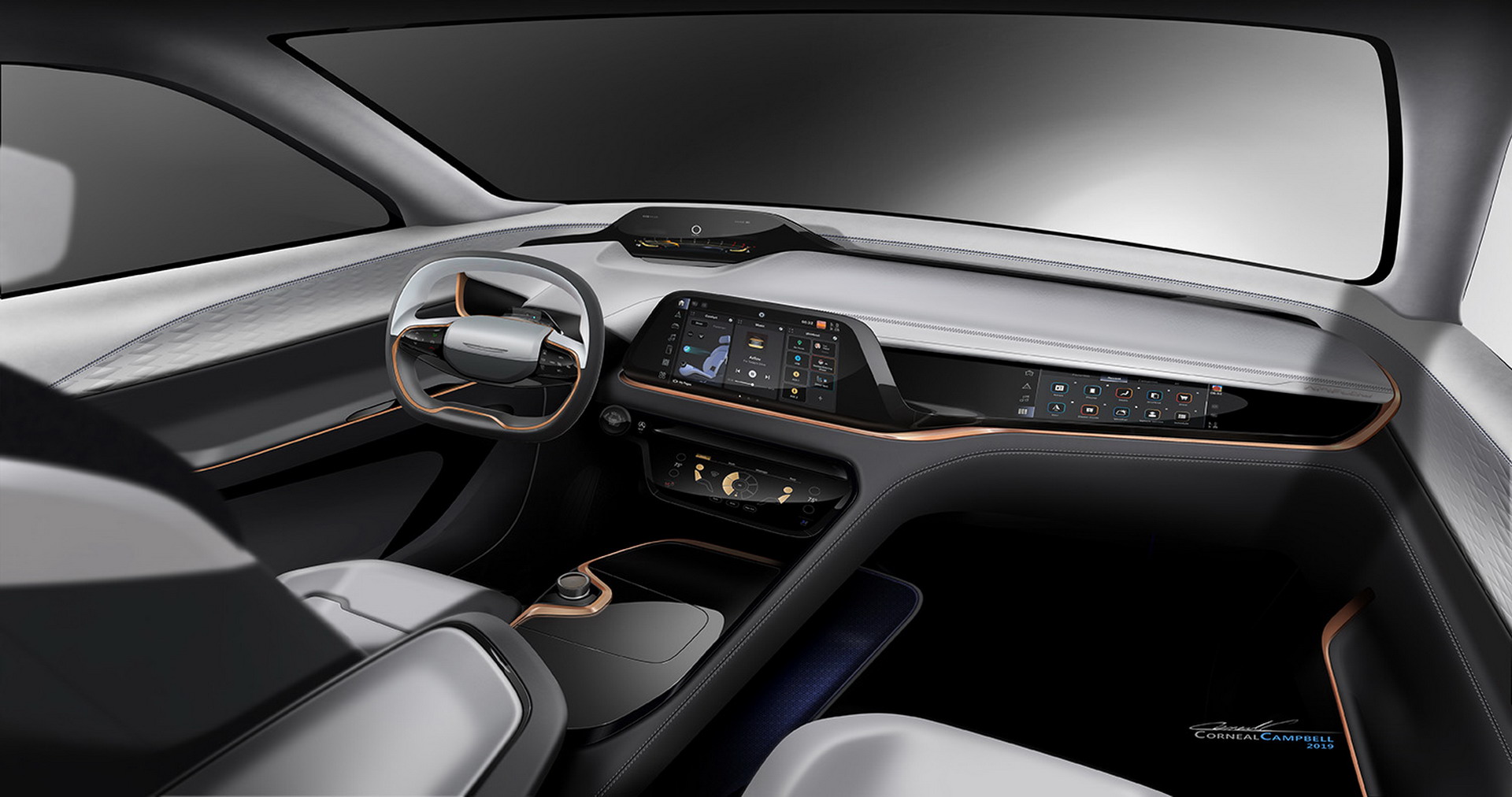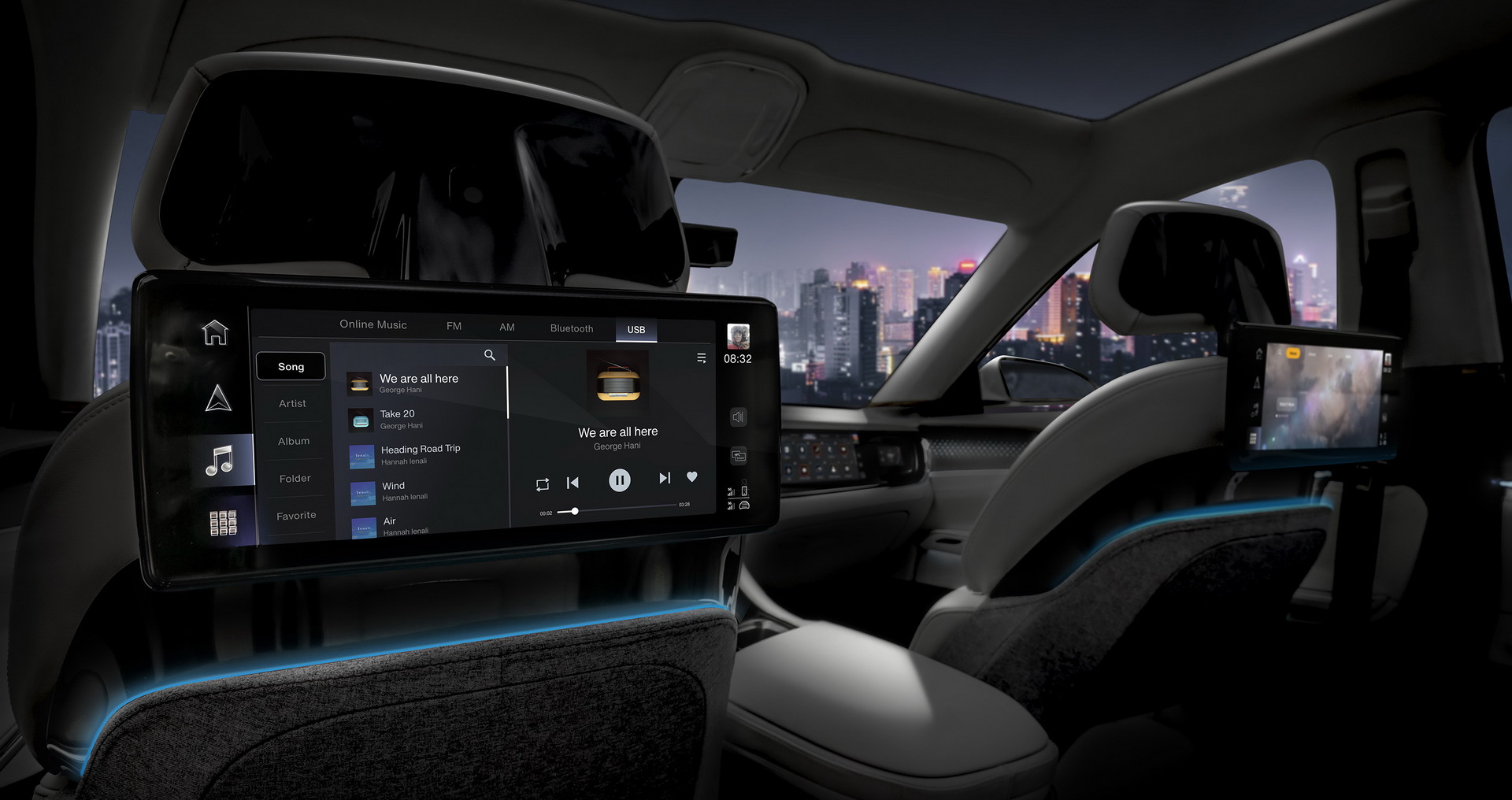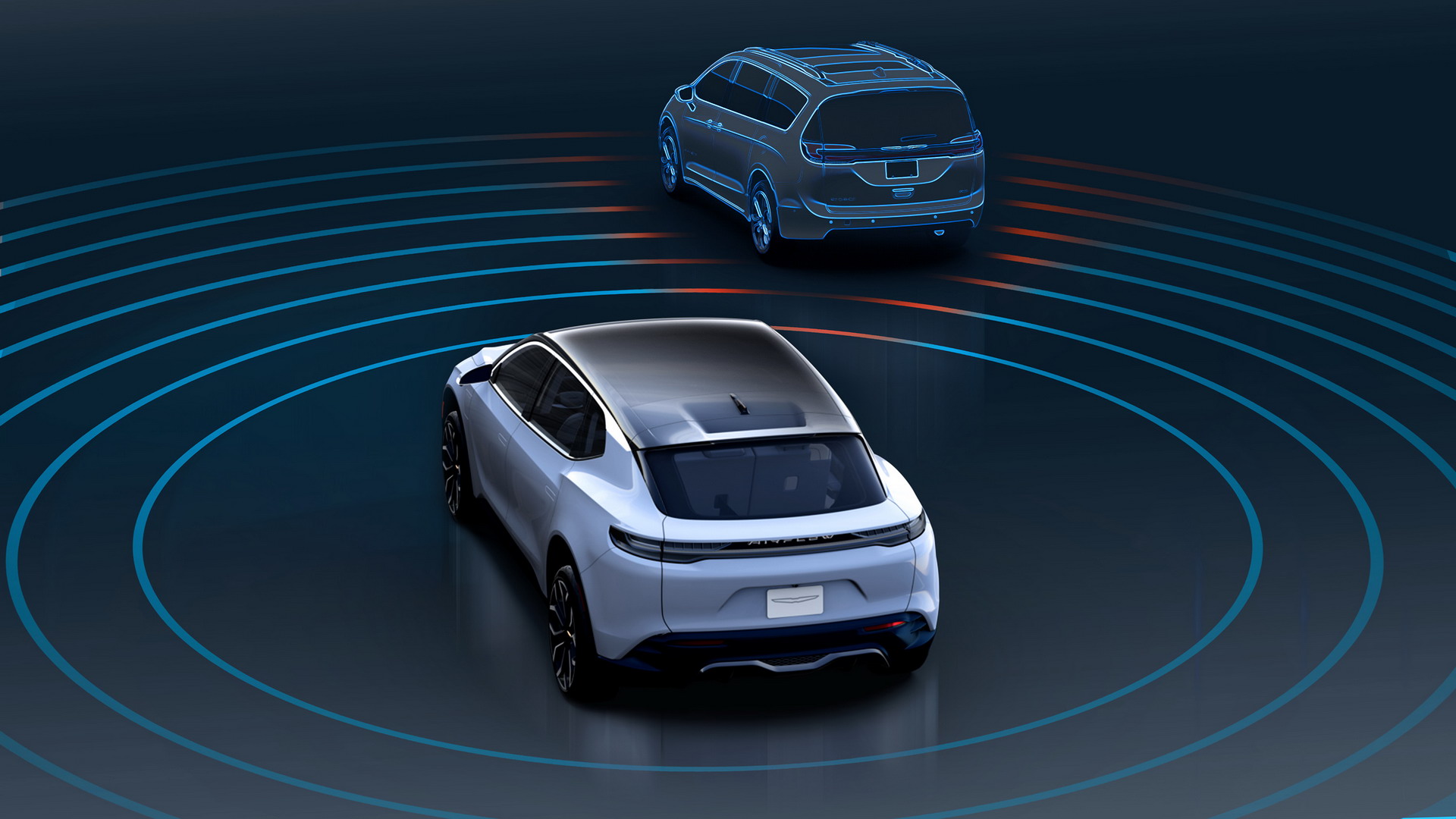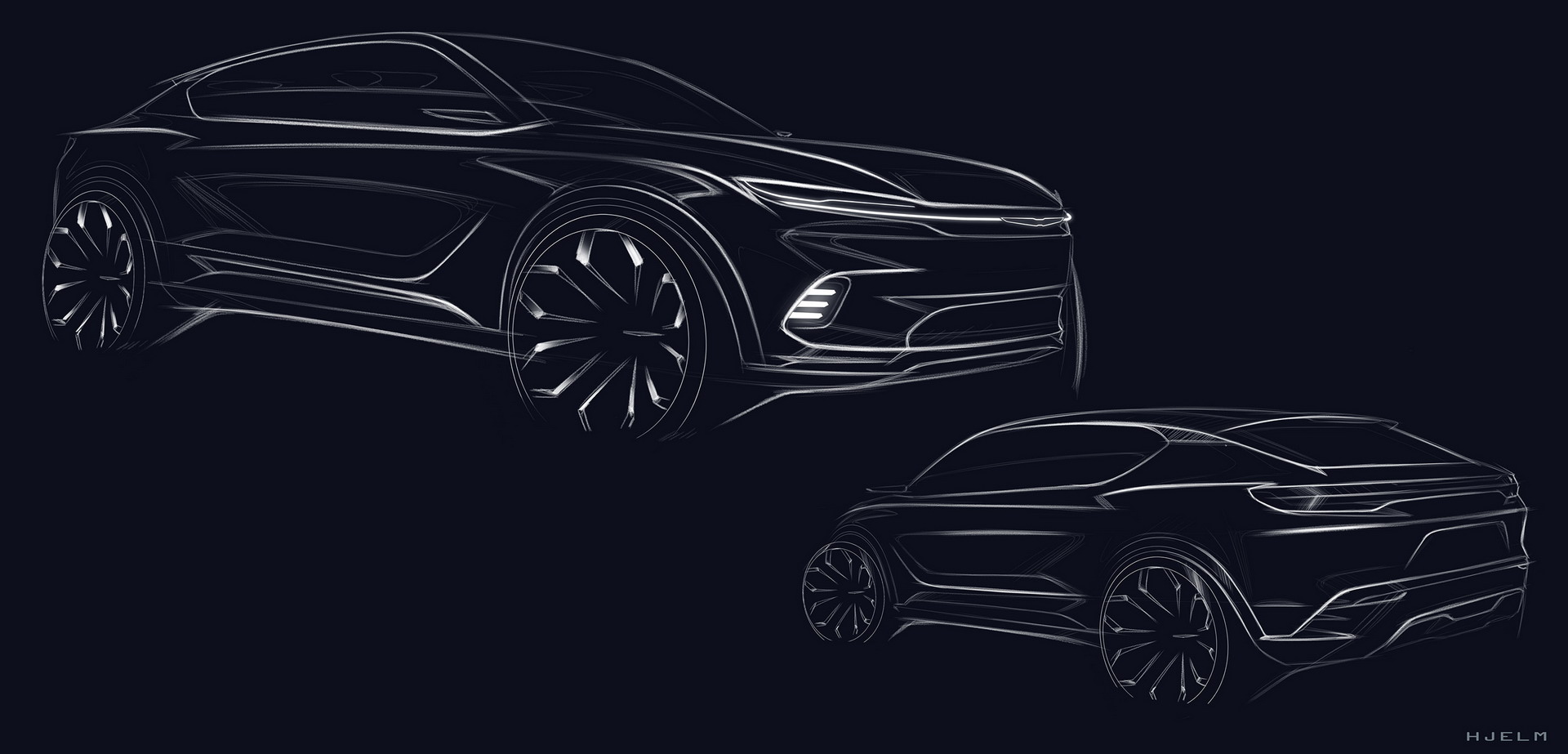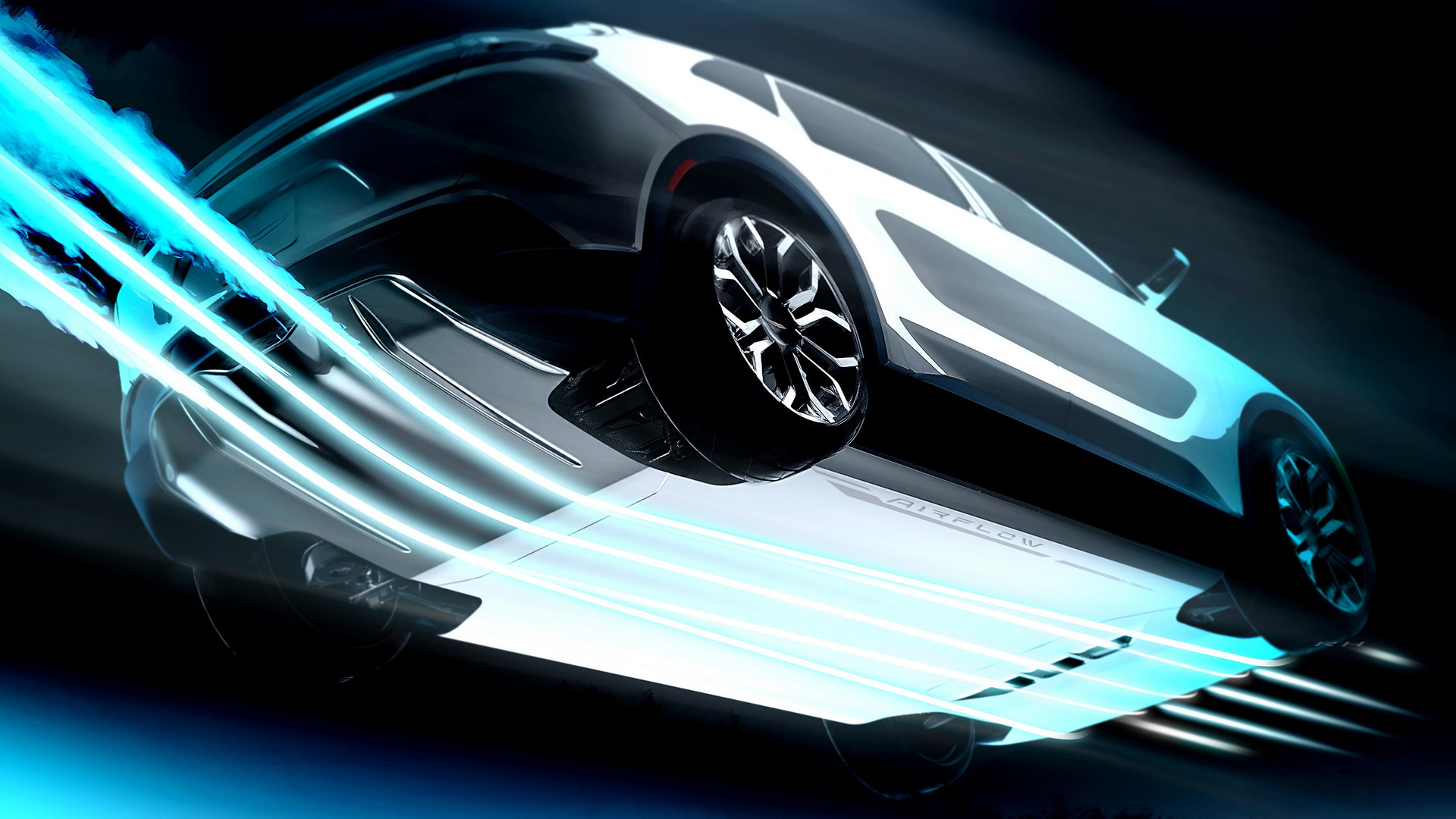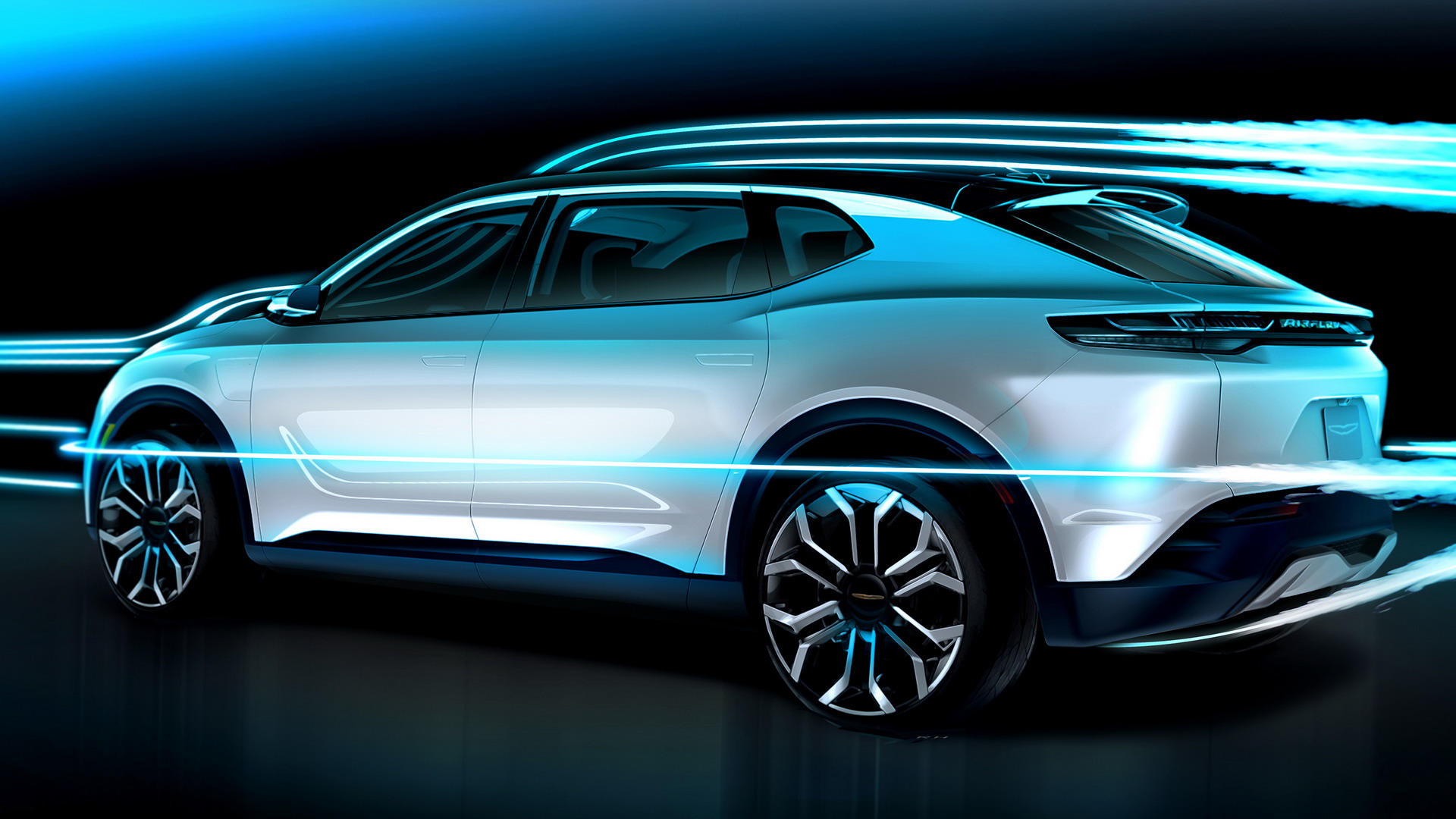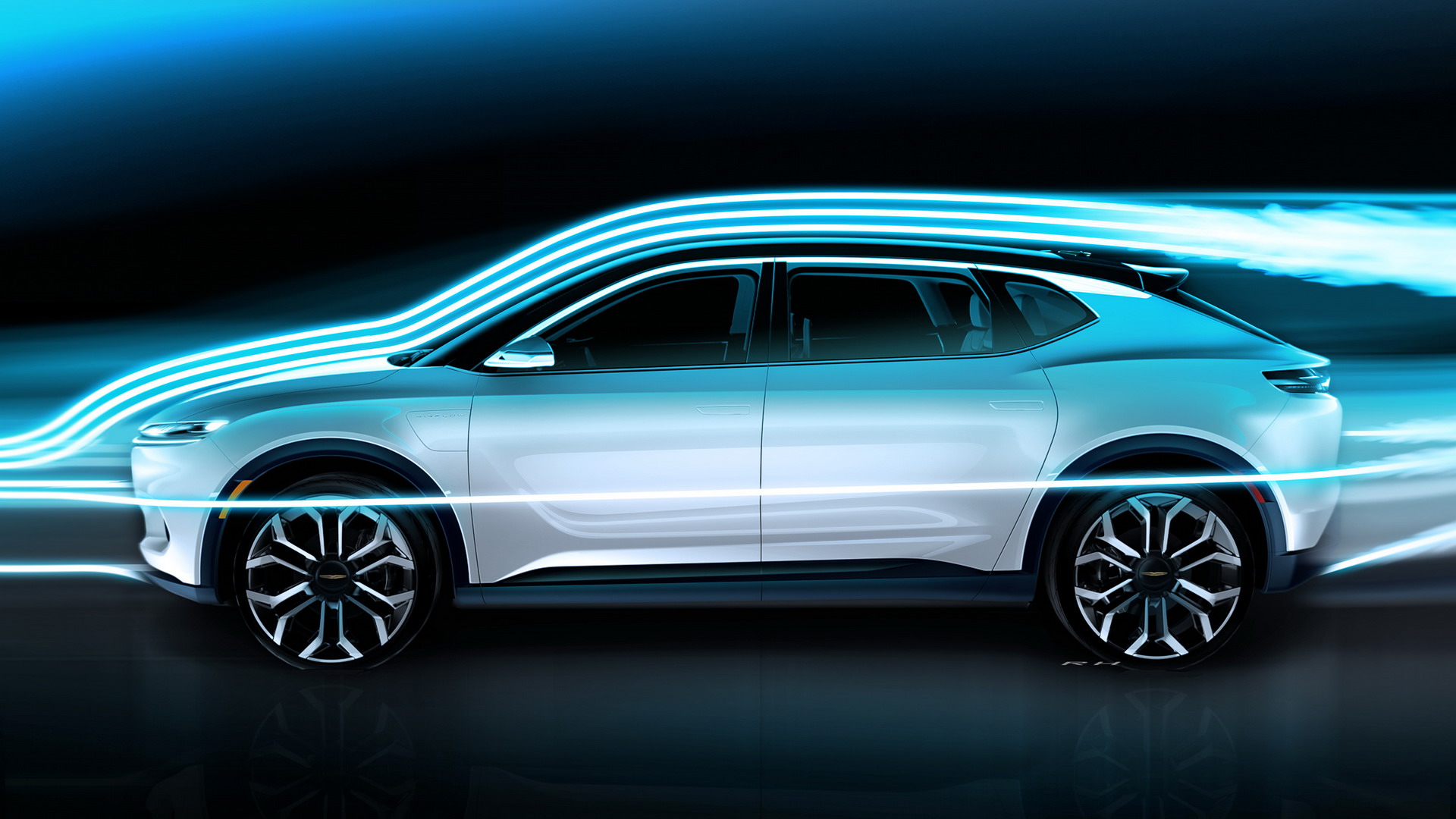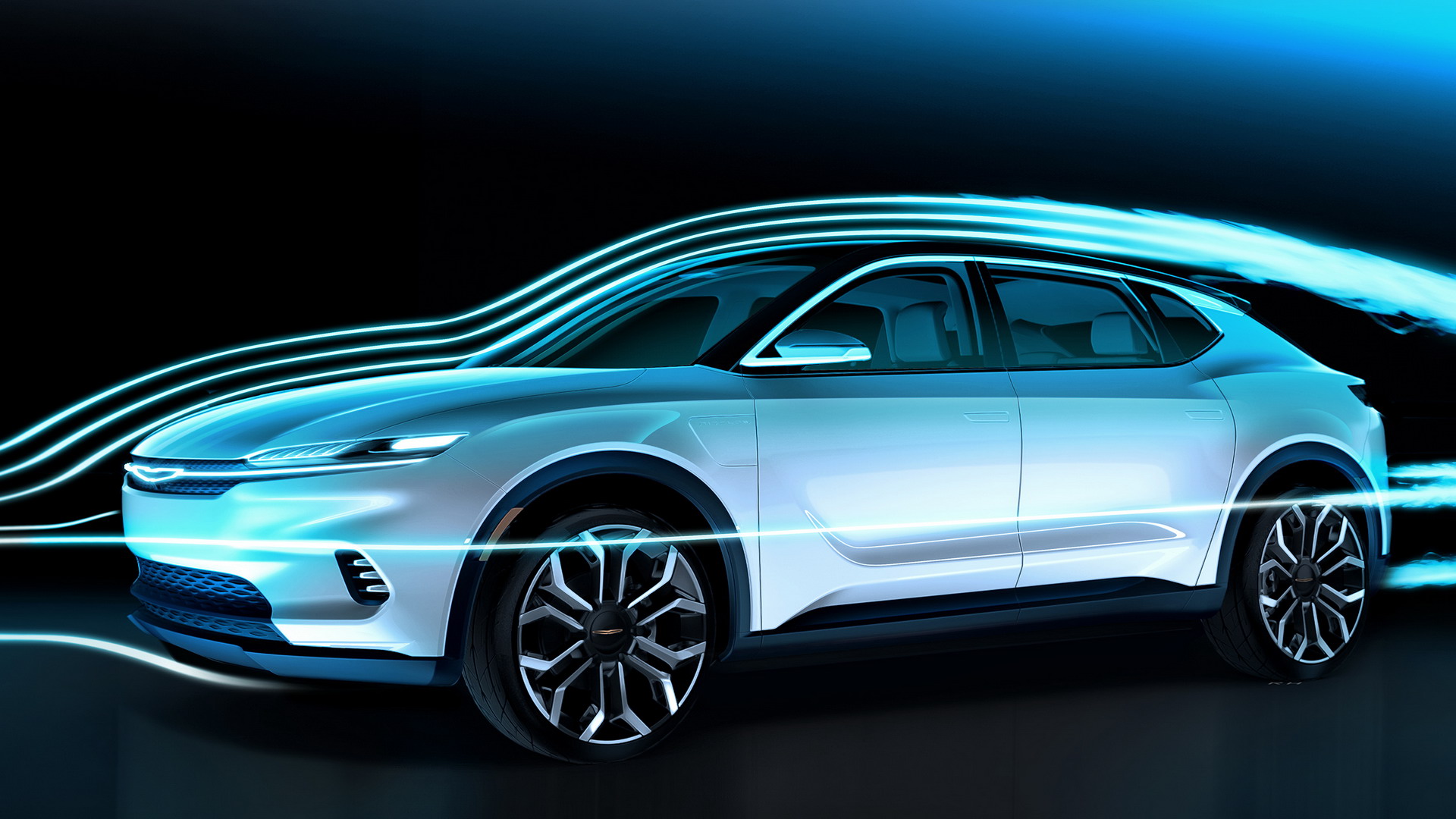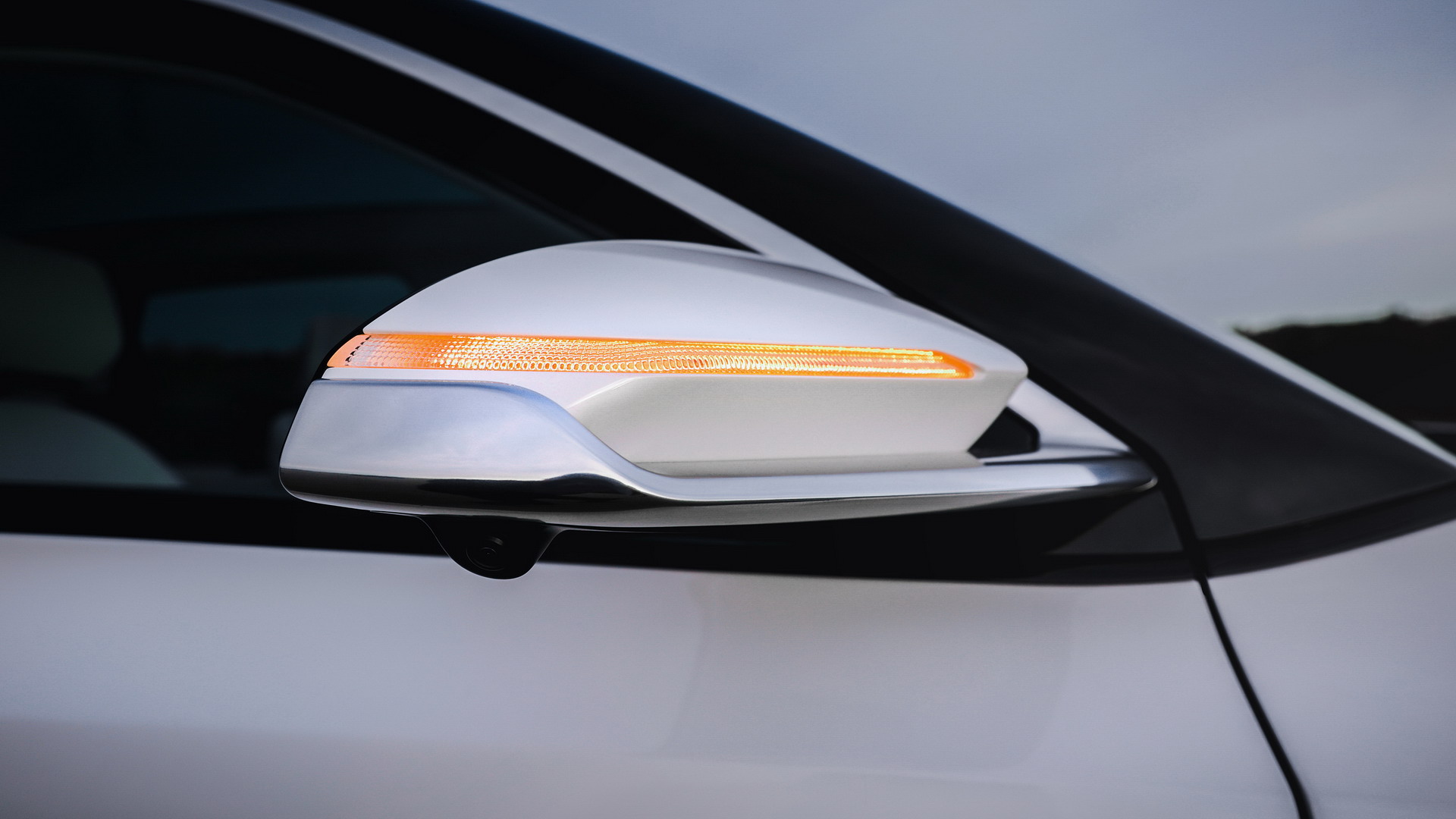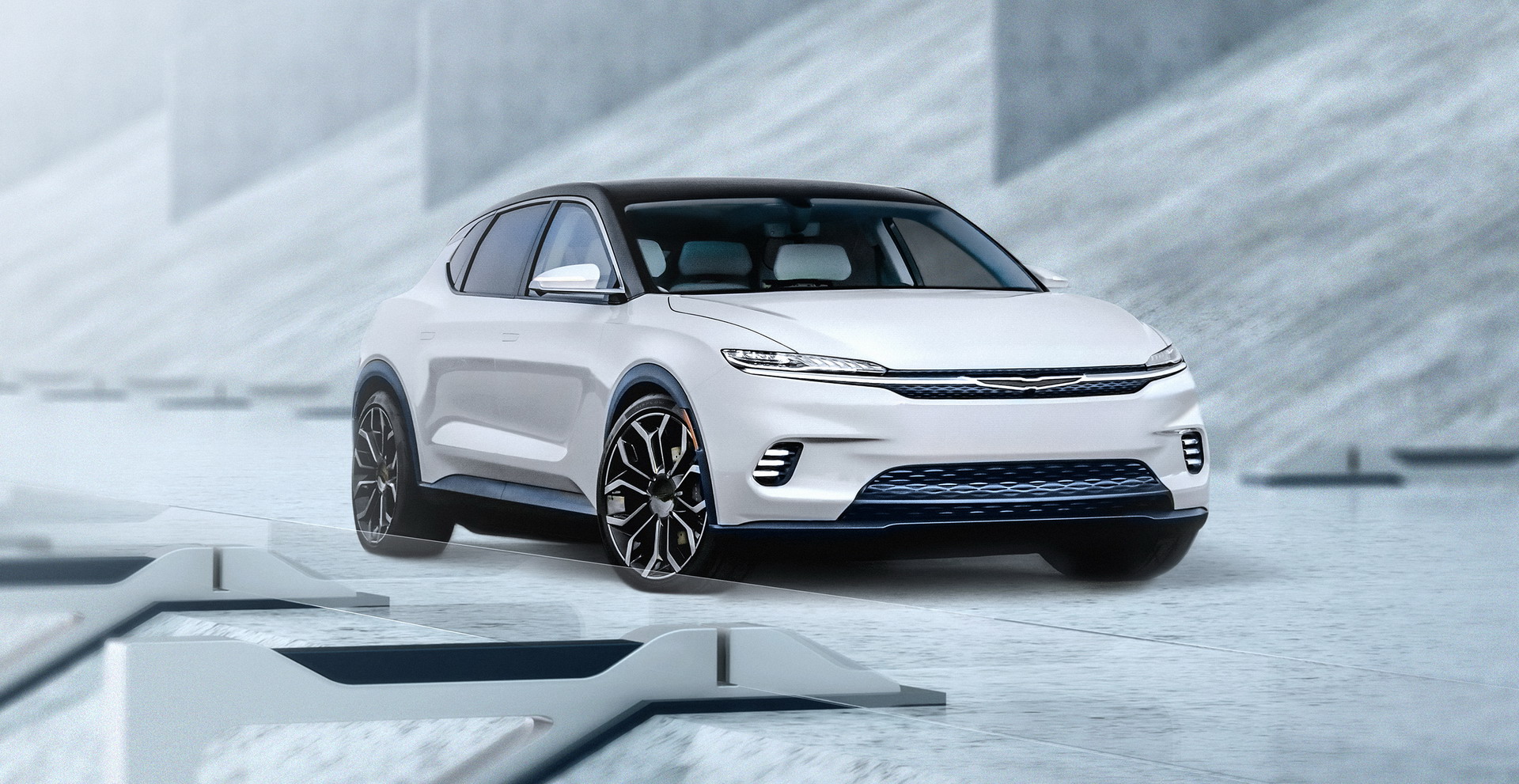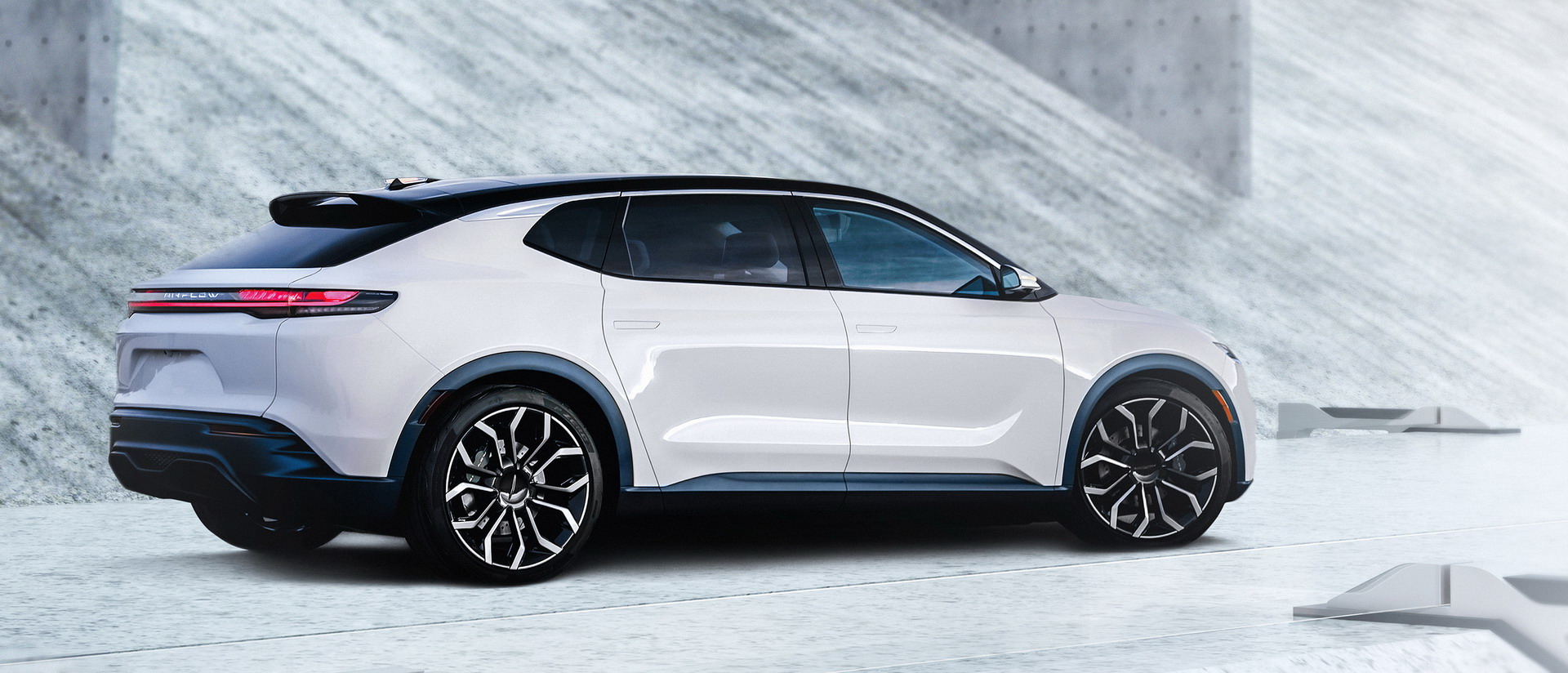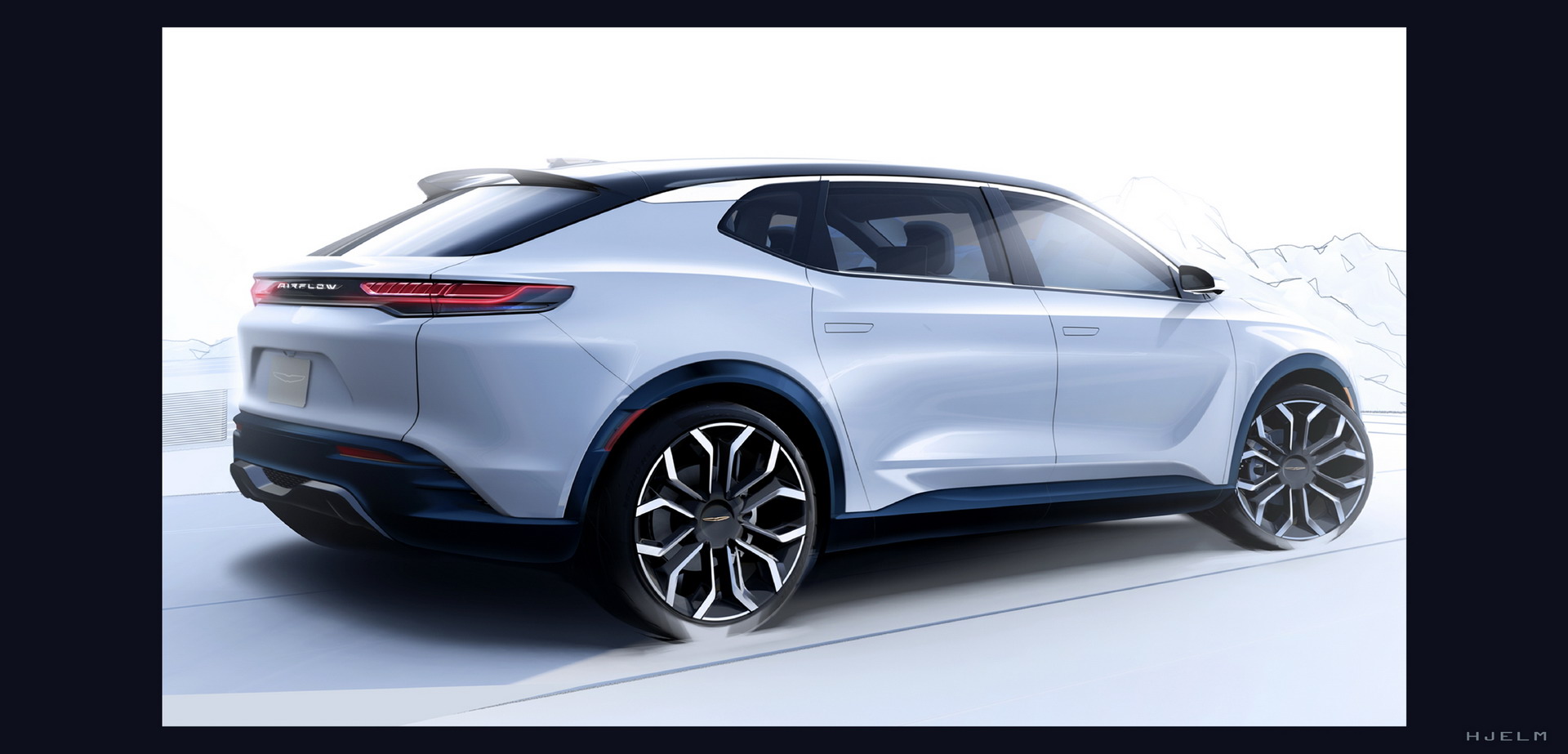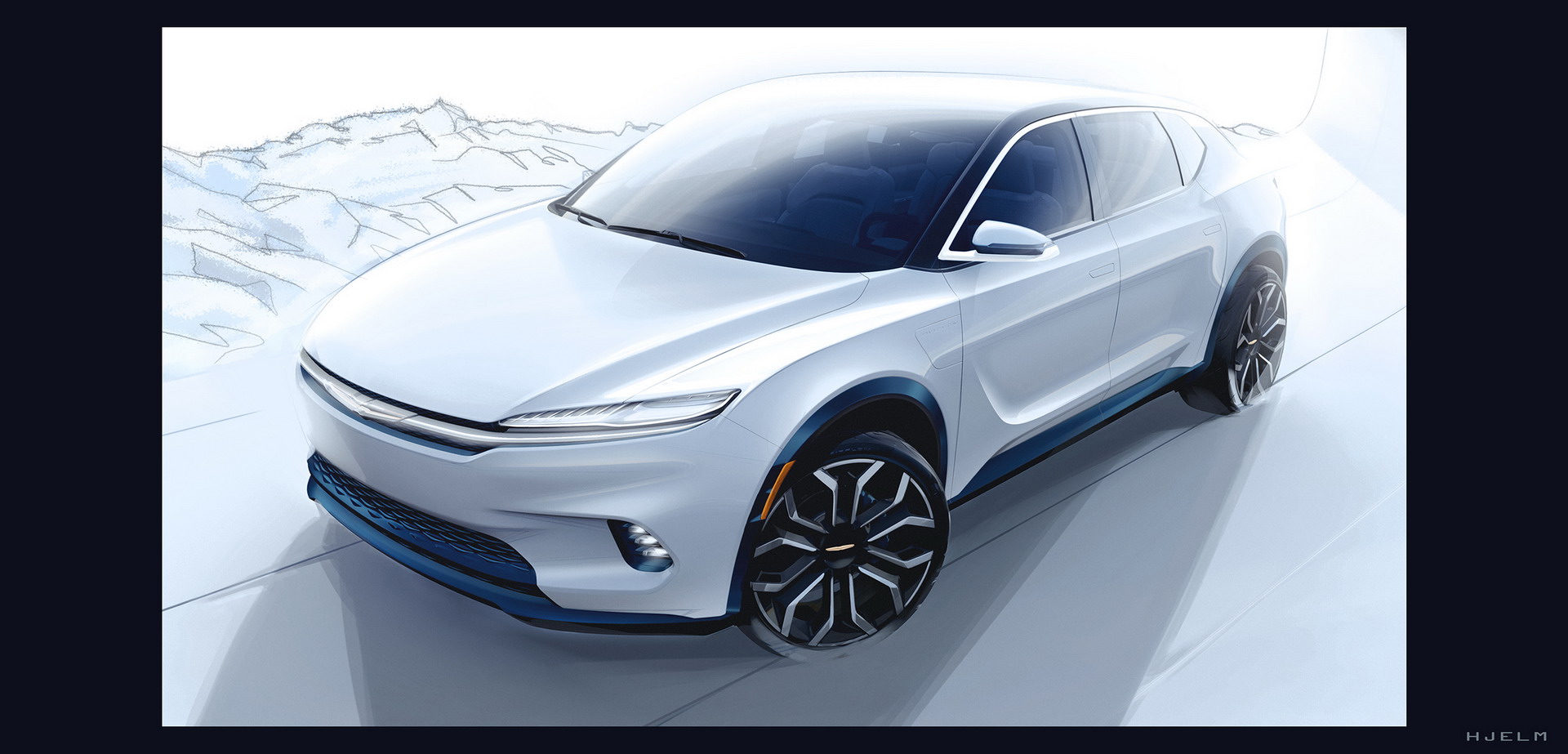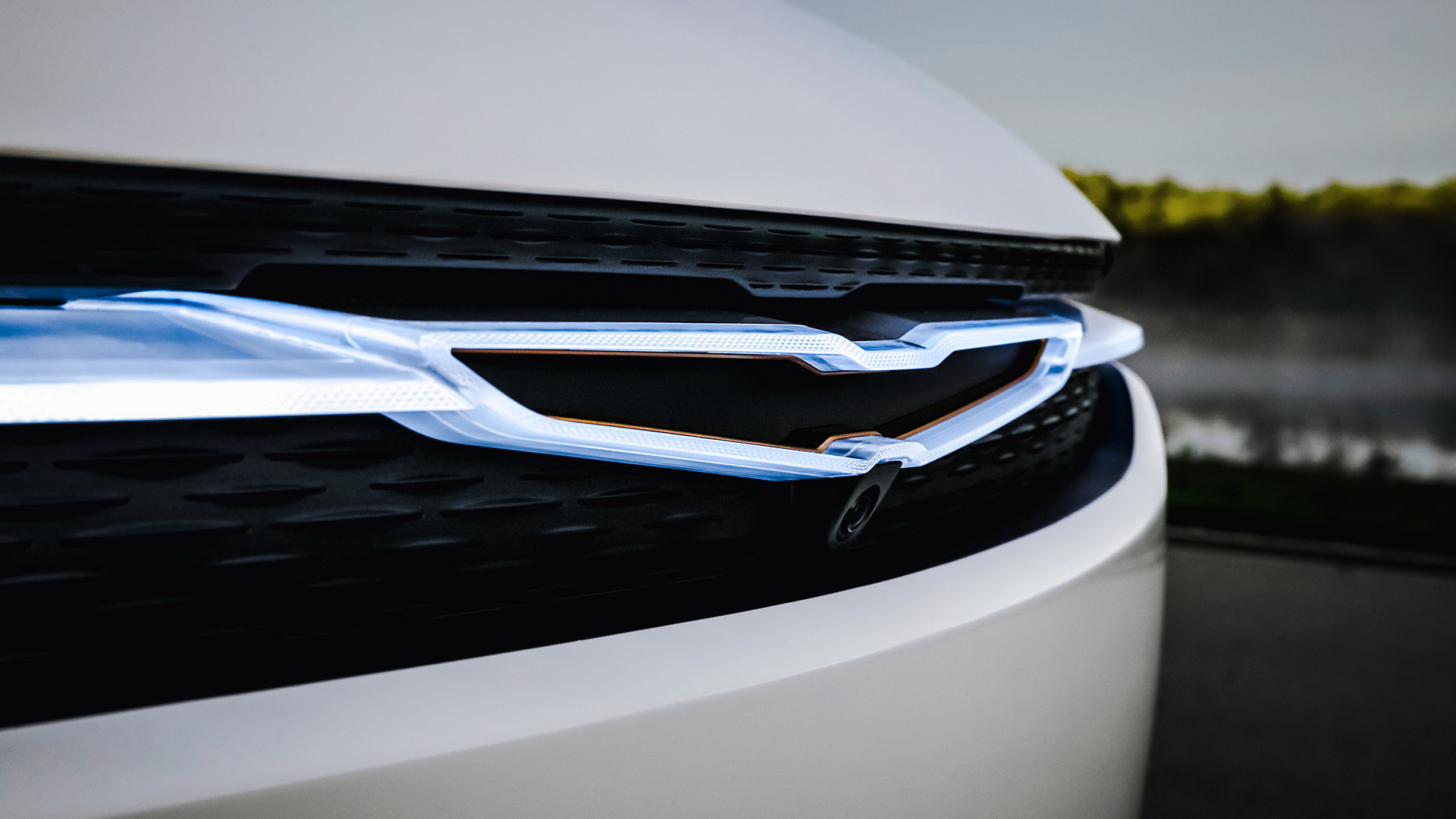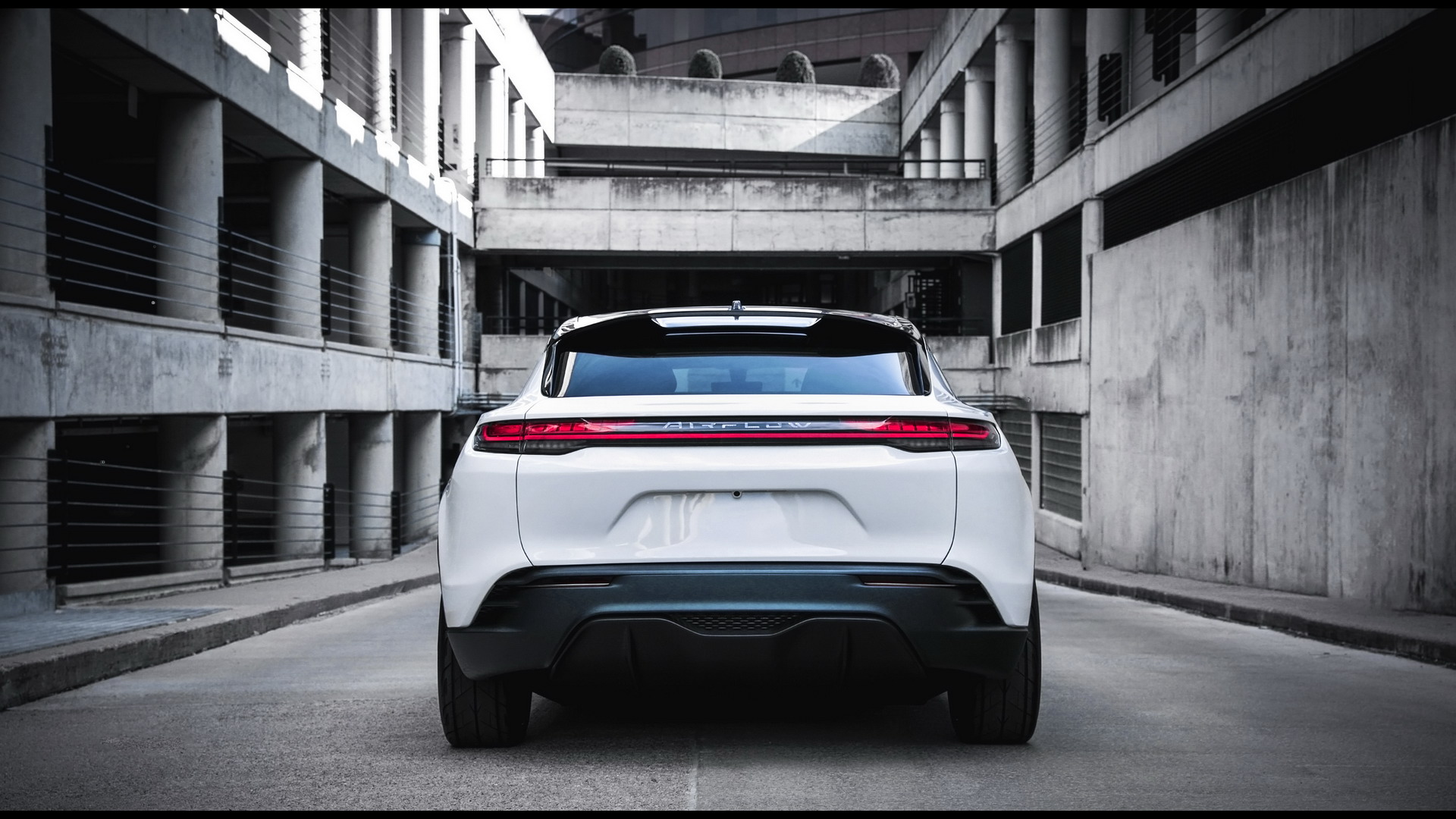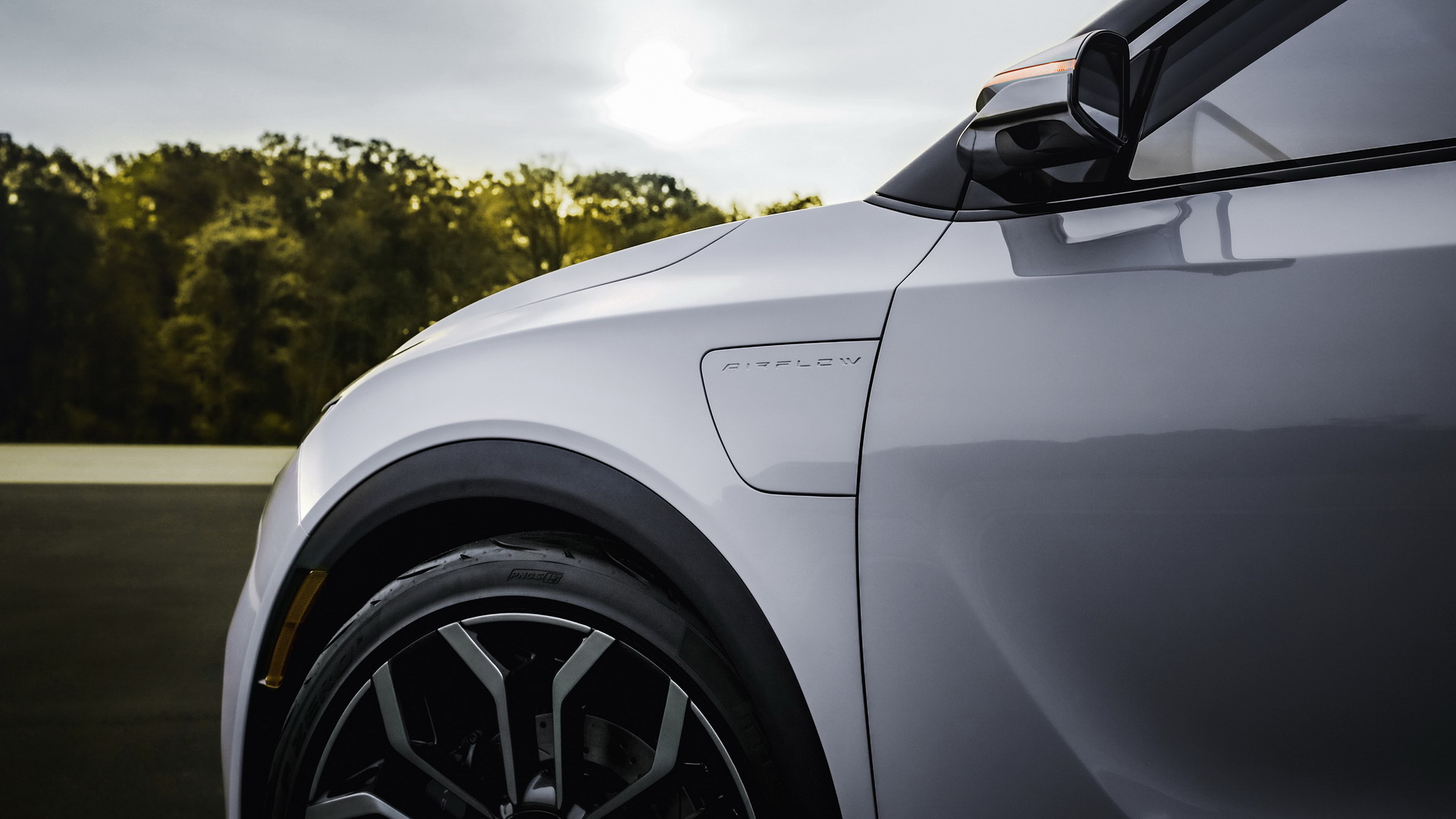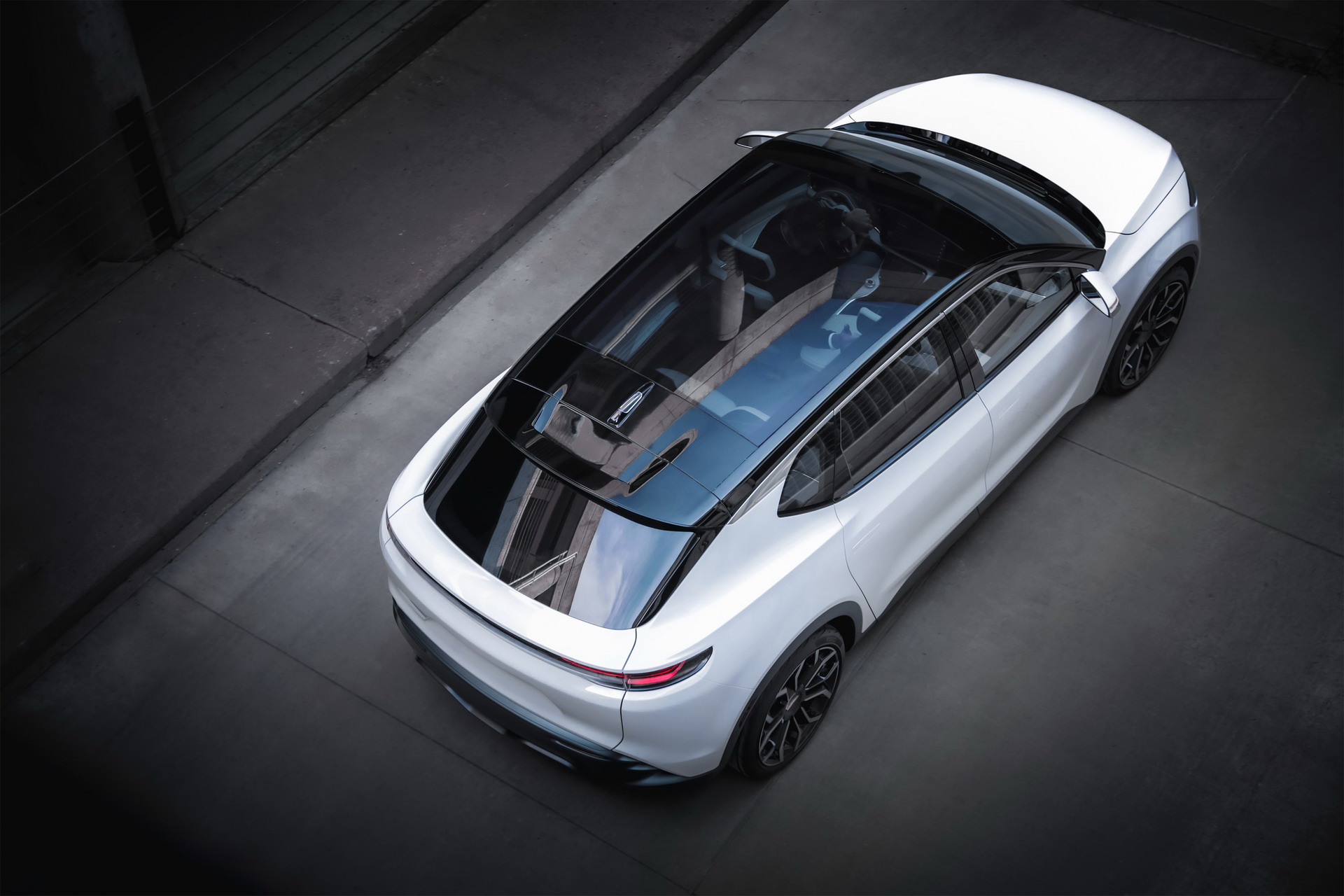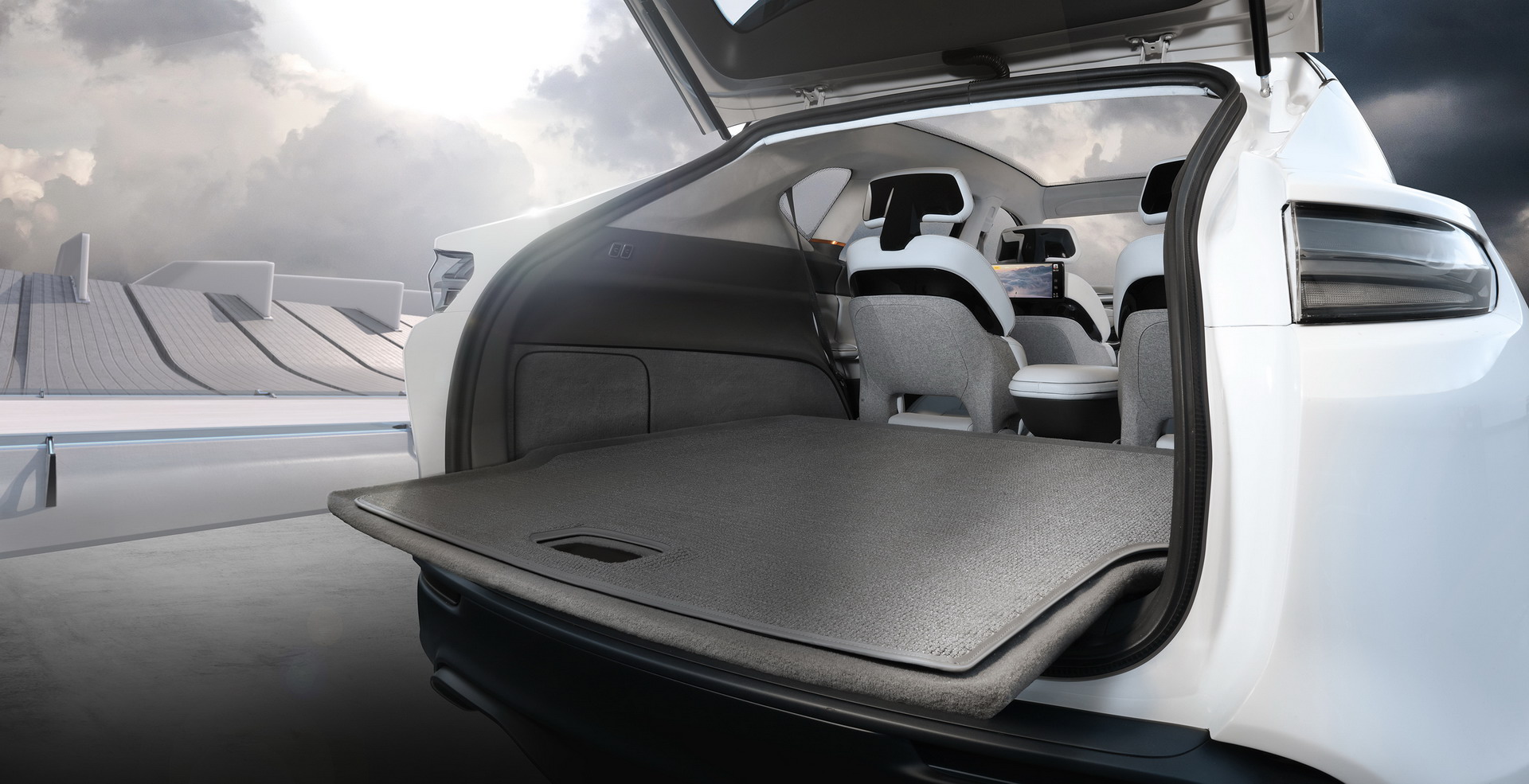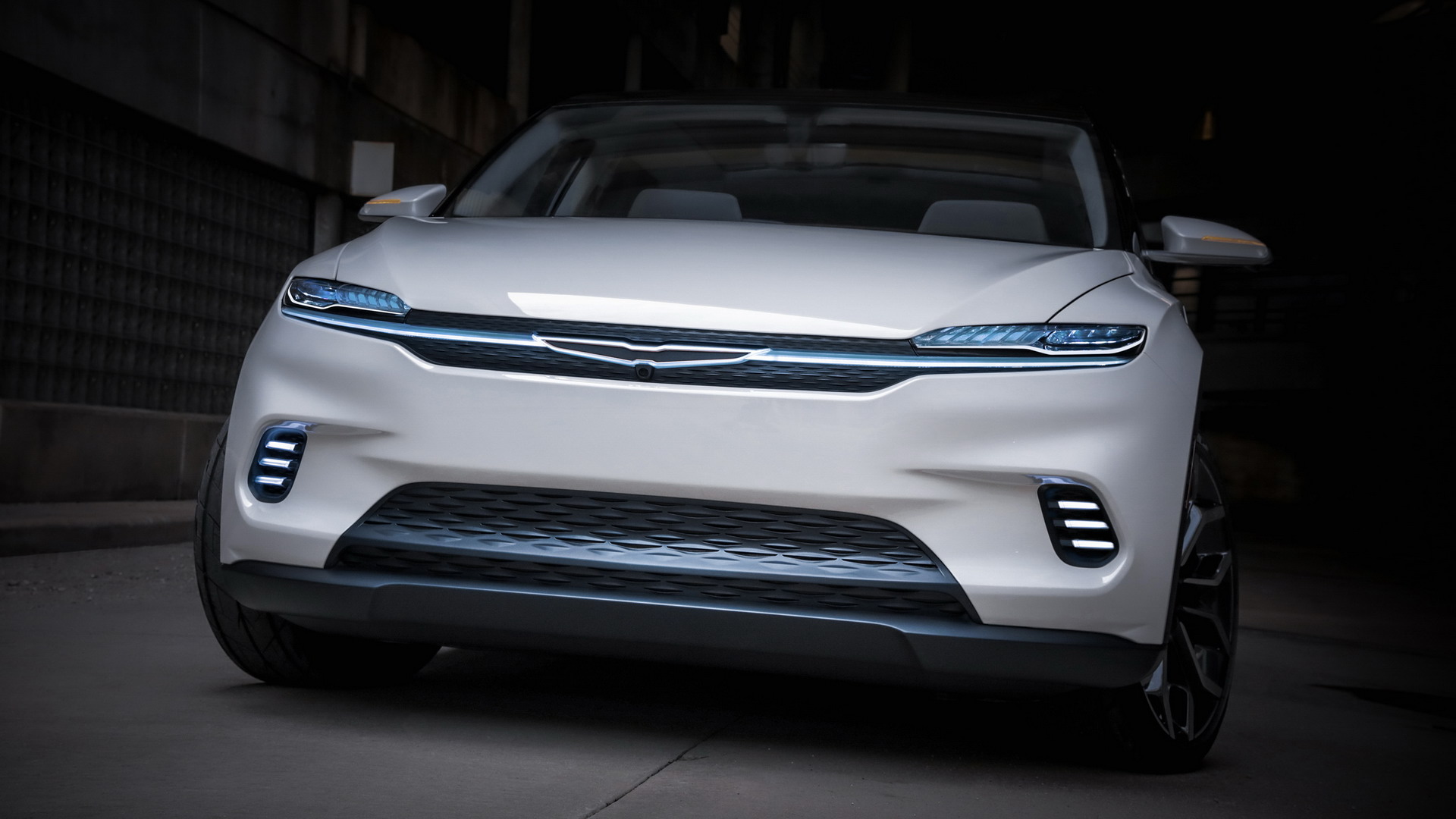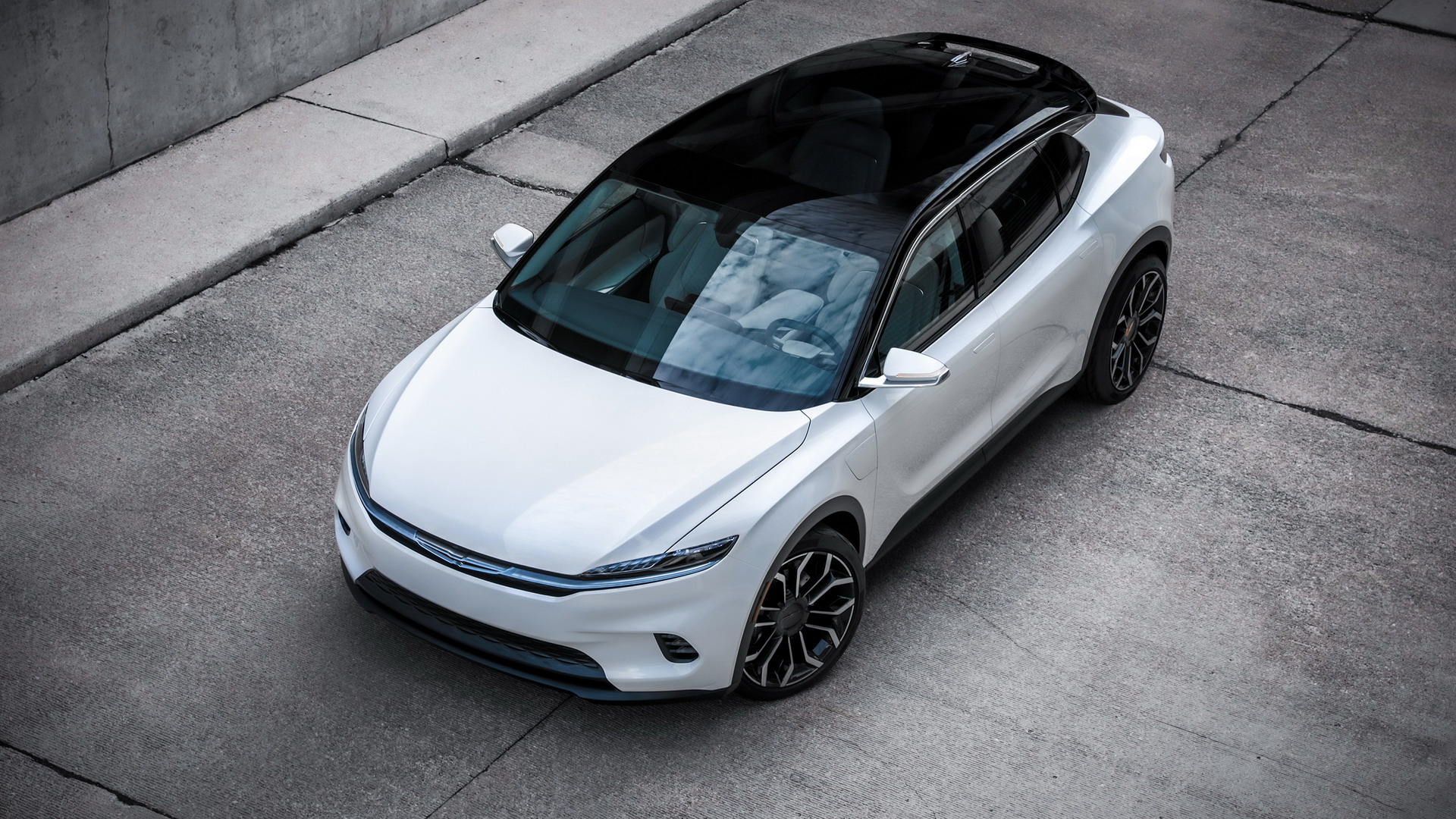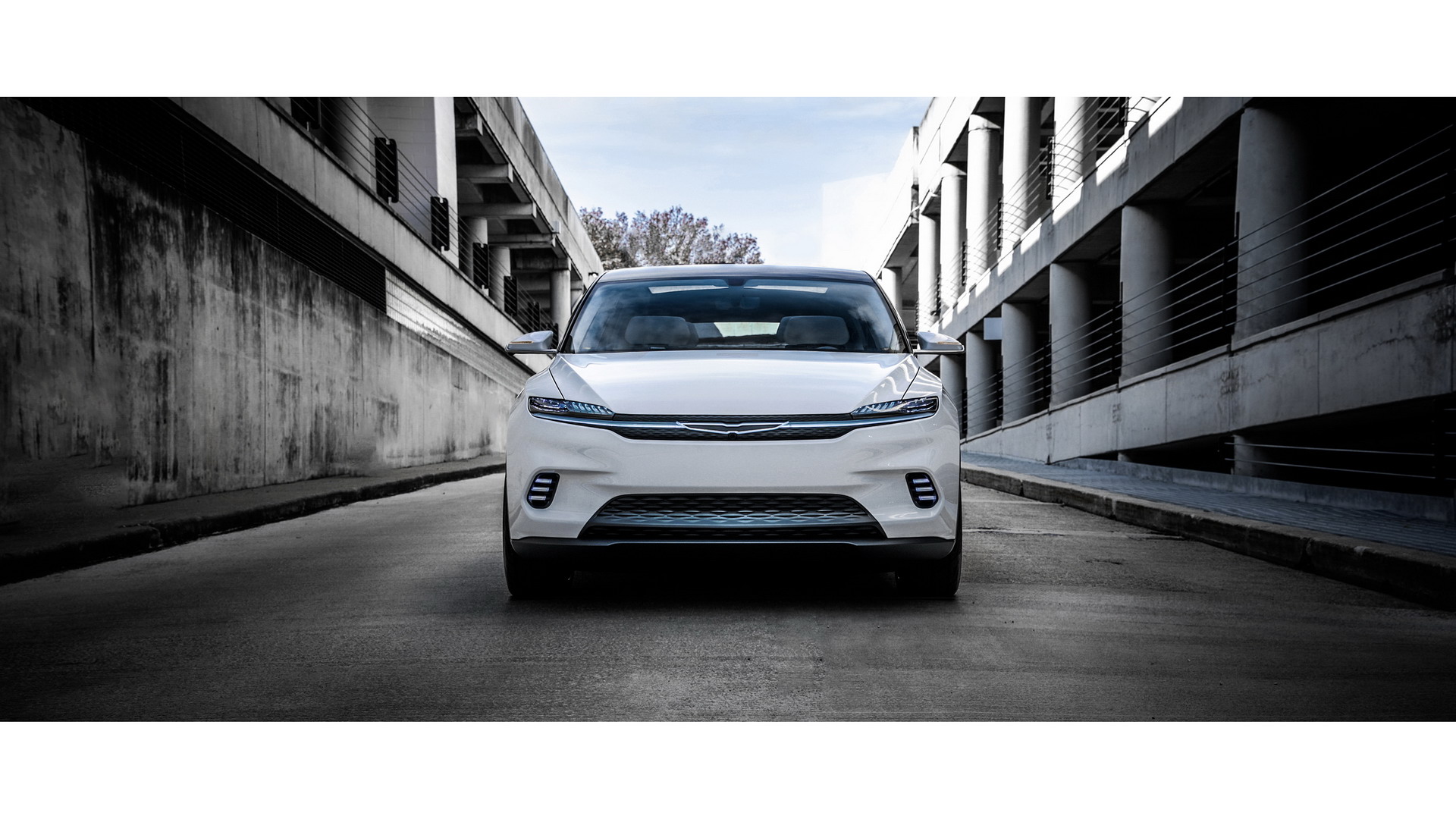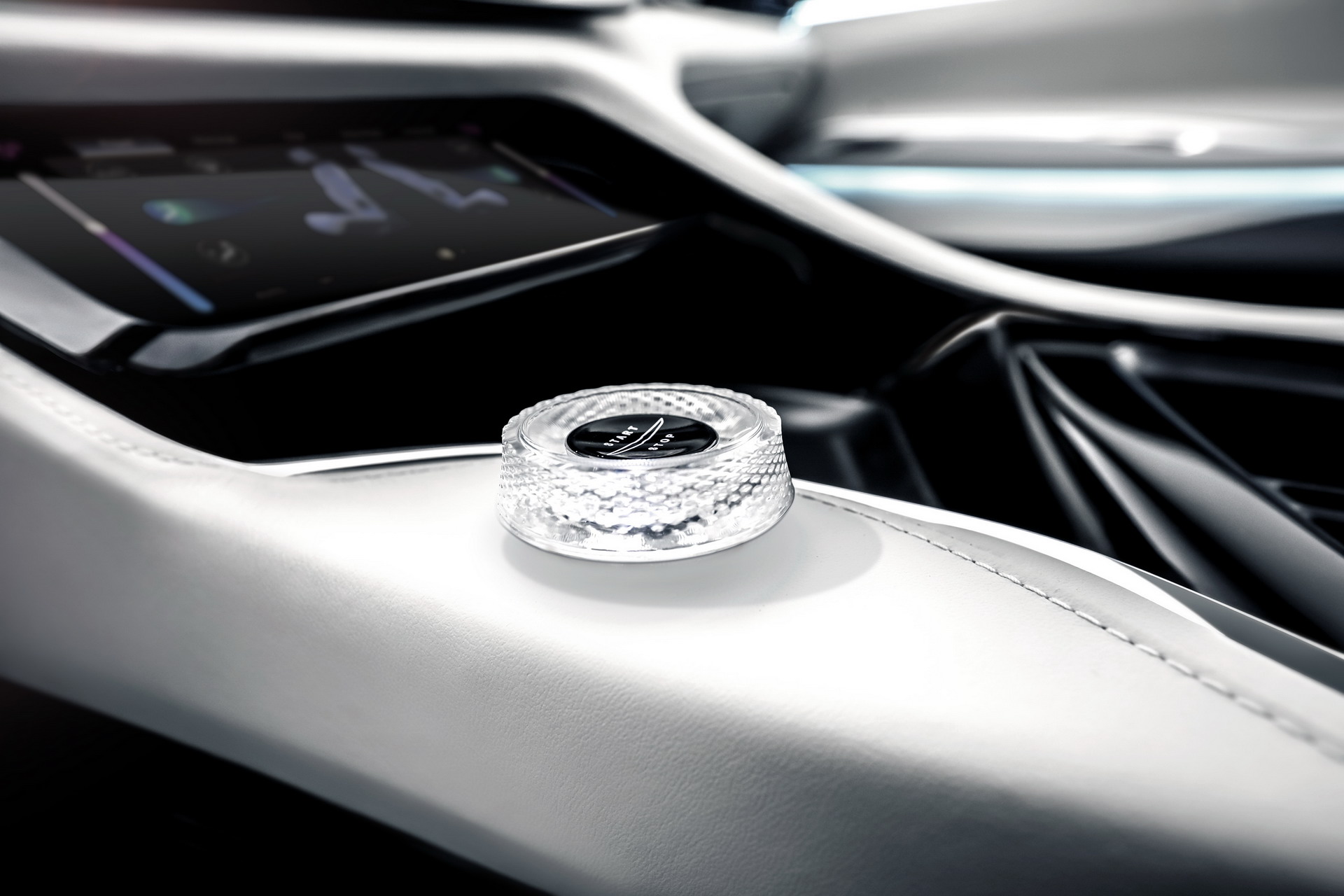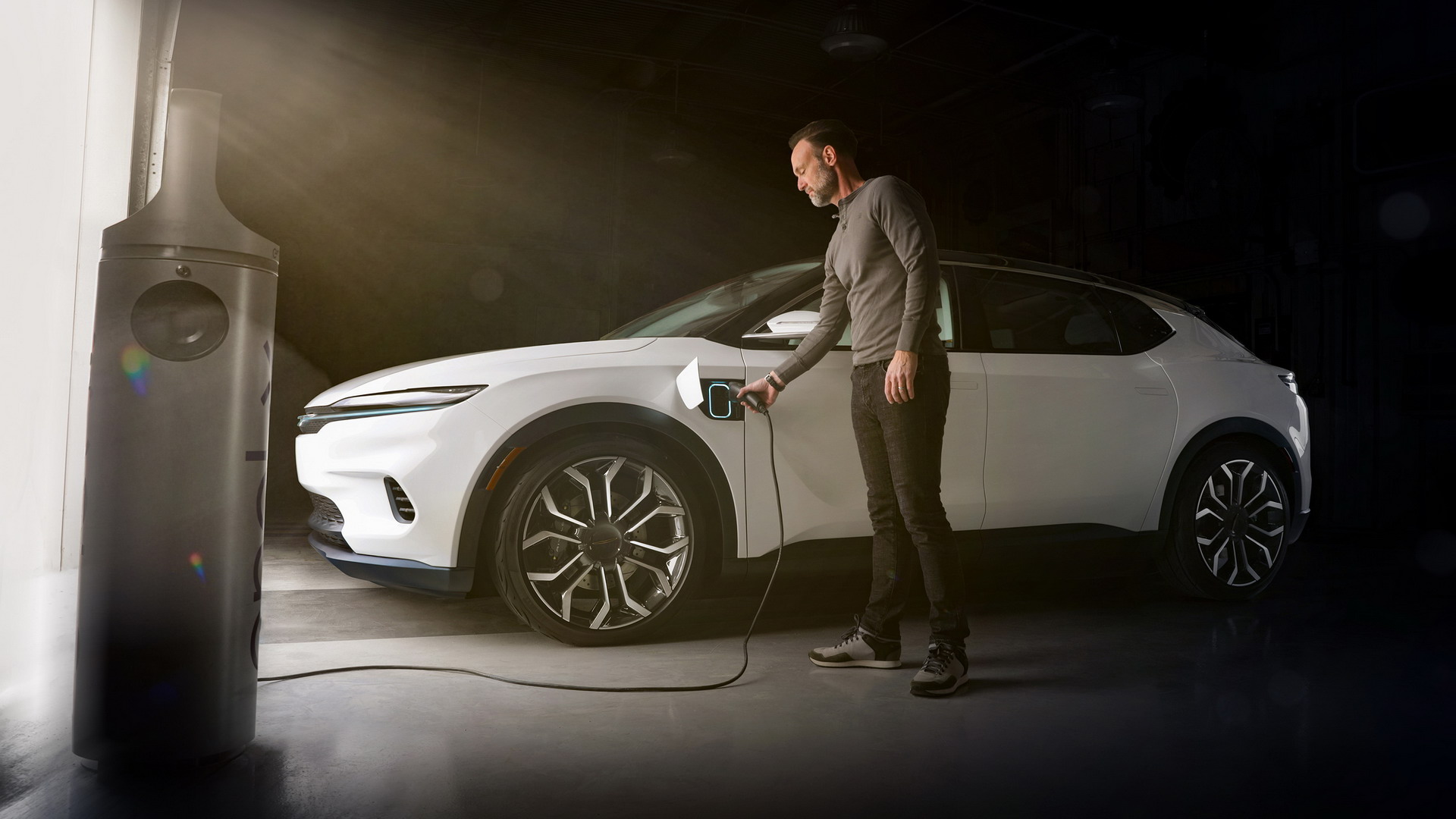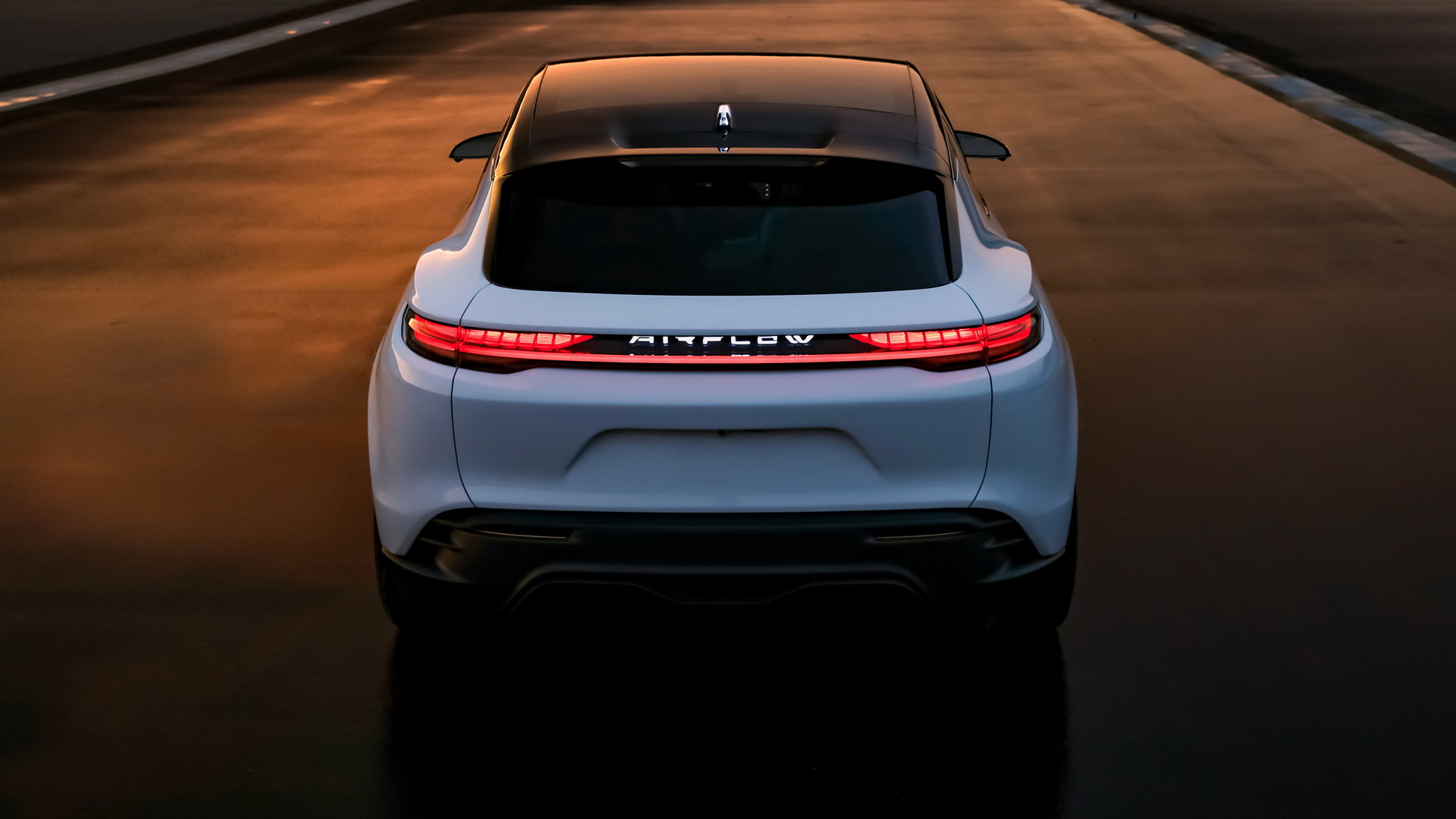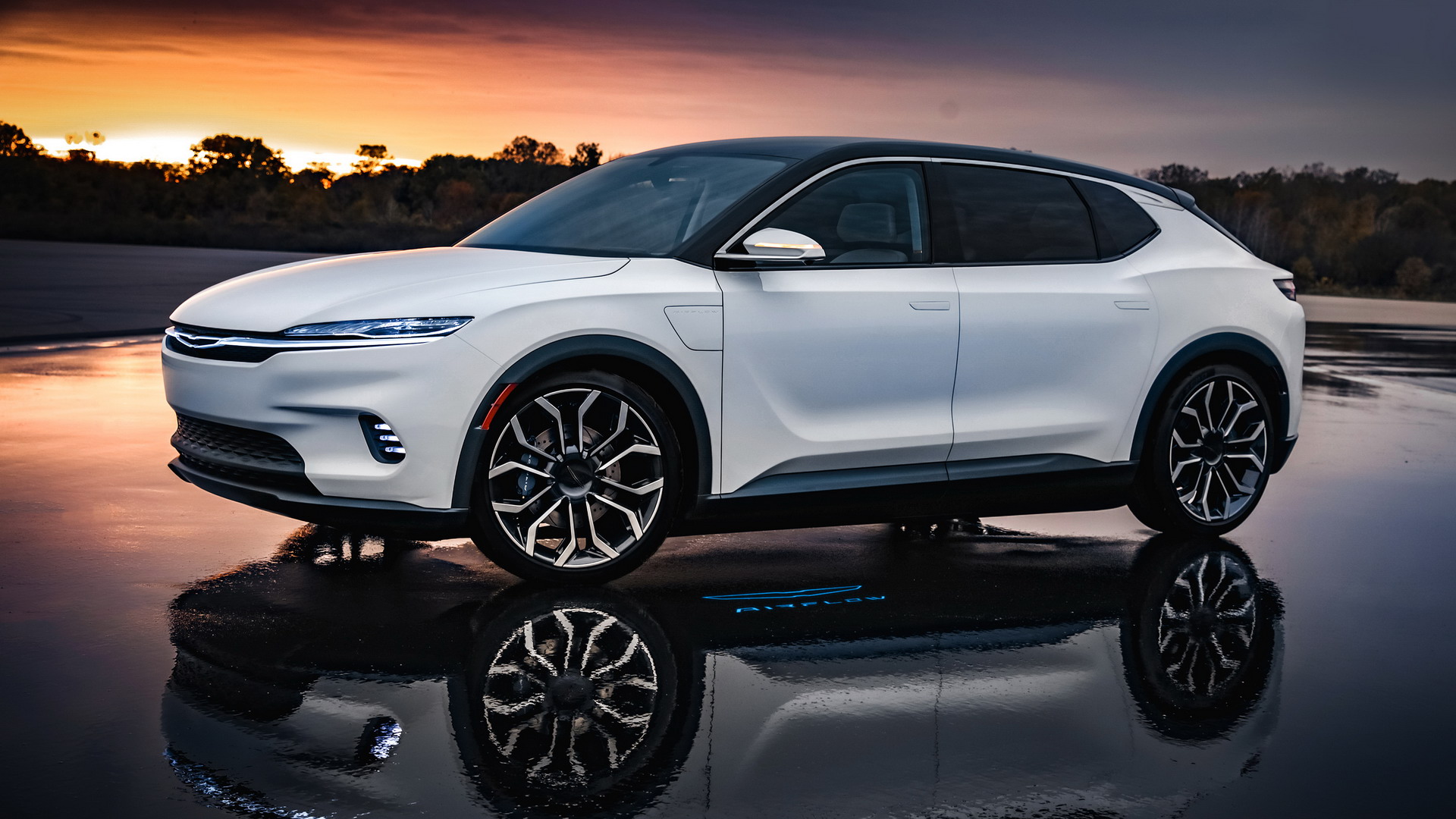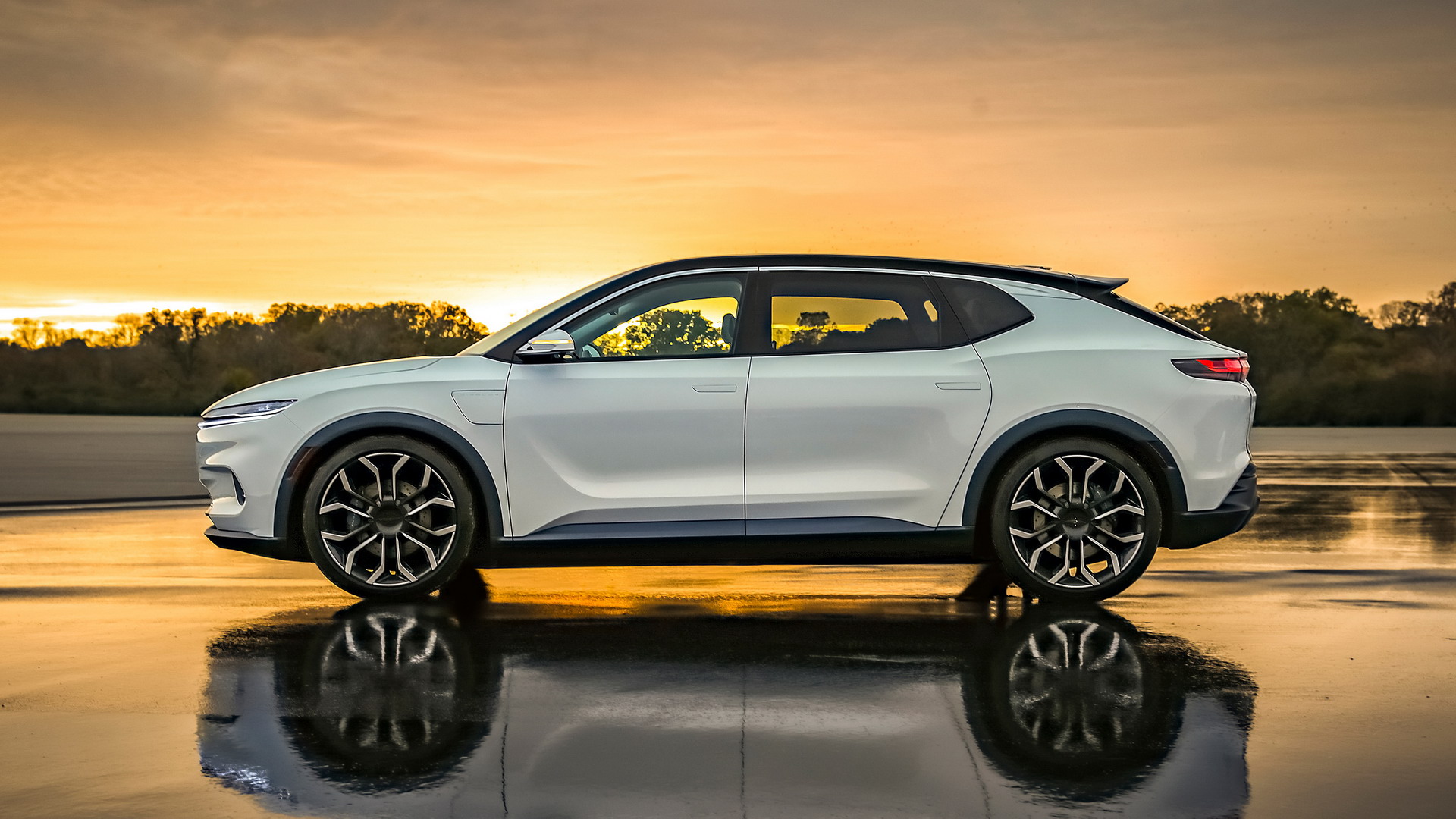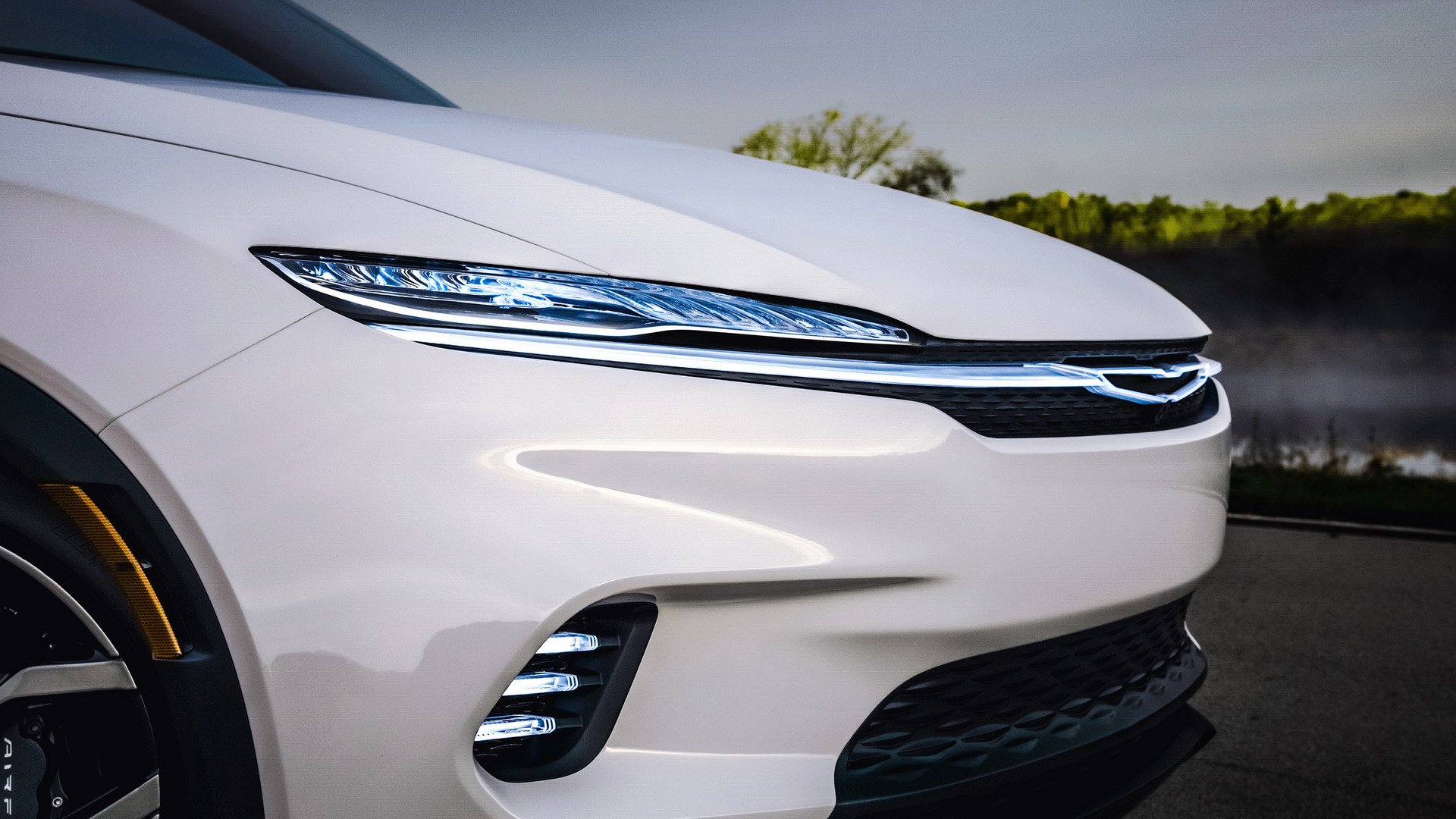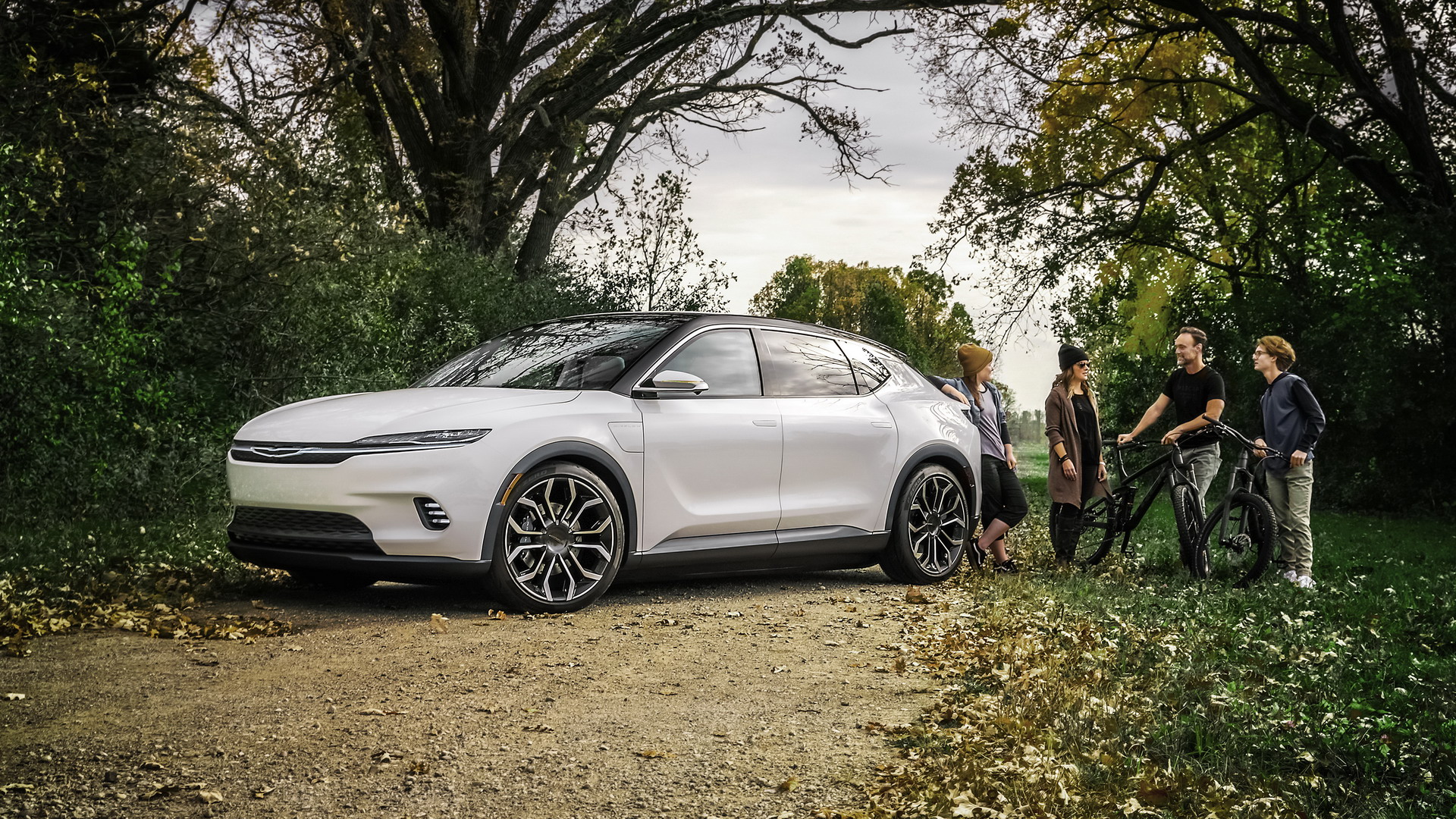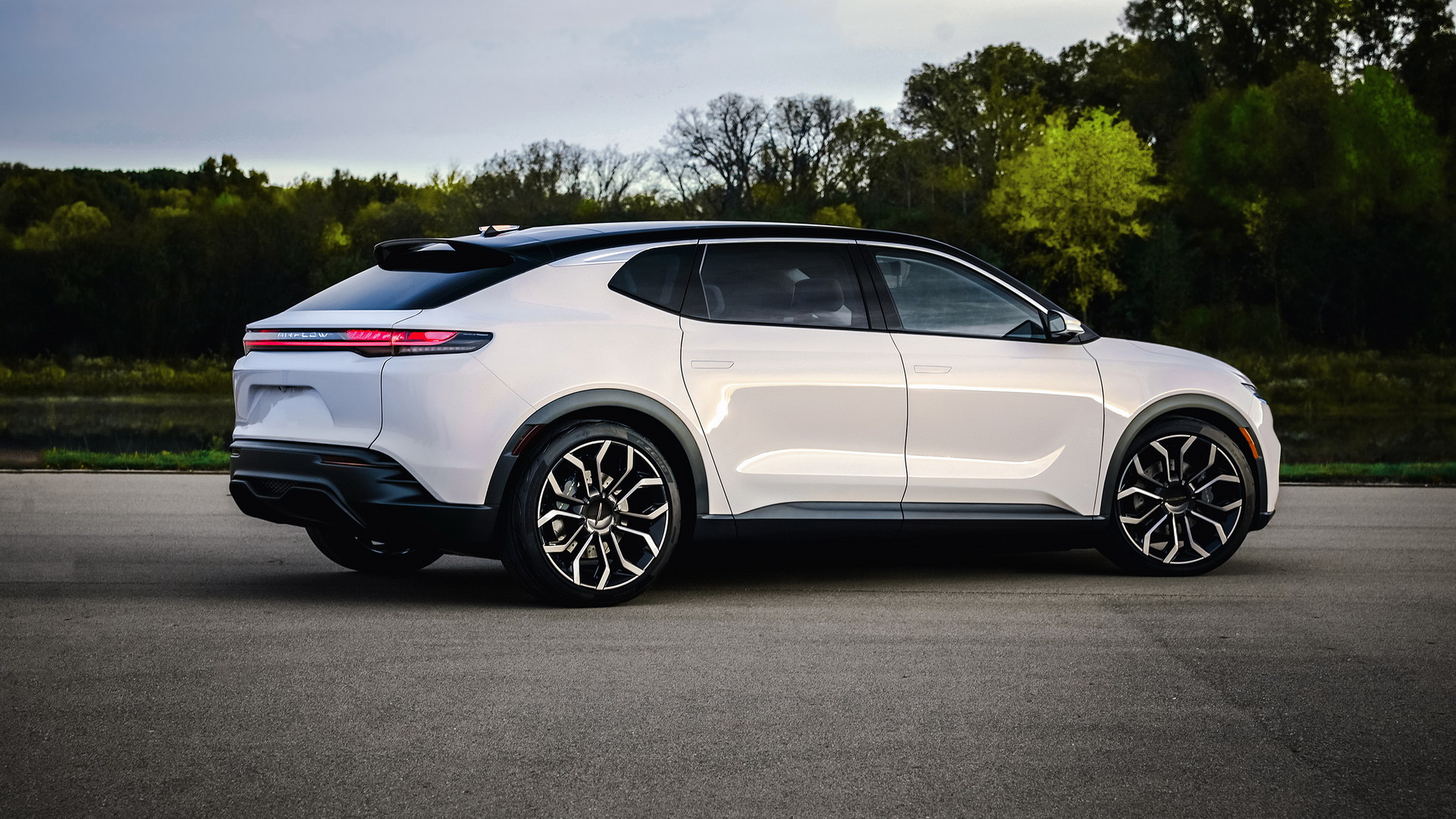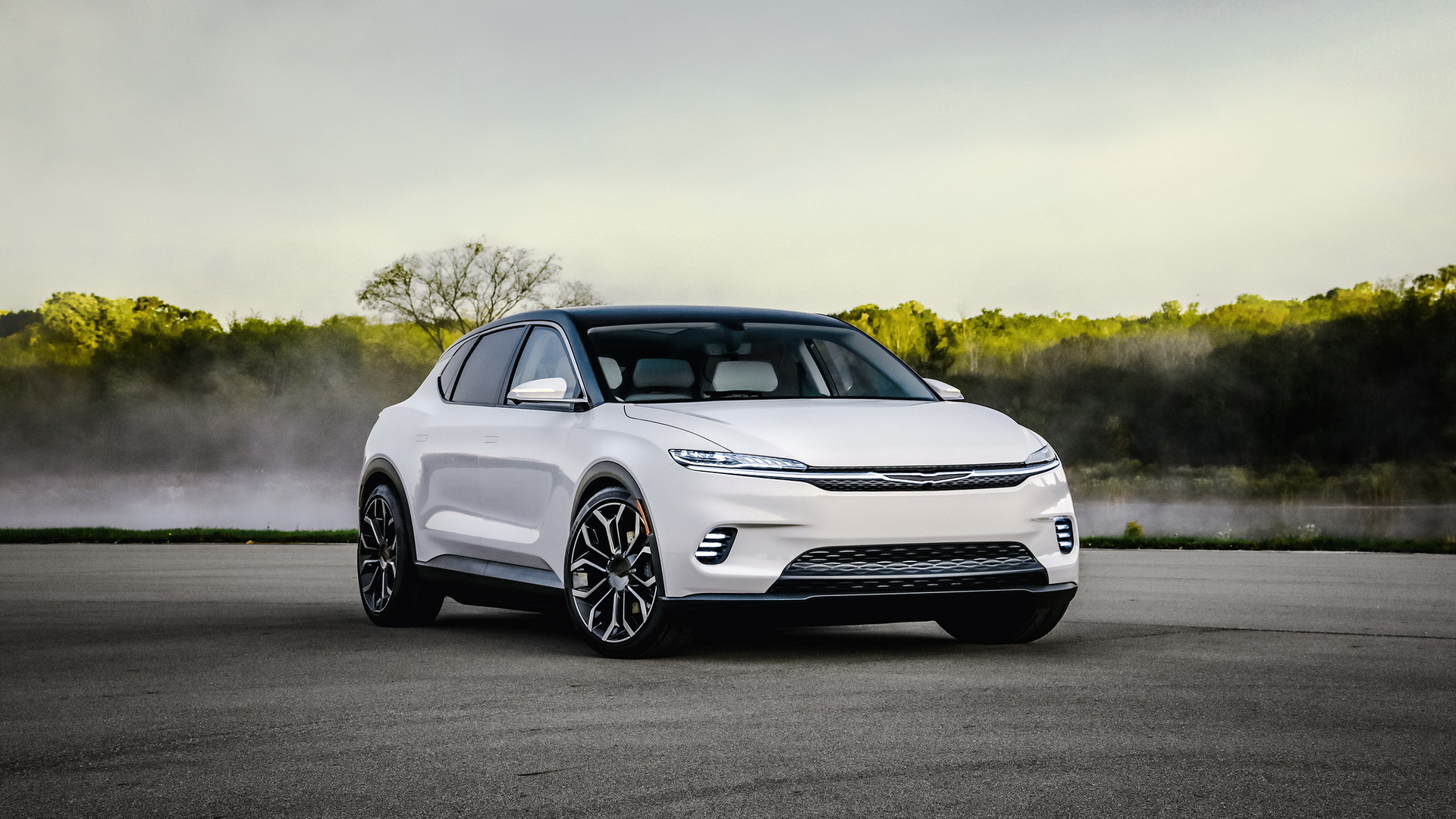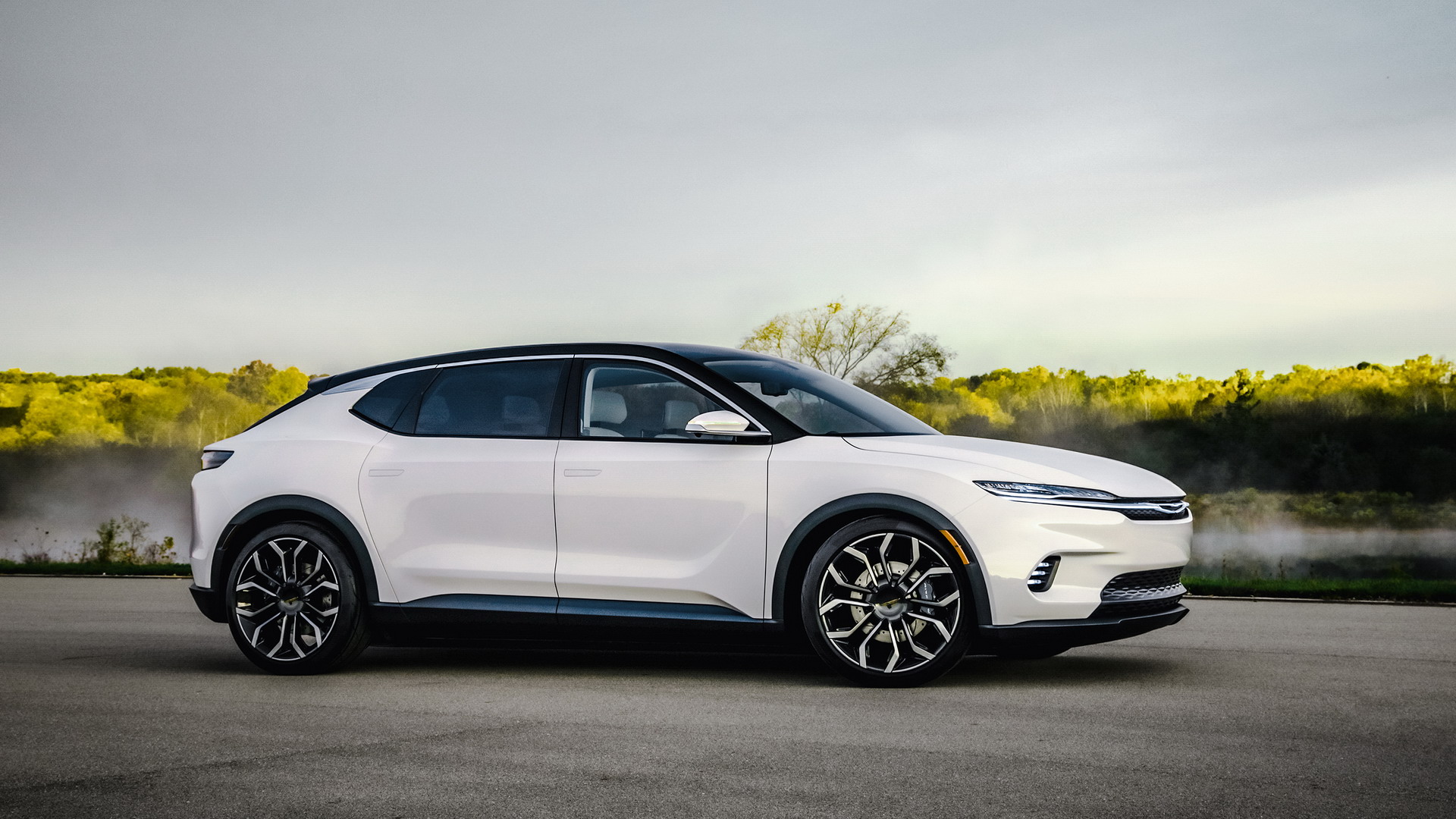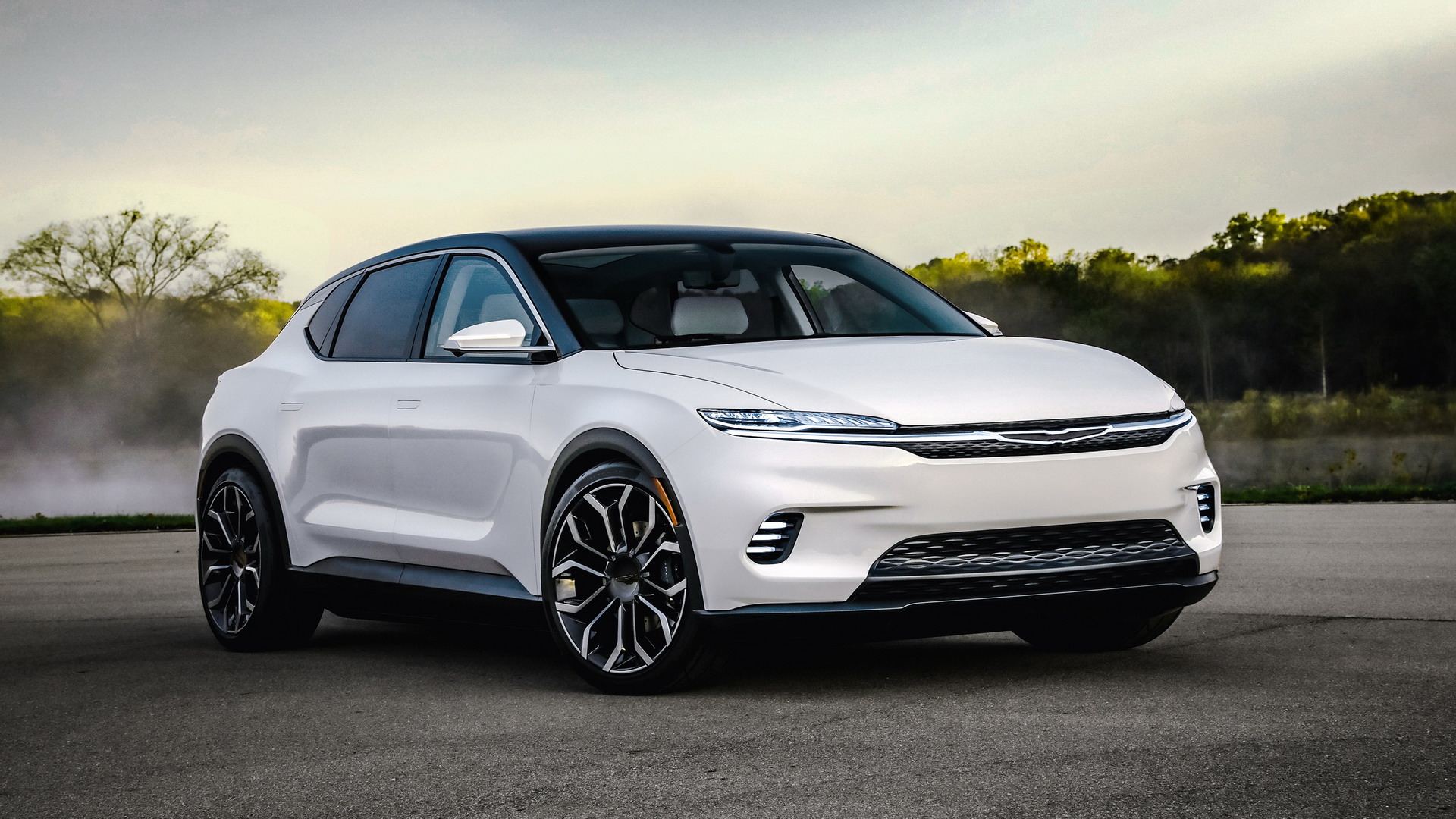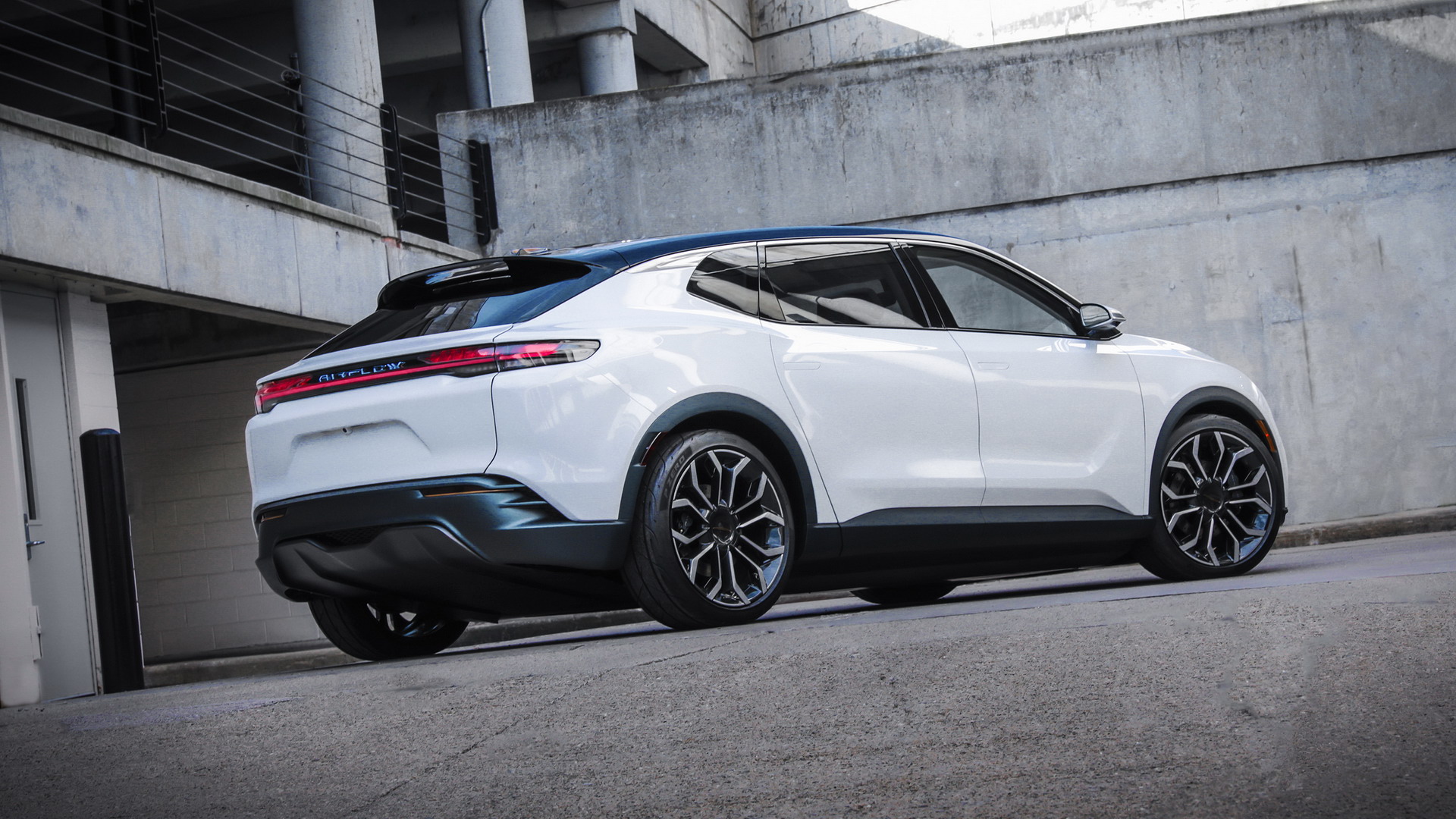Chrysler launched the Airflow Concept at CES 2022, previewing the brand’s electric future. The concept looks identical to the one previewed last summer and is a follow-up to the FCA Airflow Concept from two years ago. During the presentation, Chrysler announced they will introduce their first production BEV by 2025 and become an all-electric brand by 2028.
The Chrysler Airflow is based on a new fully electric architecture from Stellantis, bringing new technologies that will likely be integrated into production models. The powertrain consists of two electric motors, one at each axle, each producing 201 hp (150 kW / 204 PS) and offering all-wheel drive. Chrysler said that the platform is compatible with more powerful electric motors hinting at future “high-performance applications”.
The automaker didn’t give us details on the battery type and capacity but announced a driving range between 350-400 miles (563-644 km) for the concept car alongside fast-charging capability – likely 800V.
In terms of design, the Airflow looks identical to the concept we saw in Stellantis’ EV Day Event last July. It is characterized by an aerodynamic silhouette, a sloping roofline, 22-inch wheels, pronounced shoulders, and sculpted bodywork.
At the front, the Chrysler logo is illuminated connecting the thin grille with the LED headlights, while the bumper has a clean design with small intakes incorporating the DRLs. At the back the full-width crystal LED taillights have hints of the Porsche Cayenne Coupe, the windscreen is heavily inclined, a rear spoiler serves as an extension of the black-painted roof, and the trunk opening is quite low while the rear bumper has a large diffuser and sporty inlets.
Read Also: How Would You Save Chrysler?
While the pre-war 1934 Chrysler Airflow was a pioneer in aerodynamics, the 2022 Chrysler Airflow Concept excels in the aspects of connectivity, artificial intelligence, and autonomous driving. The STLA Brain is an electrical/electronic and software architecture that is compatible with over-the-air upgrades, improving the vehicle over time.
All four passengers have access to the technology through the STLA SmartCockpit which includes three screens on the dashboard and two additional screens behind the front seats. Each screen can be personalized and has an integrated camera allowing passengers to participate in group video conferences while on the go. The system integrates AI-based applications like navigation, voice assistance, e-commerce marketplace, and payment services. Chrysler describes the technology as an “extension of digital, work and home environments, all in sync to create a personalized experience for every passenger”.
The concept is also equipped with the STLA AutoDrive system that is capable of Level 3 autonomous driving and will be upgradeable. Recently, Stellantis announced a partnership with BMW for autonomous driving technology.
See Also: These Are America’s Best And Worse Car Brands In New Vehicle Customer Satisfaction
The spacious four-seater cabin is quite roomy, benefiting from the EV-dedicated architecture, while the panoramic roof and the white upholstery create an airy feeling. At night, the ambient lighting revealed both directly through lines and indirectly through perforations is customizable, changing based on the passengers’ preferences and the content displayed on the screens.
The seats are wrapped in soft vegetable-tanned leather with floor mats, fabric, and carpeting made out of recycled materials. Chrysler has committed to producing vehicles with clean manufacturing processes, using recyclable and renewable materials in order to create an environmentally-friendly profile.
Read Also: Chrysler’s Done With Australia, Abandons Its Last RHD Market For Good
Chrysler CEO, Chris Feuell, said: “The Chrysler Airflow Concept represents the future direction of the Chrysler brand, providing a peek at the dynamic design, advanced technologies and seamless connectivity that will characterize the full-electric portfolio we plan to reach by 2028.”, adding that the brand “will serve at the forefront as Stellantis transforms to deliver clean mobility and connected customer experiences”.
Reading in between the lines, the Airflow Concept will likely morph into Chrysler’s first production EV that is confirmed to arrive by 2025. The SUV will compete with the likes of the Ford Mustang Mach-E, the Cadillac Lyriq, and the BMW iX, bringing Chrysler back in the game. By 2028, the brand will have a fully electric range which sounds plausible given that the ancient Chrysler 300 will likely be discontinued soon, leaving the Pacifica and Voyager as the only remaining ICE-powered models.








